NORTH SAILS BLOG
Todo
Events
Guides
News
People
Podcast
Sustainability
Tech & Innovation
Travel & Adventure
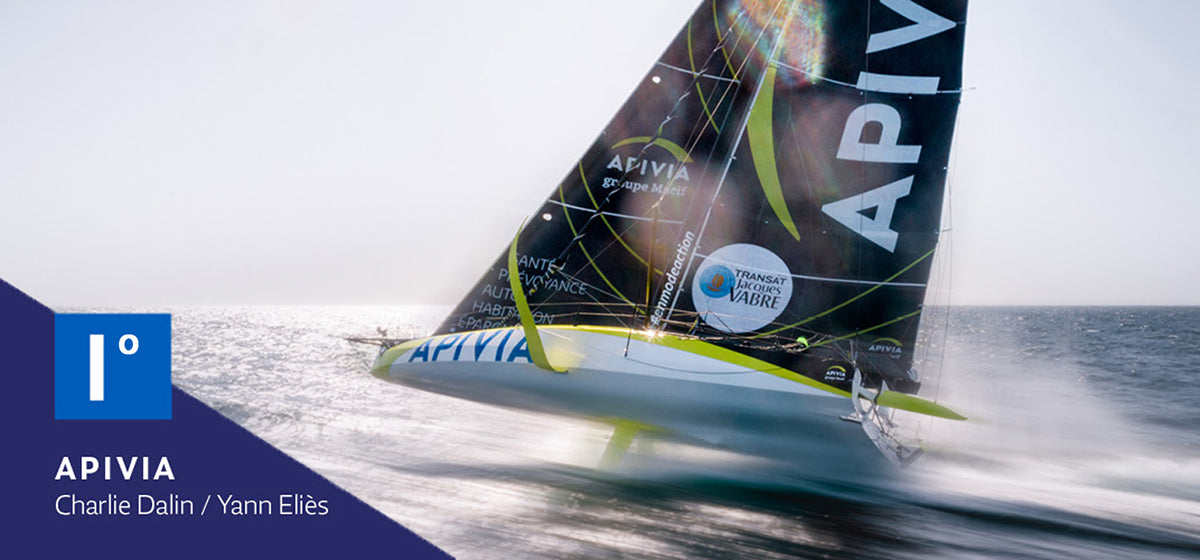
TRANSAT JACQUES VABRE
TRANSAT JACQUES VABRE
Nacida en 1993 como una regata oceánica en solitario, hoy la Transat Jacques Vabre se disputa con tripulaciones a dos
📸 Mx Horlaville
La edición 2019 contó con 60 participantes distribuidos en tres clases:
Multi 50, Class 40 e IMOCA frente al exigente recorrido de 4.350 millas náuticas entre el puerto francés de Le Havre y el brasileño de San Salvador de Bahía.
Ocho de los diez primeros clasificados de clase IMOCA incorporaron inventarios North Sails, incluido el ganador, el Apivia copatroneado por Charlie Dalin y Yann Eliès, después de 13 días, 12 horas y 8 minutos de regata. Les siguieron el PRB de Kevin Escorrier/Nicolas Lunven y el Charal de Jérémier Beyou/Christopher Pratt, también propulsados por velas North Sails.
Enhorabuena a todos ellos, ¡y gracias por confiar en North Sails!
READ MORE
READ MORE
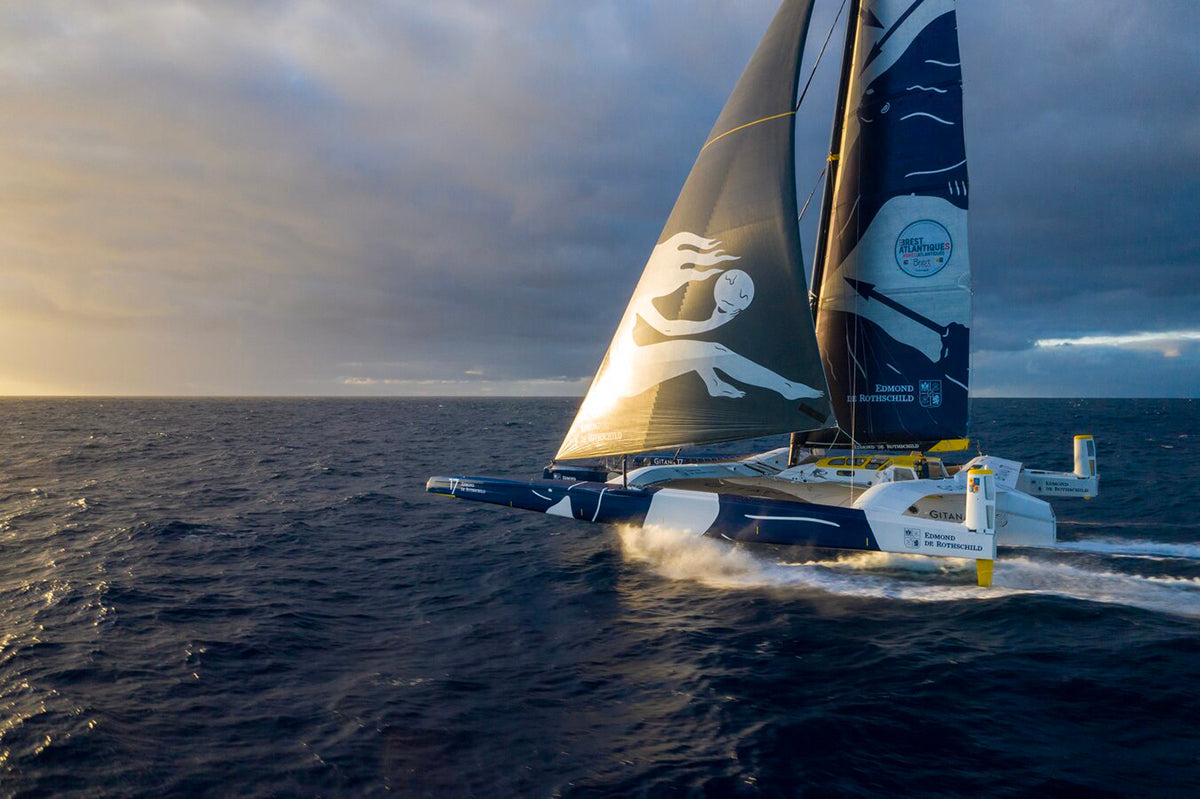
BREST ATLANTIQUES
BREST ATLANTIQUES
Los cuatro colosos equiparon inventarios completos North Sails
📸 Yann Riou
Cuatro trimaranes Ultim de 32 metros de eslora compitieron por la Brest Atlantiques, una regata de 14.000 millas náuticas con salida y llegada en el puerto francés de Brest.
La victoria correspondió al Maxi Edmond de Rochtschild copatroneado por Franck Cammas y Charles Caudrelier tras 28 días volando a una impresionante media de 24,57 nudos. Los cuatro colosos equiparon inventarios completos North Sails.
READ MORE
READ MORE
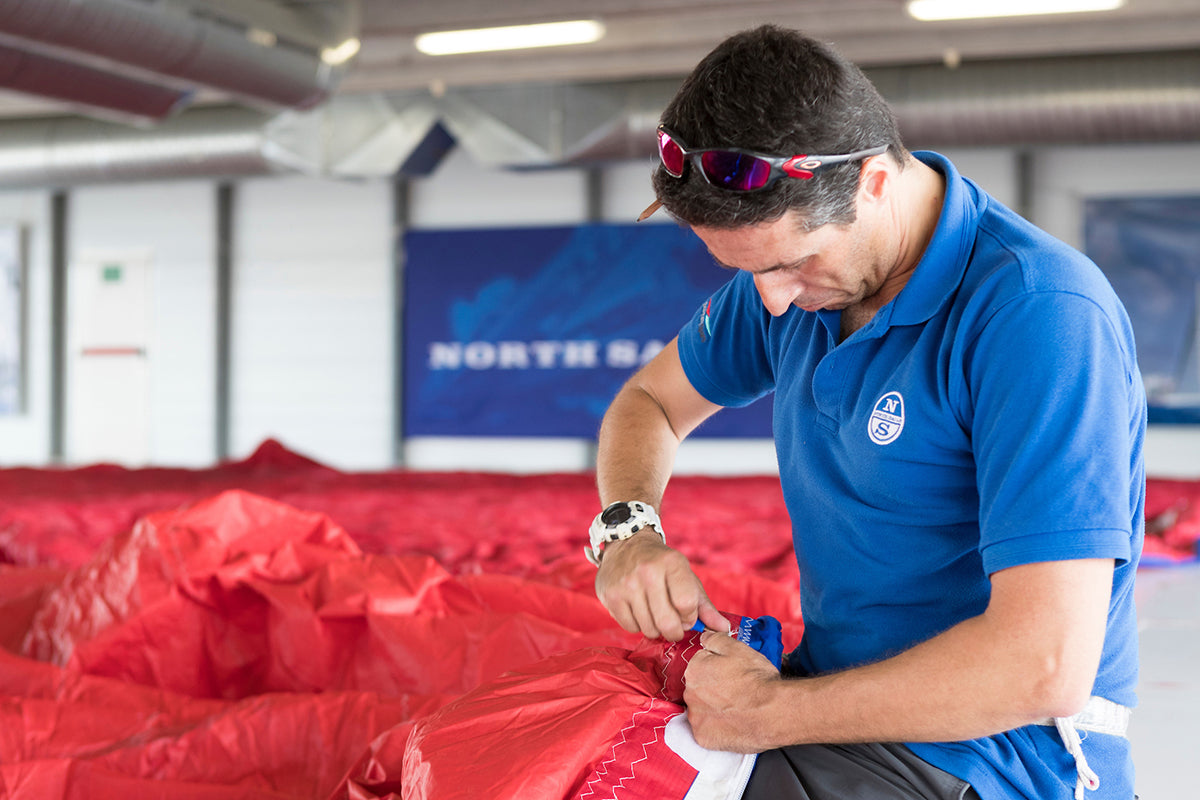
PREPARA TUS VELAS PARA EL INVERNAJE
PREPARA TUS VELAS PARA EL INVERNAJE
El final de la temporada es un momento clave para nuestras velas. El parón invernal supone una magnífica oportunidad para revisar nuestro inventario, valorar su salud y solucionar problemas.
📸 Ian Roman
North Sails ofrece servicio de recogida, lavado profesional, programa de diez puntos de inspección con informe final, puesta a punto, almacenamiento y la garantía de que nuestras velas estarán en plena forma cuando volvamos a izarlas.
Afrontar el invernaje de nuestra embarcación puede generar muchas dudas. Supone un buen momento para revisar todos sus componentes después de una intensa temporada, identificar problemas y anticipar futuras averías. Las velas son uno de esos elementos susceptibles de deterioro, y por ello requieren una atención especial. North Sails ofrece su Servicio Certificado de inspección y puesta a punto con todas las garantías del mayor fabricante de velas del mundo.
Pero, ¿cómo es el proceso? ¿En qué consiste? ¿Qué me ofrecen? El primer paso es ponernos en contacto con nuestro agente North Sails más cercano; él nos indicará la oferta disponible para los servicios que necesitemos y aclarará todas nuestras dudas. Los principales que nos pueden interesar al final de la temporada son: recogida, limpieza, revisión, inspección, reparación y almacenamiento.
Recogida
North Sails ofrece servicio de recogida a domicilio en toda España. Basta una llamada de teléfono, y las velas serán transportadas a la velería especializada más conveniente.
Limpieza
Una limpieza a fondo es mucho más que endulzar las velas. Los expertos North Sails aplican productos especiales para eliminar cualquier elemento indeseado, como moho, restos de salitre o manchas persistentes, mejorando el aspecto y la longevidad del material. Tras un concienzudo proceso de secado, las velas están listas para su revisión.
Inspección
Un auténtico reconocimiento “médico” de las velas realizado por expertos North Sails. La marca ofrece su Inspección de Diez Puntos:
Inspección de los accesorios del puño de driza, amura, escota y rizo. Inspección de cinchas y herrajes contra el daño causado por el roce y los rayos UV. Inspección de las puntadas a mano
Inspección de las cintas y accesorios del grátil
Búsqueda de roces en puntos de contacto con crucetas, obenques, candeleros, etc.
Inspección de la relinga del grátil, pujamen y sistema de anclaje
Búsqueda de daños causados por rayos UV y comprobación del correcto enrollado
Inspección de tope de las fundas de sables y accesorios
Inspección del cuerpo de la vela para verificar la condición del tejido, las costuras, los números de vela, las bandas de trimado y las ventanas. Reponer o añadir los catavientos.
Inspección de accesorios: Cabo y aro del calcetín de spinnaker, sistema de rizos de mayor, sables verticales del foque, protección UV, etc.
Inspección del correcto cierre del saco de la vela, cremalleras, tirantes y etiquetado.
Informe de la vela: Diez puntos de verificación, comentarios.
El informe final constituye todo un certificado del estado de las velas. En caso de que todo esté correcto, ya están listas para su almacenamiento; si se detecta algún problema, North Sails proporciona un presupuesto de puesta a punto profesional en la velería más adecuada para cada cliente.
Puesta a punto
North Sails dispone de la red de velerías más extensa y profesional del sector, con 110 puntos de servicio oficial distribuidos por todo el mundo en el que los procesos estandarizados, unidos a la profesionalidad del equipo humano, garantizan la máxima calidad. En España, cuenta con velerías en Valencia, Cuntis y en Mallorca (Palma y Lluchmajor). El equipo de North Sails España nos propondrá solución más adecuada a cada incidencia.
Almacenamiento
Tan importante como la revisión y puesta a punto de las velas es su almacenamiento en un entorno adecuado. Factores como la humedad, la exposición al sol, el contacto con materiales agresivos o el plegado incorrecto pueden afectar a su salud. Los expertos North Sails recomiendan que nos aseguremos bien de que las velas están totalmente secas antes de almacenarlas y que intentemos plegarlas evitando las líneas de pliegue habituales para evitar marcas. Si no disponemos de un lugar adecuado para el almacenamiento de nuestras velas, North Sails ofrece este servicio con la garantía de que estarán en el mejor entorno posible hasta el inicio de la próxima temporada.
Para más información, contacta con tu agente North Sails, visita www.northsails.com o escríbenos a info@es.northsails.com
READ MORE
READ MORE
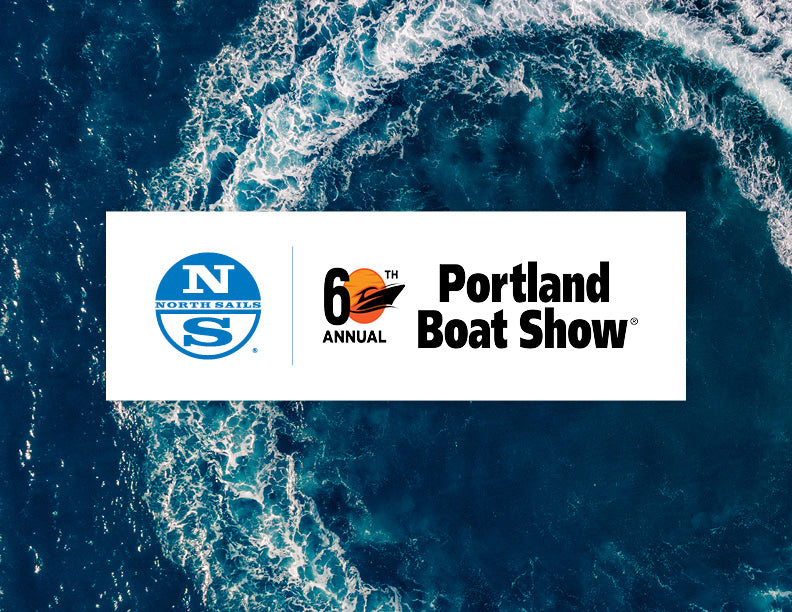
JOIN US AT THE 2020 PORTLAND BOAT SHOW
JOIN US AT THE 2020 PORTLAND BOAT SHOW
Shop New Sails and See What's New
READ MORE
READ MORE
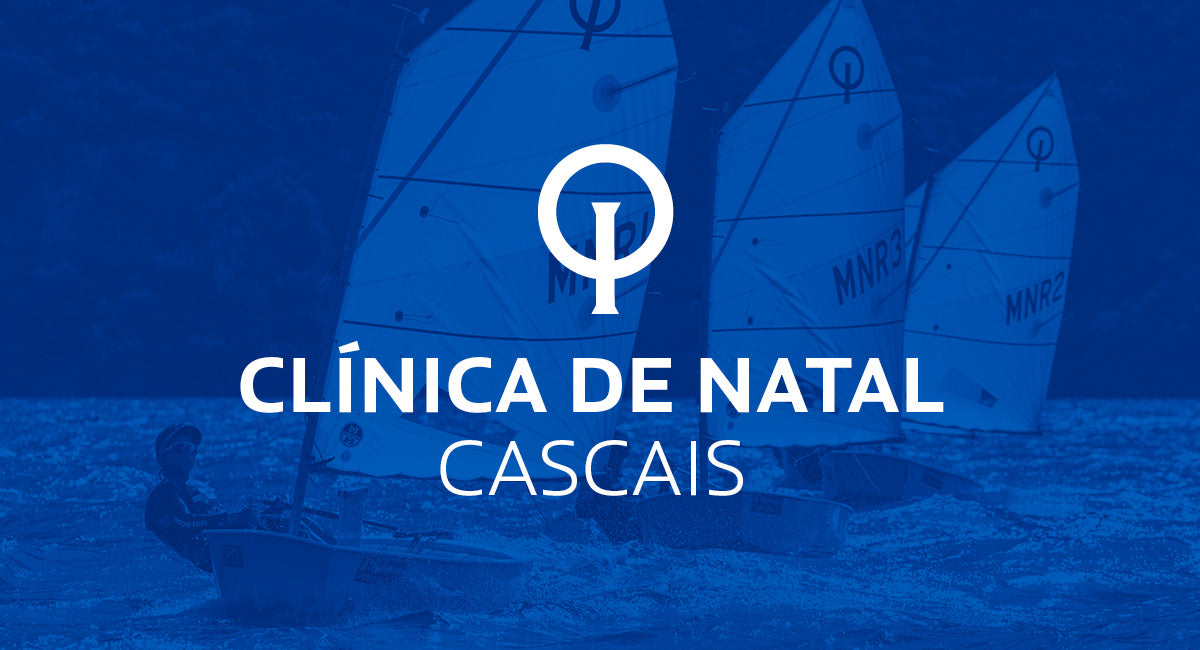
CLÍNICA DE NATAL 2019
CLÍNICA DE NATAL 2019
OPTIMIST - Terceira Edição
A North Sails, em Portugal, promove pela terceira vez uma clínica de Natal em Cascais.
A Clínica de Natal para Optimist vai decorrer nos dias 27, 28 e 29 de Dezembro na Marina de Cascais.
Os velejadores vão ser acompanhados pelos treinadores Bruno Luz e Pedro Bolina que em conjunto com o sails expert Vicente Pinheiro, irão implementar o programa previsto para os três dias.
Nesta iniciativa, que é aberta a todos velejadores, treinadores, equipas / clubes, os participantes terão a oportunidade de conhecer e experimentar os novos modelos de velas North Sails para Optimist.
Contactem-nos para receber todas as informações sobre a Clínica!
E office.cascais@northsails.com | T 916 857 896
North Sails Velas Optimist
clique aqui para mais info
North Sails Novos Modelos Optimist
veja o video
https://youtu.be/D3PCbl3yjCc
#Sail Fast #GoBeyond
READ MORE
READ MORE
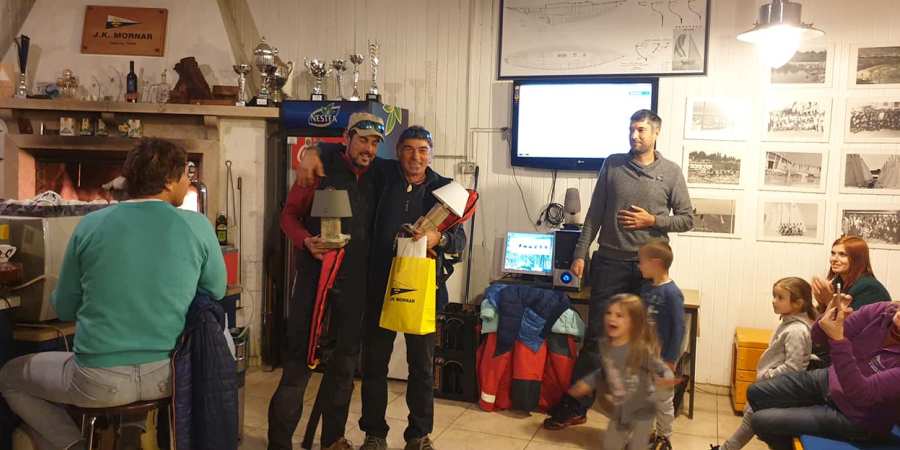
JEDAN I JEDINI: SV.NIKOLA ZA SAMCE I DVOJCE
Jedan i jedini: Sv.Nikola za samce i dvojce
FOTO: FACEsukošanBOOK REGATE
Jedriličarski klub Mornar iz Splita je još jednom u suradnji s gradom Komiža organizirao jednu od najočekivanijih zimskih regata, a za koju se može reći da pomalo postaje zaštitnim znakom jedrenja u dvočlanim posadama. Ne treba posebno isticati da je riječ o Regati Sv.Nikole za samca i dvojce.
Inače je regata do lani u svom nazivu ponosno isticala da je namijenjena isključivo solo jedriličarima, ali od 2015. su službeno i dvojcima otvorena vrata, a po odzivu koji se ostvaruje može se reći da je to dugo očekivano osvježenje koje su jedriličari iznimno dobro prihvatili. Da nije riječ o pukoj pohvali organizatoru i priznanje odvažnim sudionicima dovoljno je pogledati brojčano stanje na startevima lani i ove godine. Na premijernom izdanju je cijela flota brojila 18 jedrilica, dok je ove godine startalo njih 17! Složit ćete se svi da je to više nego na mnogim klasičnim regatama za kompletne posade.
Normalno, lakše je organizirati manji broj članova posade, ali svejedno, potrebna je jedrilica koja je opremljena nužnom opremom, a i dozvoljava jedrenje s minimalnim brojem ruku na palubi. Također, dvojac koji u tom setupu izađe na more treba imati apsolutno povjerenje jedan u drugog da su oboje i fizički i mentalno spremni izdržati sva iskušenja i riješiti probleme koji se za vrijeme jedrenja mogu naći ispred njih.
Ove godine je start regate bio u Komiži, 7. prosinca. Nakon starta se jedrilo direktno prema Palagruži, koja je u nekim drugim kombinacijama bila posljednja točka obaveznog obilaska. Iza Palagruže idealno je bilo ako se kurs mogao namjestiti na 60° za direktno jedrenje prema Glavatu, najistočnijoj točci parka prirode Lastovskog otočja. Nakon ove lanterne ostalo je još samo obići Maslinicu, odnosno Šoltu sa zapadne strane i ako to vjetar dopusti, sjuriti se u cilj u Splitu.
A u cijeli ovaj izvještaj uvest će nas jedan od članova Organizacijskog odbora regate, Goran Martinović:
Moram priču započeti s jednom simpatičnom anegdotom. Damir Mitrović (drugi dodirektor regate, op.a.) je prije starta imao interview na lokalnoj radio postaji gdje su mu spomenuli da su na startnom popisu vidjeli Darka Prižmića, pa su ga upitali za njegove izglede na regatnom polju i da li ponovno ima status favorita. Na to je Damir odgovorio "mislim da Darko Prižmić nije jedan od favorita regate, ali definitivno osoba s iznimnim iskustvom na ovoj regati..." i onda Darko digne regatu :) Uz ovu priču ide dodatak da Darko ima mobitel s kojim može samo razgovarati i razmjenjivati SMS poruke, dok mu je kolega u kokpitu, Tomislav Grubelić svoj pametni mobitel utopio ubrzo nakon starta.Tako da njih dvojica nisu imali nikakav doticaj s vanjskim svijetom.. trackeri, prognoze... ništa nisu imali. Tako da su kod Glavata otišli vani po svom osjećaju, jer su očekivali da će vjetar puniti iz vani... očekivali su da će imati samo jednu pojalabandu, dok će se ostali morati naviravati. Dok su jedrili oko Lastova imali su neki maestral pa su rekli idemo vani, napravit ćemo jednu viradu i vratit se natrag, na kraju je to isti put. Uopće nisu gledali gdjesu ostali i pogodili su... eto to je obilježilo ovu regatu. A generalno gledajući moram reći da je na startnoj listi bilo 17 jedrilica, a 16 ih je startalo jer jedna od jedrilica kad je shvatila da neće skupiti svu potrebnu opremu koju smo tražili da imaju, nije niti krenula prema Komiži. Što se tiče pregleda jedrilica, Mitre i ekipa su stvarno napravili odličan posao... sve se gledalo... kad ističu baklje, kad ističu splavi... tako da je dosta ekipa moralo povlačiti razne veze i vezice i dobavljati opremu što im nije bila u skladu s propisima ili što joj je istekao rok trajanja. Što se tiče vremena, bilo je ugodno. Po nekoj laganoj tramuntanici su se svi dovukli do Palagruže i onda im je pala bonaca. Zatim se tramuntana vratila i odvela ih je do Glavata. Tamo im je zapuhao maestral koji je trajao skoro cijeli dan... na moru im je bilo lijepo vedro vrijeme, dok smo u Splitu uz obalu imali stvarno gustu maglu. I u nedjelju navečer, nakon maestrala okrenulo je na jugo s kojim su došli do cilja. Prvi su u cilj stigli u nedjelju u noći, dok je posljednji dojedrio u ponedjeljak do podne. Kroz otprilike 13 sati su svi završili. Inače, svi su zadovoljni s rutom koju smo ove godine okrenuli, najviše zbog organizacijskih zahtjeva, a i da ne postane monotono. Nit vodilja nam je bila da se teži dio, ono pravo offshore jedrenje od Komiže do Palagruže i do Glavata, kad se nemaju gdje skloniti u slučaju nekih problema, odradi tijekom prvog dana i prve noći dok su svi još odmorni. A taj drugi dio regate kad se počinju osjećati posljedice umora, da se odradi u blizini kopna, pa da u slučaju potrebe bude lakše i intervenirati a i njima samima da se sklone. Tako da malo psihološki bude lakše. A pitanje starta, koji je bio ove godine 7. prosinca, je što regatu organiziramo zajedno s gradom Komiža, čiji patron je Sv.Nikola i imaju običaj koji ne podržava isplovljavanje na taj blagdan. To smo poštivali i zato je regata startala dan kasnije, a to je i jedna od bitnih razlika u odnosu na ranija izdanja regate, jer su termini starta uvijek bili tempirani tako da jedriličari svi završe do blagdana Sv.Nikole. Većina sudionika je u Komižu stigla 5. pa su onda morali proći provjeru opreme, a i sudjelovali su na tradicionalnom paljenju broda ispred crkvice Sv.Nikole. A što se tiče samaca, ove godine smo imali samo jednog, Ivicu Kostelića. To mi je najviše žao, ali bila je neminovnost da će se to dogoditi. Uz Ivicu je trebao solo jedriti i Fabijan Roić, ali je on otišao na RORC transatlansku regatu. Unatoč ovoj tendenciji da solista bude ovako malo, njih kao kategoriju nećemo ukidati, ali činjenica je da s ove strane Jadrana nema jedrilica koje su napravljene za samačko jedrenje i ljudi su skužili da se na takvo jedrenje nije dobro upuštati s klasičnim charter jedrilicama. A dvojce smo uveli više zbog povećanja sigurnosti i samaca i flote kao grupe, jer kad si sam i u problemu si ili ti ili kolega na drugoj jedrilici ne možeš puno napraviti da nekom pomogneš. S druge strane kad su dvojica na jedrilici to je veće nešto drugo.
Goran Martinović, dodirektor regate
Što se tiče pregleda opreme, koji je ove godine bio rigorozniji nego inače, treba spomenuti da su natjecatelji među ostalim morali dokazati da znaju i postaviti olujna jedra. Mora se reći dadugopolje je to aktivnost koju mnogi jedriličari nisu nikad imali potrebe upražnjavati, pa mnogi to nisu nikad niti probali.
Prva regata u Hrvatskoj na kojoj su jedriličari to znanje morali dokazati, a i zadovoljiti sve sigurnosne parametre zadane raznim propisima, bila je 2. Thousand Islands Race, 2014. godine. Unatoč mnogim negodovanjima i problemima koji su se javili zbog nagle potražnje za olujnim jedrima, ispravnim raketama, kompletima prve pomoći, neodgovarajućim pojasevima za spašavanje, harnesima i ostalim, na kraju su svi sudionici te regate iskazali podršku toj rigoroznosti, jer im je za vrijeme prve etape te regate vrijeme bilo takvo da je bilo izgubljenih jarbola, ljudi u moru... a mnogi su rekli da bez nadopunjene sigurnosne opreme pitanje je da li bi stigli do cilja.
Ali vratimo se Sv.Nikoli. Start regate je signaliziran u subotu 7. prosinca ujutro u 10:00, a vremena ulaska u cilj su se korigirala na dva načina. Jedan je već standardni Sušac Open sustav razvrstanja, a drugi je THC, koji je u Splitskom bazenu postao familijaran sa Splitskom trening ligom i nekim većim regatama. Korekcija Sušac Open je korištena za cijelu flotu, dok je još i THC izabralo deset jedrilica.
Po Sušcu pobjedu na regati je odnijela jedrilica Silvana na kojoj su jedrili Darko Prižmić i Tomislav Grubelić. To je Duffy 29, maleni oldtimer kojeg je Darko čak pripremio za ovogodišnji Middlesea Race, ali zbog poslovnih obaveza nije došlo do realizacije ovog projekta. Zato je Silvana bila maksimalno pripremljena s kompletnom sigurnosnom opremom i skoro svim novim jedrima! Po strach sheetu za ovu regatu Silvana je morala završiti unutar 04:59:05 iza najbrže jedrilice, Class 40 - Crazy u slučaju da on završi prvi. S obzirom da to Crazyju nije pošlo za rukom, već je u realnom vremenu u cilj prvi ušao Club Swan 36 - Go Racing, to vrijeme je skraćeno za 47 minuta i 57 sekundi.
Na kraju su Prižmić i Grubelić finiširali 03:59:54 iza Kljaković-Gašpića i Česića i to im je bilo dovoljno za korigirani trijumf od 11 minuta i 14 sekundi!
Darko je Silvanu stvarno vrhunski pripremio, jer je bio plan s njom poći na Maltu. Većina toga je nova... drifter, code 0... jedino je Super Silva, najjače Silvanino oružje ostalo iz starog seta. Riječ je o spinakeru od ne znam točno koliko kvadrata :) A driifter je montiran na baštun koji je u stvari rezervni baštun Munjeka F. Njega smo montirali još lani, tako da je dosta dug s obzirom kolika je duljina Silvane. I onda drifter ne ide prema krmi, već dođe do štrajeva i onda kad se skine gornja ograda na provi, a drifter se spusti na donje hvatište, cijeli drifter može biti unutar ograde, pa bude kao neka light genova s kojom možeš na stvarno razne promjene vjetrova samo dobivati. I to nas spašava kad su uvjeti bonace koji su u stvari i bili tamo oko Glavata kad je vjetar padao. Ostali su tada produžili gore u Korčulanski kanal, a Darko je odmah rekao "najbolje nam je da se vratimo natrag i ostanemo u tom vjetru... bolje nego da stojimo". Ta je varijanta ispala najbolja jer je ostao vjetar koji nas je pratio od starta, pa preko Palagruže. Iza Lastova smo također najviše vozili s drifterom. Očekivalo se jugo, ali nama je došao više neki oštar. Poslije Vodnjaka opet smo dizali spinaker do neverica koje su bile u kraju. Kad smo već imali orcu put Splita, tad smo dignuli flok. Znači, od starta je bio code 0, pa spinaker, pa kad smo vidjeli da su ovi ispred nas stali na Palagruži dali smo se desno i tu smo vidjeli Munjeka da se ukopao, pa smo i njega zaobišli u malo većem luku i uhvatili pravac za Glavat. Onda je svanuo lijepi dan i krenulua je igra. Netko bi rekao igra živaca, ali kod nas je bilo "ajmo zapalit, pa ćemo onda vidjeti" :) A zanimljivo je bilo i kako sam izgubio mobitel s Navionicsom, prognozom i ostalim... i kako Darko ima običan mobitel imali smo samo instrumente na jarbolu, jedini instrument koji smo pogledali i to u drugom dijelu regate bio je Darkov ručni GPS i nešto smo krivo vidjeli ili nam je krivo pokazao... mi smo jedrili više put Rogoznice nego prema Maslenici. Tu nam se Munjek približavao, a prošli smo ga na Vodnjacima. On je vozio normalno na Maslenicu i tu smo se sreli drugi put. Onda je odjurio dalje prema Splitu. A onaj moj mobitel... kad smo se malo ustabilili u vožnji prema Palagruži, kad smo jedrili sa spinakerom... kako ja i Darko volim pjevati i lijepu muziku, izvadio sam bluetooth zvučnik, telefon stavio na ulaz u kabinu i krenuo u kabinu po spizu, brod se neznatno nagnuo i ovaj klizne preko 3-4 konopčića od barbera... nemam pojma kako se to uspjelo desiti. Moguće da bi u tom slučaju drugačije odvozili, vjerojatno bi to jugo pratili i čekali. Kako su bile neke popodnevne ure, a juga još nije bilo, prepotstavili smo da neće ni zapuhati. Cijeli dan je bio onaj dnevni vjetar koji je pratio sunce i jugo kao jugo se nije pojavilo, tako da je i kroz noć bila neka druga situacija.Što se tiče spavanja ja sam spavao dva puta po pola sata, a Darko jedan put pola sata. Kako nema autopiloa, Darko je bio na timunu cijelo vrijeme, a ja sam odrađivao sve ono naprijed i on bi mi pomagao u pojalabandama. Po pitanju hrane, na meniju su prevladavale polpete koje smo napravili dan ranije. Imali smo imalo slatkoga... suhe smokve spašavaju stvar! Otac mi je napunio kutiju suhih smokava i zajedno s raznim oraščićima dobije se prava stvar... po šaku toga se stavi u džep i to te drži.
Tomislav Grubelić, suskiper Silvane
Realno prvi, Go Racing je opravdao status favorita u realnom vremenu. Vrhunski proizvod tvrtke Nautor u kombinaciji s dva vrhunska jedriličara zadao je mnogo muke cijeloj konkurenciji, a posebno posadi Farra 40 - Toto Travel koji ih je u drugom dijelu regate pratio u stopu. Već je bilo riječi o tome kako je Swan stigao u Hrvatsku i o projektu u koji je ACI uložio poprilična sredstva, a u kratkoj povijesti ove jedrilice ovo je bila druga ozbiljna offshore regata, nakon što je odjedrila hrvatsku premijeru na nedavno održanoj Jabuci.
FOTO: FACEBOOK REGATE
I o ovoj regati smo popričali s voditeljem ACIjevog projekta, Ivanom Kljakovićem-Gašpićem:
O regati mogu reći sve najbolje. Uz Jabuku je ovo jedna od najzanimljivijih i najintenzivnijih regata što Jadran može ponuditi. Ovo je bilo prvi put da jedrim u dvoje na Swanu i prezadovoljan sam kako smo Ante i ja kvalitetno odradili sve od početka do kraja. Priprema broda je bila dosta zahtjevna, jer je uz sve ostalo trebalo posebno pripremiti i sigurnosne sustave. Zajedno smo odradili trening - dva, tako da smo bili spremni. Start nam je bio dobar i na početku dok je puhalo dosta smo se odvojili i kasnije nas je dočekala bonaca i lagani vjetar na Palagruži, pa smo se tamo samo jedva vukli. I onda je stigla prva noć i kad je počelo puhati i kad smo već imali solidnu razliku, pomela nas je jedna nevera. Dosta ružno je izgledala. Logika i razum su prevladali, pa smo skratili jedro i stavili olujni flok. Izabrali smo ono što se kaže "na pomorački način", sigurno jedrenje i tu su nas Mario i Mario - Toto Travel, sustigli. Mi se tu nismo htjeli izlagati nepotrebnom riziku jer je ipak novi brod i dosta zahtjevni uvjeti na moru, pa smo se odlučili na safety varijantu. To prebacivanje na olujni flok smo napravili na vrijeme, dignuli smo ga desetak minuta prije nevere i kasnije spustili kad je nevera prošla. Mislim, nije to bilo ništa strašno, dvadesetak čvorova, ali bila je noć, vidjeli smo samo da dolazi ogromni crni oblak koji je izgledao stvarno ružno, puno munja ispred nas... nismo vidjeli što je tamo dalje ispred nas, pa smo odlučili ne riskirati ni tehnički problem a ni da netko od nas padne u more! Kako smo već ranije pripremili sve mjere i za olujni flok tako je i jedrenje s njim išlo bez problema. Brod je bio spreman u 5 minuta... a balans broda, prvi krat i taj mali flok su bili skroz u redu, a i kut stvarnog vjetra je bio oko 70°, laška orca. Nakon toga je uslijedilo praktički 24 sata match racea s Totom, a što je na kraju završilo dobro za nas. Po laganom vjetru smo imali dosta deficita... fali nam sprijeda nekakav drifter, ali nismo se dali i izdržali smo do kraja. A što se tiče foilova, oni se koriste po jačem vjetru u orcu i po jačem vjetru u mezzonavu i krmu. Tako da smo ih koristili minimalno, jer nije bilo dovoljno vjetra. A taj match race s Totom... stvarno nam je najveći handicap bio taj nedostatak driftera. Jedrili smo samo s flokom i genakerima, pa kad bi vjetar pao na 2-3 čvora onda smo malo gubili i Farr bi odlazio naprijed jer mi nismo imali pravog alata. Ali to je bilo očekivano i čim bi zapuhalo 5-6 čvorova mi smo imali za nijansu bolju brzinu, a sve iznad 10-12 smo letjeli u odnosu na njih. Tako da smo se konstantno lovili s njima... baš ono što jedrenje treba biti.
Ivan Kljaković-Gašpić, suskiper Go Racing
Druga strana ovog dvoboja za vrh je iskusnija na ovoj ruti. Prošle godine su Mario Hrvoj i Mario Škrlj odjedrili prvo zajedničko izdanje Sv.Nikole za dvoje i također igrali jednu od glavnih uloga. Jednaka sportska sreća ih je pratila oba puta, samo što im je lani glavni protivnik za prvo mjesto bio Dubrovnik. Istina, Dubrovnik im je pobjegao nešto više od Go Racinga, ali i uvjeti koji su lani vladali su bili nešto dugačiji. U principu, Dubrovnik je također jurilica koja voli više vjetra, slično kao Swan, pa kad se usporede analize od lani i ove godine vidi se da je, bar za realni ulazak u cilj, Toto Travel imao više šanse ove godine nego lani.
FOTO: FACEBOOK REGATE
Dokaz ovoj tvrdnji je i to što je i Toto jedan dio regate bio u vodstvu. Od Korčule, pa skoro do Šolte, Toto je imao respektabilnu prednost ispred Go Racinga. Čak im se u tom dijelu regate priključio i Crazy. Međutim, nakon obilaska Maslinice presuđuju nijanse i Go Racing stiže u Split osam minuta ranije.
Meni je ovo već 8. ili 9. Sv.Nikola, a start iz Komiže je bio i 2002. godine kad sam i pobijedio na ovoj regati. Mislim da je ovaj smjer regate mnogo jednostavniji za voziti, jer se jedri direktno na Palagružu. Zatim je 40 NM do lastova i kasnije si cijelo vrijeme uz kraj, a prije se jedrilo na potezu Blitvenica - Palagruža... cijelo vrijeme na otvorenom. Meni je najdraže bilo to što je more bilo "flat" cijelo vrijeme - bez valova, nije uopće bilo ozbiljnog vala na cijeloj regati. Stvarno je bilo ugodno za voziti. Bilo je i toplo. Bio sam par puta na Sv.Nikoli kad su bile bure... sam na otvorenom... za smrznuti se! Vozili smo s genakerima do Palagruže i tu je Bambi napravio dva sata razlike ispred nas. Jednostavno je brži od sviju ostalih i kasnije smo zaključili da smo do 5 čvorova bili brži od njega, a sve poviše 5 u svim kutevima ga nismo mogli stići. Iako je napravio tako veliku razliku uspjeli smo ga uloviti do Lastova. To nam je bilo nevjerojatno i poslije smo čuli da su oni skidali flok zbog jedne jače nevere koja je bila ispred njih i trajala je oko sat vremena. A mi smo tada skinuli genaker, dignuli flok i s njim nastavili voziti po toj neveri. Na kraju to nije bilo prejako, dizalo je do možda 23-24 čvora. Tu smo mi jedrili pun gas prema njima, ali mi je i dalje nevjerojatno da smo ih tu uspjeli stići, ipak su bili dva sata ispred nas. Mi smo u toj neveri jedrili brzinama od oko 9-10 čvorova, bila je laška orca, skoro pa je puhalo u bok. Kasnije je vjetar pao na oko 5 čvorova i mi smo po tom jedrili s oko 2 čvora. Mi smo ih po tom u principu pomalo grizli jer smo sigurno u tim uvjetima bili brži. Glavat smo okrenuli zajedno i od njega kreće nadmudrivanje i biranje tko će na koju stranu. Stranu smo mi pogodili i napravili razliku od 2-3 milje. Kad je jugo napokon probilo dignuli smo genaker vozili smo do desetak čvorova, ali Swan je vozio po 2-3 čvora brže, tako da koliku god da smo mi napravili razliku po laganom vjetru on je u sat vremena vrati. A na Maslinicu smo stigli ono, brod na brod, praktički u 20 metara razlike. Oni su bili privjetrinski i pokrivali su nas cijelo vrijeme. Reagirali su na svaku našu viru i nikako nam nisu dali proći. S druge strane mislim da su oni tu izgubili regatu! Da nas nisu pokrivali, već da su jedrili direktno za Split sigurno ne bi izgubili po korekciji. Kako je vjetar oscilirao mi bi nadoknađivali razliku kad bi pao na oko 5 čvorova, ali čim bi dignuo na 7-8 oni bi otišli i tako sve dok jugo nije dignulo na 12 čvorova i tek tada su odjurili. Njih je bio strah da ih mi ne prođemo, a ostali su svi bili predaleko i nisu na njih obraćali pažnju, a na kraju su minute odlučivale. Toliku razliku smo napravili jer smo mi odjurili kad su oni svi ostali u bonaci kod Vela Luke. S druge strane je Prižma napravio šou kad je otišao s vanjske strane Lastova. Imao je manji brod, čisti vjetar, a davali smo mu 4-5 sati po korekciji. Što se tiče tehničke izvedbe tu smo prezadovoljni. Napravili smo 5-6 milja puta manje nego bilo tko od ostalih i nismo imali nikakvu štetu na brodu. Mislim da bi rasplet bio drugačiji da su bili teži uvjeti na moru, onda bi i Swanu bilo puno teže voziti nego sad, jer ovo je sad bilo nevjerojatno koliko je more bilo mirno na cijeloj ruti. Čak i ta nevera je bila u pola krme, tako da se val ni tada nije osjetio. Što se tiče spavanja, išli smo po bonacama naizmjenično po četrdesetak minuta, čisto da se odmore leđa, jer dok se samo vozio brod dosta je bio jedan da bude vani, ali kad je bila neka akcija morali smo obojica biti zaposleni.
Mario Hrvoj, suskiper Toto Travel
Među jedrilicama koje su posebno izdvojene u ovom članku izabran je i Satan 2 2Π/7. Riječ je o jednoj od najstariji jedrilica na regati s ujedno i najmlađom posadom koja je ove godine nastupila na ovoj regati.
FOTO: FACEBOOK REGATE
Gledajući u realnom vremenu, ovaj Stag 29 je uglavnom bio negdje na začelju flote, ali vrhunsko jedrenje je Maria Lulića i Filipa Miroića dovelo do 7. mjesta po Sušac Openu, a evo iz prve ruke priče o njihovom doživljaju ove regate:
Za početak moram reći da je naša jedrilica je bila najsporija po handicapu. Što se tiče starta, nismo briljirali, bili smo osrednji. Bio je neki lagani vjetrić. Nakon što smo se odvojili od Komiže jedna grupa je vozila malo pojanije, livije od Palagruže, vjerojatno su kasnije u orcu očekivali veću brzinu, a mi smo išli nekom driturom prema dolje i na desetak milja od Palagruže počeli su slabiti ti vjetrovi a mi smo počeli sustizati brodove ispred nas. Može se reći da su to bili naši uvjeti. Okrenuli smo Palagružu, možda je pet brodova bilo iza nas. Baza je bila to da su na svakoj oznaci... Palagruža, Glavat, Šolta... bile totalne bonace! Bar kad bi mi došli. Ta prva bonaca, na Palagruži nas je uhvatila na nekih 6-7 milja od nje. Povremeno bi došao neki reful koji bi trajao tri minute i s njim bi se približili 50 metara. Dok nismo stigli do te bonace jedrili smo sa spinakerom, a tu kad smo upali u bonacu digli smo drifter. Kad smo okrenuli Palagružu, u stvari onaj mali škojić, Malu Palagružu, trenutno je okrenulo na neki levanat, uglavnom neki vitar za voziti prst laško. Tada je dobro puhalo, imali smo krat glavnog jedra i to nas je dovelo dosta blizu Glavata. To je trajalo cijelu noć, a nas dvojica smo odlučili da nećemo spavati ovaj prvi dio regate, možda da uspijemo napraviti neku razliku. Glavat smo okrenuli kao treći brod od iza. Svanulo i to je bio dan u kojem smo po našem planu trebali nešto i odspavati. Kad smo stigli do Glavata tu je u bonaci stajalo 6-7 jedrilica. Većina je stajala s desne strane Glavata, a Fangac je bio skroz lijepo, baš blizu Glavata. Onda smo pratili situaciju na trackeru i vidjeli da su ti gornji brodovi imali neki burin koji je kasnije okrenuo u provu, došao više s levanta. Tada smo morali donijeti odluku idemo li lijevo ili desno. Ako odemo desno u najboljem slučaju možemo doći do krme ovoj grupi i eventualno ako stigne jugo iz prognoze možda pobijedimo jedini brod koji je s lijeve strane. A ako odemo lijevo možemo eventualno pobijediti ovih 5. S druge strane niti jedna od prognoza nije baš točno pogodila što će puhati, pa smo odlučili otići lijevo i "tko pukovnik tko pokojnik"... Za početak nas je uhvatio neki privatni reful s kojim smo došli Fangacu doslovno na pet metara i tada smo uspjeli proći ovu desnu grupu. To je bilo važno jer je to bilo pola regate i kako smo jedrili na handicap i prošli smo brodove koji su brži od nas i favorizirani po handicapu i sad je njima zadatak da naprave duplu razliku do kraja da bi bili bolji. Nakon što smo okrenuli Glavat nastavljamo dalje jedriti s drifterom, ali je bolje od nas prošao First 40.7 koji je okrenuo s nama i jedrio s nekom dubljom genovom. S nekim refulićem se on odovojio od nas, a tada nekako i sunce počinje padati. I tako smo ostali stajati negdje na pola puta između Lastova i Korčule, a njega je ispalilo na 2-3 milje od nas. Srećom smo bili u nekom južnom kurentu pa nas nije vraćalo natrag i stalno smo išli naprijed s možda pola čvora. Tu nas je još držala euforija od prolaska te grupe, ali kako je počela padati noć trebalo je napokon i malo odspavati. Tada je Mario otišao u kabinu, a ja ću voziti dok je lagano jugo. Kad krene malo jače budim Marija. I on je odspavao dok ga nisam probudio kad sam vidio po trackeru da su se ovi iza počeli kretati... znači stiglo im je jugo. Spavao je možda 45 minuta, a ja sam onda uspio još nekih 15-20 minuta... sve ostalo spavanje prije toga je bilo petnaestak minuta dok sjediš sa škotom u ruci... To sve smo jedrili s drifterom, a kad smo prošli Korčulu prebacili smo se na genaker. Inače Satan ima jarbol, glavno jedro i taj genaker od minija i u principu smo testirali kako taj noviji koncept jedara radi u kombinaciji sa starim linijama trupa. To je dosta dobro prošlo. Vjetra je tu bilo oko 15-17 čvorova i do Maslinice smo uspjeli ostaviti iza nas sve osim Fangaca i Adio pameti. Tu smo hvatali dobre brzine. Bilo je marete i u lijevi i u desni kvartir, tako da smo jedan dobar dio dosta dobro surfali. Imali smo brzine čak i do 8 čvorova. Nakon bonace na Palagruži, cijelog dana provedenog u obilasku Glavata, ponovno nas je uhvatila bonaca i na Maslinici. Ova je najkraće trajala ali je bila najzeznutija, jer je ostalo dosta mrtvog mora od juga s kojim smo stigli do tu. Tako da i onih čvor ili dva što bi mogli uhvatiti od tih valova nismo mogli realizirati. Nakon nekih pola sata stajanja smo ponovno krenuli. Jedrili smo po burinu a imali smo dignuto puno glavno i flok... ono u Čiovo, pa okreni, Čiovo, pa okreni... Nas dvojica nismo baš najjači s tim akvatorijem, pa smo tek kasnije saznali da smo trebali ići put Šolte jer da je tamo manji kurenat po jugu. Ono što je prevladalo da mi odemo put Čiova je što smo na trackeru vidjeli da ovi što su bili uz Šoltu su doslovno stajali, a ovi što su jedrili uz Čiovo su imali brzine od bar 5 čvorova. Nekako u svitanje smo počeli vidjeti Split i mislili smo da je mukama kraj, ali je onda odjednom Split nestao u nekom crnilu, nestao je i Brač... kiša... Kako brod nije naš, stariji je, a i po handicapu smo stajali dosta dobro, tada smo skratili na treći krat i stavili smo olujni flok. Pustili smo onda da to stigne do nas, ali na kraju to nije bila neka posebna nevera, možda dvadesetak čvorova juga. Tako smo čekali petnaestak minuta da vidimo kako će se vrijeme razvijati, a za to su nas Gingolina i još neki su nas prošli. Kad smo vidjeli da od tog svega nema ništa dignuli smo sve natrag i zajedrili do cilja. Moram spomenuti, ne znam da li je još netko to pričao, ali kad smo jedrili par milja iza Palagruže more je alduravalo, ali s ogromnim balonima. To je bilo bajkovito za vidjeti. Nekoliko milja smo plovili kroz to. Ne znam da li su to bile najlonske kese ili meduze, ali stvarno nešto lijepo za vidjeti.
Filip Miroić, suskiper Satan 2 2Π/7
Ove godine na regati je nastupio samo jedan solo jedriličar. Riječ je o Ivici Kosteliću, možemo slobodno reći jedinom hrvatskom jedriličaru koji u posljednje vrijeme aktivnu i ozbiljno prakticira ovaj stil jedrenja.
FOTO: FACEBOOK REGATE
Nastupio je na Miniju 650 imena Libera, za razliku od lani kad je jedrio sa svojim Class40 koji se trenutno nalazi u Francuskoj.
Unatoč tome što je jedrio na najmanjoj jedrilici na regate nije bio zadnji. Istina, uglavnom je bio u posljednjem dijelu flote u blizini Satana 2 2Π/7 i sličan premjer, tako da su i nakon korekcija ove dvije jedrilice završile vrlo blizu. Libera je finiširala na 8. mjestu, a kako je to izgledalo na moru najbolje će vam dočarati video uradak njenog kormilara koji postaje sve bolji u izradi svojih jedriličarskih reportaža!
A za kraj je ostala još i kratka priča Emila Tomaševića koji je lani pobijedio u kategoriji samaca i to sa Seascapeom 27. Ove godine je na regati odlučio nastupiti u društvu Igora Piacuna na Firsto 40.7.
S obzirom da je riječ o jedrilici iz škole jedrenja, bez posebno pripremljenih regatnih jedara i ostale malo sportskije opreme, 5 sati i dvadesetak minuta zaostatka za Go Racingom je dosta dobar rezultat koji je osigurao čistu sredinu na korigiranoj ljestvici.
Bilo je lijepo, nije bilo lošeg vremena, bilo je zanimljivog regatavanja i za malo laganije brodove jer je bio laganije vjetar. U prvoj noći je bila jedna nevera, dok je u drugoj bilo jugo s par neverina i to je to. Kako smo bili s težim brodom, ja i Piacun smo malo spavali. Pokušavali smo pratiti ove laganije i brže, a s druge strane smo i takvi likovi. Ja sam ukupno u dvije noći odspavao 2-3 sata, a toliko i Igor. Pokušavali smo maksimalno voziti brod. Uhvatila nas je jedna nevera od tramuntane u orcu ispred maslinice, a drugima je udarilo u krmu. Što se tiče opreme na brodu smo imali dva spinakera i flokove. Ona prva noćna nevera nas je uhvatila na izmaku, malo više je zakačila prve brodove, tako da smo mi vozili s jednom rukom krata i teškom genovom. A drugu noć smo imali neke neverine pod niskim oblacima, pa čak smo imali i jednu čudnu situaciju ispod jednog vrlo niskog oblaka. To je bilo u trenucima kad smo mi izgubili mogućnost da završimo regatu kao četvrti brod. Upali smo u neku rupu... par stotina metara okolo sve normalno puše, a kod nas ništa i tako dva puta. Neki teški oblak od polu kiše je bio praktički na vrhu jarbola i povlačio je vjetar prema gore... spinaker je stajao paralelno s jarbolom. To nisam baš do sad vidio... vjerojatno jer je bilo nestabilno vrijeme, dolje još toplo, a gore hladnije... stvarno čudno. Prvu noć nije bilo ni vlage, bilo je toplo, istina malo bolje obučeni. A i brod je dozvoljavao malo više komoda, pa sam i malo kuhao :)
Emil Tomašević, suskiper Ultra Svibor
FOTO: FACEBOOK REGATE
Ako nekoga zanimaju rezultati deset jedrilica koje su se prijavile i po THC-u, možete ih pronaći na ovom linku.
I za kraj je ostala jedna specifičnost svih regata koje traže od sudionika ulaganje iznimnih i fizičkih i psihičkih napora... Pričalo se o popriličnom broju halucinacija za vrijeme jedrenja drugog dijela regate. Neki su vidjeli neke ljude na provi koji su im slagali genove. Bilo je i ljudi koji su sjedili u košu i nisu dozvoljavali da se vide špije. Čak je prijavljen i jedan lijes na provi s čovjekom koji je ležao pored njega i gladio ga... Neki su mislili da im je glavno jedro palo po gindacu...
Pa ako mislite da je ovakva regata i za vas i da sve ovo možete uspješno savladati imate godinu dana da se spremite i izbr
READ MORE
READ MORE
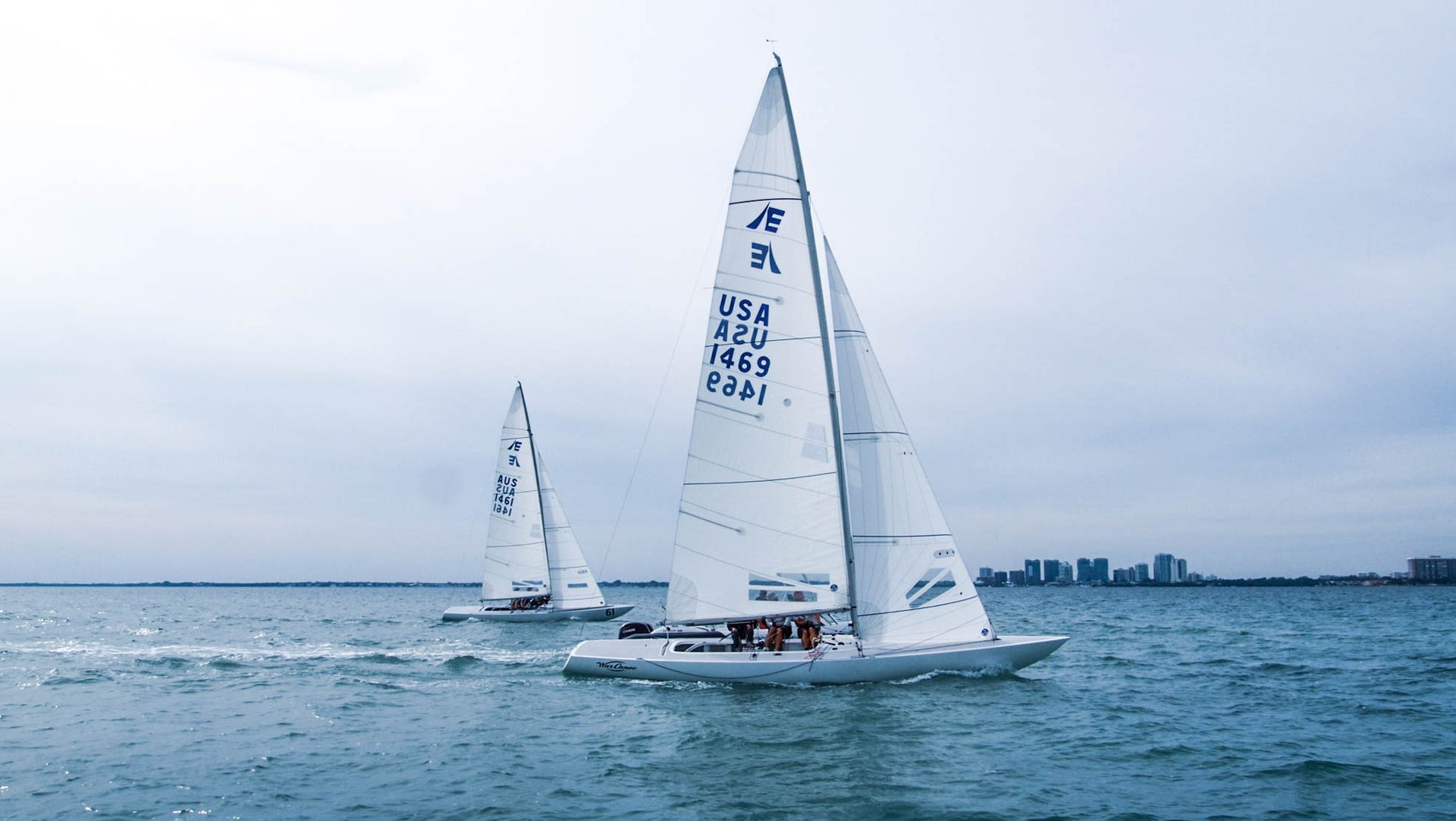
ETCHELLS BISCAYNE BAY SERIES: LOUIS PIANA CUP
ETCHELLS BISCAYNE BAY SERIES: LOUIS PIANA CUP
Podium Sweep in Miami
The opening regatta of the Biscayne Bay Series served up tricky conditions for a fleet of 50 Etchells, a larger fleet than previous years. North Sails were onboard 8 of the top 10 finishers, as well as 12 of the 14 Corinthian teams. Congratulations to Peter Vessella, first place in the Corinthian division.
5-10 knot breezes allowed for four races over two days. The winning team on Steve Benjamin’s Stella Blue combined clean starts with excellent boat speed to control their own destiny. “Only Benj’s team and Scott Kaufman’s team had all single digit finishes,” Skip Dieball explains. “It’s such a tough fleet, and if you get off the line in bad shape, chances are you’re going to have a high number. It’s very difficult to get back.”
The FR-2 is an evolution of the Full Radial, but with some long overdue tweaks to shape and panel orientation. It is a fantastic sail.
Conditions were perfect for the PCF-M mainsail, LM-2L jib, and VMG spinnaker, but Skip’s team did test out the new FR-2 spinnaker for the last race and were quite impressed. “Ultimately, this new FR-2 will replace our Full Radial spinnaker,” he says.”The FR-2 is an evolution of the Full Radial, but with some long overdue tweaks to shape and panel orientation. It is a fantastic sail. We also looked at the new LM-6R and MAL jibs in our practice sessions. Both are beautiful out of the box and set up perfectly. We will be updating our tuning guide for 2020 and will have all of our trim notes regarding these sails.”
North Scoreboard
Overall – 1, 2, 3, 5, 6, 7, 9, 10
Corinthian – 1, 2, 3, 5, 6, 7, 8, 9
Etchells next stop – The Sid Doren Regatta January 11-12.
READ MORE
READ MORE
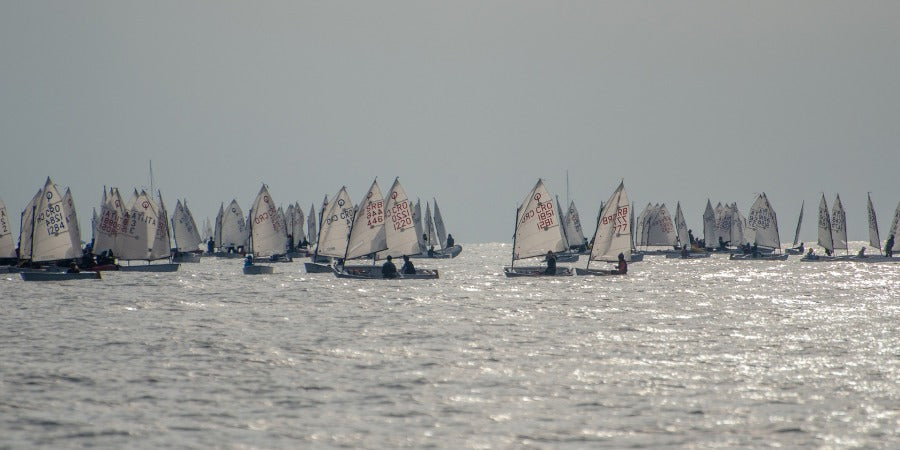
NAJMASOVNIJI SV.NIKOLA DO SADA!
Najmasovniji Sv.Nikola do sada!
FOTO: ELVIS MALAGIĆ
Čak šest regata se prošlog vikenda jedrilo što u čast Sv.Nikole, zaštitnika pomoraca, što u vikendu koji se datumski poklopio s ovim blagdanom. Jedina od tih regata koja je organizirana za "male klase" bila je u Puli i riječ o tradicionalnom međunarodnom eventu koji 28. put okupio iznimno velik broj natjecatelja u klasama Optimist, Laser 4.7, Laser Radial i Laser Standard.
Datumi rezervirani za jedrenje su bili od 6. do 8. prosinca, ali pripreme za ovaj jedriličarski megadogađaj, bar u hrvatskim okvirima, počeli su tjednima ranije. Pripreme su krenule tjednima ranije, od uređivanja okoliša kluba, pripreme slipova i pontona, administrativnih sadržaja, logistike... a sve to bi bilo mnogo teže da se članovi JK Vega nisu složno udružili i zajedno s roditeljima svojih klinaca posao odradili zajedničkim snagama!
Ovaj njihov pristup i stil rada je prepoznat od strane svih sudionika, a dobar glas se uvijek vrlo daleko čuje i to je svake godine rezultiralo sve većim brojem sudionika. Trend se nastavio i ovaj put, pa je u Pulu stiglo ukupno 576 jedriličara i jedriličarki!
Kao i uvijek, najbrojni su bili kadeti u klasi Optimist. Njih je je jedrilo čak 393, dok su Laseri bili zastupljeni sa 102 natjecatelja u klasi 4.7, 68 u Radialu i 13 u Standardu. A sad ćemo riječ malo prepustiti članici Organizacijskog odbora Gei Damjanić:
Bilo je odlično! Najviše smo odjedrili u nedjelju, tri plova. U petak nismo ništa napravili, a u subotu samo jedan plov. Grozno je krenulo i u nedjelju... ujutro magla, neki su se već počeli pakirati, ali onda se magla dignula i zapuhao je neki slabi zapadnjak, slabašnih 5-6 čvorova. U petak su laseri uspjeli startati, odjedriti orcu, a Optimisti nisu niti to uspjeli napraviti. U subotu smo uspjeli dati start tek oko 13 sati, a to vrijeme nam je stvarno velik problem jer je zima i dan je prekratak. U 14 sati nam mora krenuti posljednja predstartna procedura, tako da se svi startevi na svim poljima odsviraju do 14:30, pa da posljednji u cilj uđu do 15:30 i da svi budu na kopnu do 16 sati. Eventualno petnaestak minuta duže, ali nema tu puno mogućnosti... U subotu nam je isto puhalo sa zapada, ako nekakav maestral, ali ne toliko jak, više kao nekakav propuh :) Inače su flote bile odvojene na dva regatna polja. Optimisti su bili na jednom, a Laseri na drugom. Optimisti su zbog ogromnog broja sudionika bili podijeljeni u četiri skupine od po stotinjak natjecatelja u skupini. Laseri su također bili podijeljeni u grupe. I 4.7 i Radiali su bili podijeljeni u dvije, dok je Standarda bilo premalo za takav potez. A što se tiče Radiala njihova podjela nije bila na mušku i žensku flotu. Jedne godine smo to pokušali, ali zbog kriterijske ljestvice na kojoj nema takve podjele morali smo odustati od tog poteza. S druge strane ovakva podjela omogućuje formiranje zlatne i srebrene skupine, ali kako nije bilo dovoljno odjedrenih plovova prva dva dana to nismo mogli napraviti. Što se tiče kurenta najgore je bilo Optimistima u subotu, ali sreća je bila što je smjer bio u smjeru vjetra, pa ih je držao ispod startne linije, a mala panika je bila pred zadnji start kad je kurenat oslabio, da će biti izlijetanja ali srećom je su svi i taj start dobro odradili. MOram se pohvaliti da smo ove godine oborili rekord u broju natjecatelja. Lani smo ih imali 529, a ove godine 47 više i do sada smo imali 14-15 nacija, a obe godine 20, a među njima jednog Australca i jednu Amerikanku... predstavnici tri kontinenta! Amerikanci su čak najavili da će ih dogodine doći više. Ove godine smo napravili i jednu super stvar. Pronašli smo djecu koja su imala rođendane tih dana, pa smo ih obavijestili da moraju doći u ured Regatnog odbora. Naravno, nisu znali zbog čega i možete zamisliti njihovo iznenađenje kad su tamo došli u panici, a dočekali su ih pokloni :)
Gea Damjanić, JK Vega
Što se tiče protesta, s obzirom na broj natjecatelja nije ih bilo previše, može se čak reći i zanemariv broj. U nedjelju su tako bila samo tri protesta. Po pitanju ostalih kazni najviše su se dijelili penali zbog nedopuštenih aktivnosti s kormilima na startnoj liniji. Također je i dosta manje UFD-ova bilo dodijeljeno u odnosu na prošlu godinu, možda po 2-3 u prosjeku. Inače se na ovoj, a i drugim regatama koje su s ogromnim brojem natjecatelja, vrlo brzo primjenjuje crna zastava, jer nema dovoljno vremena za mnogostruko ponavljanje starteva. Još jedan od razloga zašto se to brzo koristi na regati u Puli je što stranim natjecateljima ova regata nije u kriterijska i na starteve ulaze opušteniji i skloniji rizicima, pa često povedu flotu preko linije. Na ovaj način ih se ipak bar malo "disciplinira".
Natjecatelji koji su u svojim karijerama sigurno odjedrili najviše regata u Puli su najstariji momci, natjecatelji u Laser Standardu. Od njih 13 samo 5 je bilo iz Hrvatske, ali su zato vodili glavnu riječ. U četiri odjedrena plova najbolji je bio Božidar Golubić (JK Mornar), a do pobjede je došao s tri prva mjesta i jednim 5. koje je mogao odbaciti. Borba za drugo mjesto je bodovno bila mnogo zanimljivija. Bolji prosjek je imao Marko Smolić (JK Val, Šibenik) koji je tako ponovio plasman osvojen u Opatiji tjedan dana ranije, dok je bod iza njega završio talijanski jedriličar Elia Stocco. Kompletne rezultate ove klase možete pronaći na ovom linku.
Radiali su bili malo manje uspješni za našu flotu, ali svejedno imamo jednu medalju. Prva dva mjesta su otišla u Grčku i na Cipar, a brončani je bio Matija Reljanović (YC Croatia). On je imao jednak broj bodova kao klupski mu kolega Roko Stipanović koji ej završio na četvrtom mjestu i kao najbolja djevojka među Radialima, talijanska jedriličarka Sara Savelli. Matiji je prevagu donijela pobjeda u trećem plovu.
Naša najbolja jedriličarka je bila Karla Šavar (YC Zagreb). Ona je završila odmah iza gđice. Savelli i predvodila je skupinu od još dvoje natjecatelja s jednakim brojem bodova. Njen adut je bio isti kao kod Matije Reljanovića, jedno prvo mjesto, a osvojila ga je u prvom plovu.
Plasmane ostalih 18 CRO jedara možete pronaći na ovom linku.
FOTO: HRVOJE DAMJANOVIĆ
Najbrojnija podskupina klase Laser je bila kategorija Laser 4.7. Na moru su bila čak 102 jedra ove kvadrature, a od toga je hrvatskih bilo 39. Oni su odjedrili tri plova s mnogo većim uspjehom za strane natjecatelje nego za naše. Naša perjanica je ovog puta bio mladi zagrebački jedriličar Luka Fatović. Prvi plov ga je dosta vratio unatrag, ali su drugi i treći pokazali njegov potencijal i najavili bolje rezultate u budućnosti. Na koncu je završio kao 12.
Prva iduća CRO jedra su bila od dvije djevojke. Na 14. mjestu je završila članica JK Mornar, Petra Marendić, djevojka koja je u rujnu jedrila svoju posljednju regatu u klasi Optimist. S 12., 10. i 12. mjestom ostavila je iza sebe mnogo iskusniju Eleonore Borgin (JK Tijat) koja je bila lošija za 6 bodova i dva mjesta na ljestvici.
Tek od 19. pa do 25. mjesta pronalazimo veću skupinu naših jedriličara u većoj koncentraciji, dok su se preostali više manje ravnomjerno rasporedili do dna rezultatskog popisa.
Što se tiče klase Optimist tu smo imali udio od oko 25% flote. Kadetkinje i kadeti su odjedrili po četiri plova, a veliku zadovoljštinu domaćinu za uloženi trud donio je njihov mladi jedriličar Tristan Tol. Ujedno je njegov rezultat ostavio upitnik iza sebe, jer je fenomenalno krenuo s pobjedom i drugim mjestom, a potom u trećem plovu biva diskvalificiran... srećom nije posustao duhom i u posljednjem jedrenju završava dosta dobar 6.
Prvi idući naš predstavnik je član JK Jugo, Grigor Pettener. Iz Pule odlazi s 24. mjestom.
Što se tiče djevojčica, najbolja naša predstavnica je bila Ema Grabar (JK Uljanik plovidba). Regatu završava na 38. mjestu, ali zato je bila najbolja u kategoriji djevojčica do 12 godina!
Kompletni rezultati klase Optimist nalaze se na ovom linku.
Prva iduća, a ujedno i posljednja ovogodišnja hrvatska regata za Optimiste i Lasere je Novogodišnja regata na Hvaru. Jedrit će se od 28. do 30. prosinca.
READ MORE
READ MORE
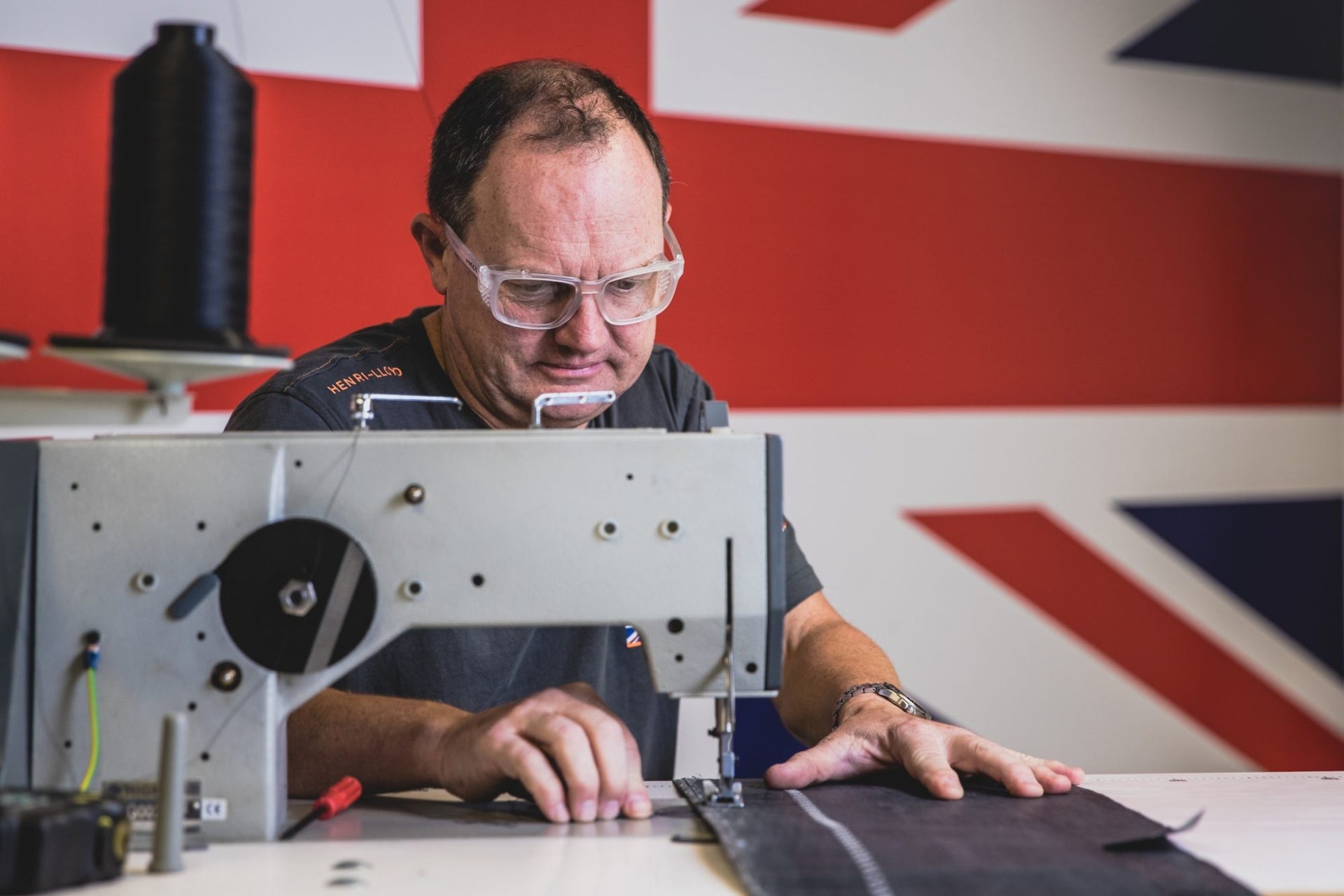
WINGS OUT, SAILS IN
WINGS OUT, SAILS IN
The Return Of Traditional Sailmaking
Sail loft production manager, Ian ‘Shinzy’ Pattison © Harry KH
This article was first published by INEOS TEAM UK, November 2019
Sails have taken a change in direction for the next edition of the America’s Cup and with it comes the return of more traditional sailmaking. OUT are the semi-rigid 23 metre wings that were used on the 50’ ACC catamarans, IN are the new double-skinned mainsails that are now raised and lowered 26m to the top of the mast.
The revolutionary new design brings some of the aerodynamic advantages of the wing into the traditional sailing world. The two ‘sail skins’ that constitute the mainsail are attached to the rig, one to each corner of the back of the D-shaped mast section. It’s a 3Di product from North Sails, made from carbon fibre and equipped with buoyant material or airbags at the top, to provide buoyancy in case of capsize. The rig is one design, developed and produced by Southern Spars.
Prepping the new double skinned mainsail © Harry KH
Each team can produce up to 10 mainsails under the rules. Along with the mainsail you have the jibs and code zeros. There are five jib sizes to accommodate the different conditions and they weigh around 60kg each. Unlike the main, they are a single skin construction. The code zero, used in lighter sailing conditions has replaced the traditional spinnaker on the downwind legs, but could also be used upwind when it’s very light.
The previous wing concept was complex and required a specialist operations team and a crane to attach it to the platform. The new mainsails need support from more traditional sailmakers and allow the team to change sails on the water. The INEOS TEAM UK sailmaking team is three strong, headed up by Sail Loft Production Manager, Ian ‘Shinzy’ Pattison alongside sailmakers Sam Haines and Danny Leech.
INEOS TEAM UK Sailmaker Sam Haines © Dan Wilko
Shinzy has campaigned with numerous Cup teams, whereas for Sam and Danny the AC36 will be their first. Sam has over 20 years of sailmaking knowledge and provides some insight into the new sail concept: “The nice thing about this type of sail, compared to the previous wings, is that it does bring back the more traditional skills and machine work, which I think some people have been missing in the previous editions.
“The mainsail is the biggest sail on the boat; it is the primary device for controlling and powering the boat. It’s the equivalent to having a rudder in the sky! Iain is our trimmer onboard, there’s a lot of controls that primarily attach to the top (head) of the sail, including the twist and camber control.”
INEOS TEAM UK Head Of Rigging, Chris Noble © Lloyd Images
These controls have a big impact on the balance of the boat, and the mainsail trimmer must work very closely with the helmsman to control the boat and keep it going fast.
“The main sail is essentially the same product you see out on a 30-foot sailboat out on the Solent, just some of the engineering is different because of what we are trying to achieve with these AC75s. There’s a lot of components inside the sails so the boat builders are manufacturing these for us, there’s a lot of involvement from the different trades within the team.
“We are still in a development phase and looking at different concepts and set ups. However, a lot of the thinking has come from how the wing sails worked, so we are trying to adapt this concept into the soft sail. We are really going to be pushing the boundaries.”
Sam described a typical sailing day for him and the team. “The mainsail goes on the boat around 15-20 minutes before we are due to leave the dock. Then out on the water there’s one or two of us out there from the sail loft, in case we need to make any quick repairs and to assess if any changes need to be made.
“But our day really starts when the team get back! We bring the mainsail, jib and code zero into the base, check all the internal and external components, check the corners and batten tensions to make sure there’s no wear and tear we have missed. It’s around three hours of checking per sailing session.”
INEOS TEAM UK Sailmaker Sam Haines © Dan Wilko
“It’s a really exciting time to be a sailmaker in the America’s Cup and I think this concept can – and will – eventually trickle down to the wider sailing industry.”
READ MORE
READ MORE
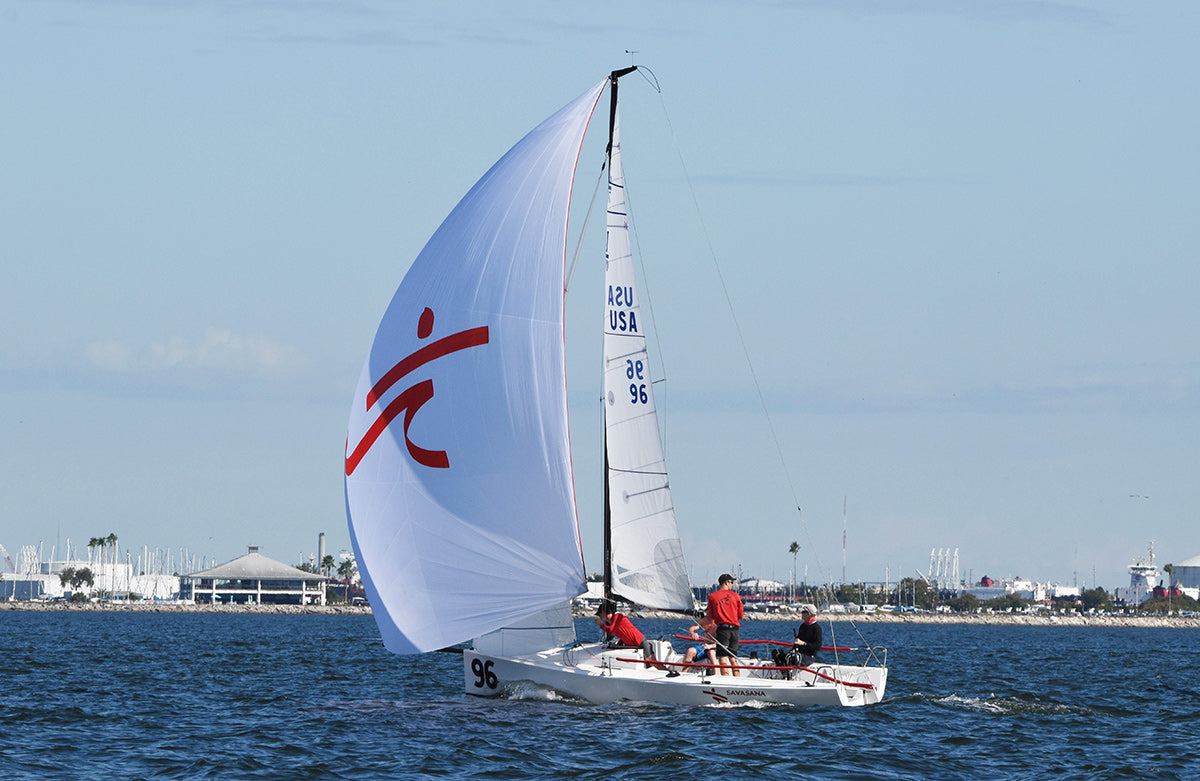
SAVASANA SHINES IN J/70 WINTER SERIES OPENER
SAVASANA SHINES IN J/70 WINTER SERIES OPENER
North Designs Powered Top Five in Tampa
The weekend champion, Savasana, won with North Sails. 📸 Chris Howell
Sunny conditions welcomed forty-eight teams for the J/70 Winter Series opener, hosted by Davis Island Yacht Club. North clients dominated the fleet, taking the five top spots. Congratulations to Brian Keane and his corinthian team on Savasana for winning first place overall.
The weekend kicked off as usual with the Friday Porch Series, a series of practice races and starts for all competitors organized by North expert Jackson Benvenutti. All teams did practice starts and races to get warmed up for the weekend, followed by a comprehensive debrief led by coach Jackson. The club was packed with enthusiastic sailors sharing ideas, techniques, and information.
On Saturday the fleet only got one lap in before the wind shut off for the day. Once racing was abandoned, sailors were treated to chili and beer at DIYC, proving once again why it is one of the most hospitable clubs around. That evening, teams headed to some of Tampa’s many sports bars for NHL hockey action.
On Sunday morning, three races were sailed in a 5-10 knot easterly breeze that put a premium on clear air off the start and avoiding holes. Here are two lessons learned:
Steer With Your Weight Downwind
The spinnaker trimmer moved side to side (along with some help from the bow person) to help steer the boat, which reduced the amount of rudder movement needed.
Accelerate As A Team
Starting in light air, there is always a battle between allowing enough distance to accelerate without being covered by competitors. On final approach, our jib trimmer relayed distance to the line. That allowed trimmer and driver to be on the same page for the final acceleration.
The next regatta in the J/70 Tampa Winter Series is set to begin January 10, we look forward to seeing everyone there!
📸 Chris Howell
📸 Chris Howell
READ MORE
READ MORE
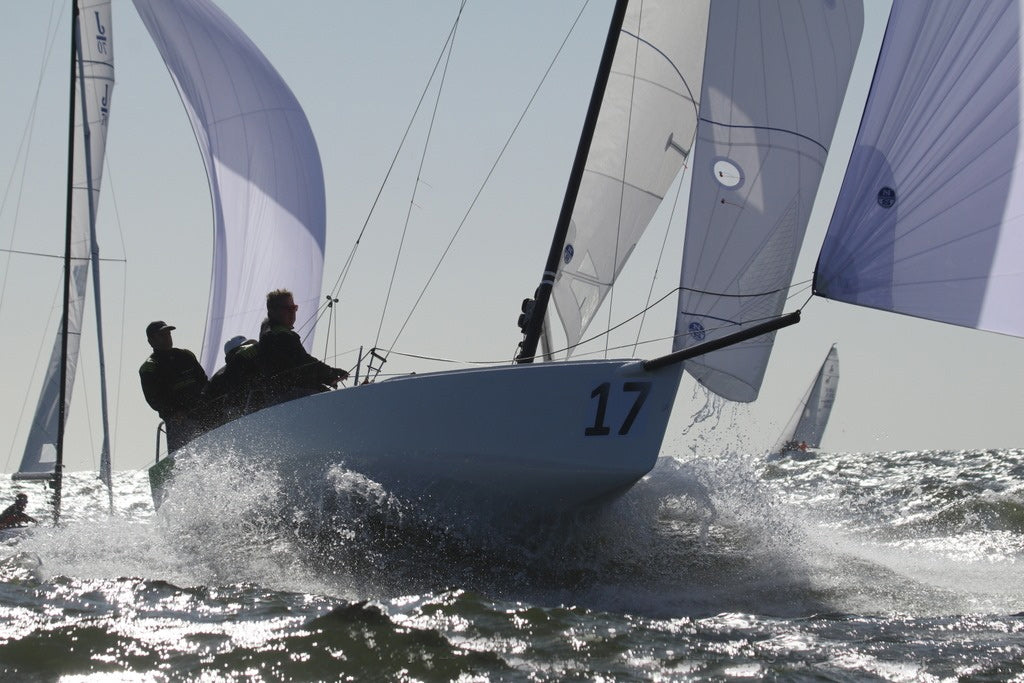
PODIUM SWEEP AT THE J/70 SOUTH AMERICANS
PODIUM SWEEP AT THE J/70 SOUTH AMERICANS
A Tie For First, With Two Different Mainsails
📸Jorge Cousillas
The J/70 South Americans were sailed in Punta del Este, Uruguay the first week in December. Giulio Desiderato, the mainsheet trimmer onboard winners Petite Terrible, says it was a really close championship. “The top two boats were tied and the third just one point behind. Punta del Este was a great racing venue, and we sailed in all the wind conditions, from really light up to 20 knots.” The italian team skippered by Claudia Rossi used the F-1 mainsail, J-2 High Clew jib, and AP-1 spinnaker.
“The F-1 mainsail compared to the XCS-2 has less luff curve,” Giulio points out, adding that it was the first time the team used that sail. “We really focused on the bend, trying to tune a straighter mast.”
Playing a lot with the lower and with the vang also helped control the bottom shape of the mainsail, he says. “A powerful shape allowed us to be really fast with the chop and cross waves of Punta del Este. Especially the last day, it was really puffy and patchy, so our goal was to find a set up that allowed us to play with the maximum range of backstay.”
In second place on countback was a team led by Guillermo Parada, who sailed in the Olympics for Argentina and is also helmsman of the TP52 Azzurra. Both Parada’s team and third place Enfante Terrible sailed with the XCS-2 mainsail, J-2 High Clew jib, and AP-1 spinnaker. North Sails designer Giovanni Cassinari was Enfante Terrible’s main trimmer.
“It was a great event, really well organized, and with great sailing conditions,” Giulio concludes. “And it’s been great training for us, looking forward to our objectives for the 2020 season.”
Related articles:
Which J/70 mainsail is best for your team?
How to choose the best J/70 jib
Learn more about the world’s fastest J/70 designs.
Starting line in Punta Del Este. 📸Jorge Cousillas
Claudia Rossi’s Petit Terrible, 2019 south American Champions 📸Jorge Cousillas
📸Jorge Cousillas
READ MORE
READ MORE
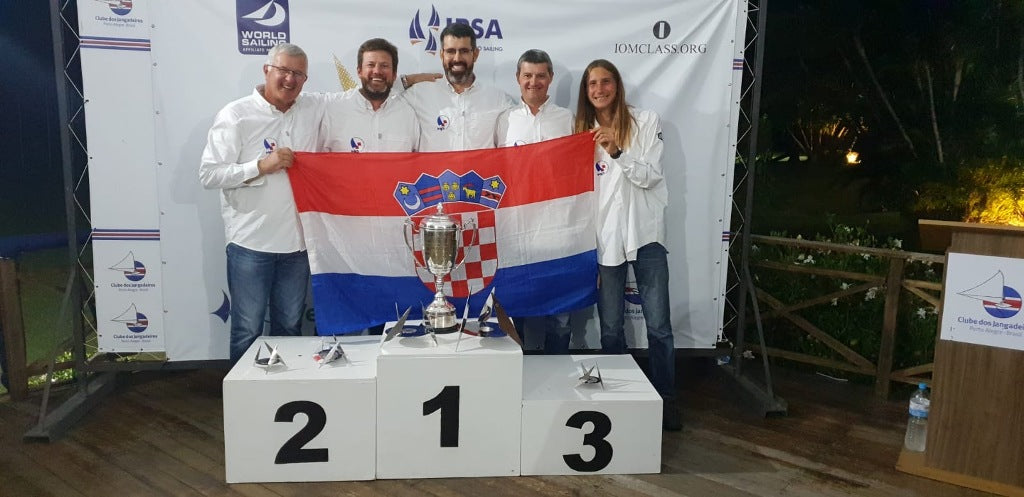
HRVATSKI RU JEDRILIČARI SU NAJBOLJI NA SVIJETU
Hrvatski RU jedriličari su najbolji na svijetu
FOTO: IOM WORLDS 2019
Osim dvojca iz naslova i ostatak hrvatskog tima se vratio doma sa Svjetskog prvenstva radio upravljanih jedrilica klase IOM s osmjehom na licu, pa da rezimiramo... Zvonko Jelačić sa zlatom, Ante Kovačević sa srebrom, Mirko Ukas sa sedmim mjestom, Bruno Marević je najbolji junior, a Vedran Vesanović najbolji grand master!
Ovako iznimni rezultati su definitivno rezultat kako iznimnih talenata, tako i uloženog velikog truda. Da ne bi bilo zabune, naši jedriličari su u samom svjetskom vrhu ove klase već dugi niz godina, ali ovako nismo dominirali još od Barbadosa 2009. godine kad je Zvonko Jelačić osvojio svoju prvu svjetsku titulu.
Ovo mu je ukupno treći naslov svjetskog prvaka, jer je rezultat s Barbadosa ponovio prije dvije godine u Francuskoj i trenutno je jedini jedriličar koji je uspio obraniti naslov i koji ih ima čak tri!
Kako je to izgledalo s bodovne strane možete vidjeti na ovom linku, a kako je to izgledalo na licu mjesta i u pripremnom razdoblju najbolje je da nam ispričaju i sami glavni akteri ove lijepe priče:
U Brazil smo stigli dva dana prije početka da se malo aklimatiziramo, samo četiri sata je vremenske razlike, pa to nije bio toliki problem, ali trebali smo malo izviditi situaciju. Obavezno je uspješno proći premjeravanje, koje traje dva dna, pa smo htjeli malo izviditi područje jedrenja, smještaj itd. Prejeravanje je proteklo manje više glatko, ta dva pripremna dana smo napravili i dva treninga. Znali smo da smo brzi, ali nismo znali koliko jer nitko nije htio s nama trenirati :) Dobro, nismo se baš ni ciljali da treniramo s nekim od jakih. Oni bi došli ujutro, a mi bi brodove bacili poslijepodne. Onda b oni došli i gledali, nitko nije htio baciti brod skupa s nama. Jedino se Mirko žalio nakon tih treninga da mu je brod spor, pa smo mu morali objasniti da nije on spor, već da smo se mi značajno ubrzali :) Ja i Ante smo cijelo ljeto radili na brodovima i kad se jedri toliko dugo onda više nije samo u brodovima, već si cijeli u tome. Točno znaš da li je to to ili brod može još brže. Mislim da nam je to bilo ključno, jer su se uvjeti u Brazilu stalno mijenjali. Nismo imali dva plova po istim uvjetima. Ujutro bi imali nešto kao što je u nas maestral. Ujutro bi bio lagan vjetar, a za uru i pol već je dva čvora jači. A s obzirom da do idućeg plova moramo čekati po sat i pol - dva, dok se izredaju sve grupe, uvjeti se značajno promijene. Pa do trećeg plova u danu vjetar možda ostane iste snage, ali je u međuvremenu narastao val. Četvrti plov možda ostane isti uvjet, a na petom plovu već krene slabljenje vjetra, a val ostane... To je npr. bila značajna razlika u odnosu na Barbados gdje nisam promijenio trim niti jednom u sedam dana, a ovdje je svaki plov bio s drugim trimom... što promjena u sakovima, tenziji štraja. Mislim da je to bio vrlo važan element ove regate, naravno uz dobar start i dobru brzinu, jer vjetar je bio dosta stabilan. Nije bilo nekih posebnih driceva, OK, uvijek je neka strana bolja, ali s tim se nisu mogla čuda raditi. U redu, bilo je nekih ruta s kojima se moglo dobiti nekoliko dužina broda do bove, ali ako ja to mogu nadoknaditi brzinom to nije toliko bitno. Da ne bi bilo zabune, brzine koje smo imali ja i Ante nisu bile nešto značajno veće od ostalih koji su brzo jedrili. U nekim uvjetima bi se netko našao tko je pratio našu brzinu, ali stvar je u tome što kad bi se uvjeti promijenili taj više nije imao istu brzinu, već bi usporio, a netko drugi bi nam se približio. Da se razumijemo, nismo imali brzine s kojima nas nitko nije mogao pratiti, ali bila je dovoljna da npr. nakon starta prvi dođemo do laylinea i tad se već stvori situacija po kojoj nas nitko više ne može pratiti. Onda dođe vira, koju u mnogim uvjetima Kantun 2 može napraviti brže od ostalih, pa tu dobijemo još pola dužine. Tako da ako se regularno startalo s ostalima, sad si već među prvih nekoliko brodova, a onaj koji je startao pored tebe ako nije pao u šiju, nego je bio malo sa strane, sad je već 7-8. To je ogromna razlika... I onda kad na bovi od krme ponovno okreneš među prva 3-4 broda ponovno prođeš jedan - dva broda na račun brzine... Najbolji primjeri ovih razlika su Britanac Peter Stollery (svjetski prvak iz 2011., u Brazilu završio na 5. mjestu) koji je najbolje rezultate radio kroz jutro kad je bio lagani vjetar. Onda kad bi vjetar pojačao više nam ne bi bio opasnost, a njegovo mjesto bi zauzeo Novozelanđanin Ian Vickers (završio je s broncom) i Francuz Romain Dubreull (4. mjesto). Da ne bi bilo zabune, svi oni su jedrili dobro.
Zvonko Jelačić, svjetski prvak
FOTO: FACEBOOK PRVENSTVA
Za Brazil smo kontinuirano trenirali od regate u Rogoznici, u siječnju. Jedrili smo po svim uvjetima... buri, jugu, kiši, suncu... a program priprema smo obogatili odlascima na dvije velike regate u inozemstvu. Jedna je bila u Engleskoj, a druga u Španjolskoj. Njih smo izabrali jer su nam trebale jake regate da se vratimo u regatni mod, jer smo inače kontinuirano jedrili samo brod na brod u smislu iznalaženja njegovih najvećih brzina i najboljih mogućnosti. Tako da su nam te dvije regate bile potrebne baš zbog samog regatnog karaktera. Što se tiče Brazila, nas petorica smo bili zajedno smješteni u jednom stanu u blizini kluba, tako da nismo bili ovisni o autobusu koji je ostale natjecatelje vozio od hotela i natrag, pa smo mogli imati svoj ritam i rutinu. Svako natjecanje ovako jakog karaktera počinje s vrlo detaljnim premjeravanjima. Što se tiče mene i Zvonka to je trajalo malo duže, jer smo neke stvari ostavili za sam kraj. Naime, do pred sam odlazak iz Splita radili smo na kolombama i ostavili smo neke stvari nedovršene s ciljem da ih finaliziramo na licu mjesta u skladu s uvjetima koji su tamo vladali. Ono što nam je najviše nedostajalo u pripremnom razdoblju su startevi i pripadajuća gužva, što mi doma nemamo već neko vrijeme. To je praktički meni i presudilo. Moj zaostatak za Zvonkom je u tome što sam ja tih šest dana jedrenja imao 6-7 izlijetanja na startu. Jednostavno zbog tih 6-7 regata, dovoljno da sam bio par mjesta iza njega, a što i jesam, jer se moraš vratiti, ponovno startati... i to je tih 18 bodova razlike na kraju. Mislim da on nije niti jednu izletio i da je to odlično odradio. Što se tiče uvjeta za jedrenje moram reći da smo mi u tom pripremnom razdoblju proveli sate i sate proučavajući video snimke regata koje su se jedrile u tom akvatoriju. Pregledali smo sva dostupna videa na YouTubeu. I mislim da smo dosta dobro snimili uvjete koji su na toj vodi... jer to tamo je voda, nije more. To je inače ušće velike rijeke i oko 90% regata smo odvozili tako da nam je kurenat te rijeke bio u krmu, pa nas je guralo vani i vjerojatno je i to razlog zašto sam toliko puta izletio na startu jer na to nisam navikao. Međutim, kurenat nije bio toliko jak jer je rijeka na tom mjestu stvarno široka. Što se tiče vala, on je bio kratak i "čopav", razlog je što je to bila slatka voda, pa se ona lakše obrušava i teren je drugačiji, plitko je. Tako da smo pokušavali ovdje pronaći takve uvjete i najbliže tome smo pronašli kod Trogira kad puše jugo, pa smo nekoliko treninga napravili i tamo uz pomoć Marija Škrlja. Tu smo npr. testirali B jedra po takvom valu. U svakom slučaju tu domaću zadaću smo odlično odradili jer smo bili dominantni po takvim uvjetima. Vjetar je bio takav da je vladala dnevna termika, ujutro lagani vjetar, a kasnije okretanje za suncem, samo što taj "maestral" puše s druge strane, jer smo bili na drugoj zemaljskoj polutki. Slična situacija je bila i sa suncem, jer drugačije putuje nego što smo na to naviknuli. Bili smo postavljeni slično kao kod nas, gledali smo put juga, ali sunce je prolazilo nama iza leđa, a ne ispred nas kao što smo naviknuli gore na sjeveru. I to sunce, odnosno refleksija, bi nam smetalo tek na kraju dana. A boja vode, onako smeđa... rijeka je puna mulja, nitko se nije kupao u njoj osim nas kad smo na kraju morali skočiti u nju :), a po riječima lokalaca navodno je bilo i aligatora na drugoj obali. I za kraj još jednom moram istaknuti da je ovaj rezultat plod velikog rada zadnjih godinu dana, svladavanja tehnike jedrenja po tom čopavom valu, kao što vjerujem da su svoj udio imali nova peraja i olovo koje smo dizajnirali baš za takav val. I ne smijem zaboraviti spomenuti da smo baš zbog takvih uvjeta dolje išli s malo dubljim jedrima, jer za takav val treba imati malo više snage u jedrima. A u dizajnu tih novih jedara svojim prijedlozima nam je pomogao i Tomislav Bašić.
Ante Kovačević, svjetski viceprvak
Osim njih dvojice svoj veliki pečat regati je napravio i Mirko Ukas. On jedini od našeg tima nije jedrio s najnovijim Zvonkovim dizajnom, već s generaciju starijim Kantunom S. Ali svejedno, nakon što je uhvatio ritam uvjeta i vala i Mirko pokazuje svoju kvalitetu i osvaja fenomenalno 7. mjesto na svijetu. Inače je on bio glavni logističar tima. Pripremu svih doručaka i večera je preuzeo na sebe i sa svojom kuhinjom sigurno dao svoj doprinos osvojenim medaljama.
Prvi put na regati smo imali i jedriličara u kategoriji grand master. Riječ je o Vedranu Vesanoviću, koji je stalni član naše reprezentacije već desetak godina, ali sad prvi put u ovoj kategoriji, a taj ulazak u ovu konkurenciju obilježio je osvajanjem titule najboljeg u svojoj dobnoj skupini.
Još smo imali i najboljeg juniora prvenstva, Bruna Marevića. Njemu je ovo bio prvi izlazak na najjaču svjetsku scenu u ovoj klasi. Vrlo dobro je krenuo s jedrenjem. Na kvalifikacijama je skoro završio na 3. mjestu i odmah bi upao u A grupu, ali na kraju nije uspio izorcati cilj, pa je virao i kad je izbjegavao četvrtog udario je u petog. Nije se dobro snašao kod iskupljivanja i završio je zadnji, pa je regatu započeo iz grupe E. Tako da se prvih tri - četiri dana vrtio u zadnjim grupama i tek se zadnji dan stabilizirao u grupi C. Napokon se natrimao da ide dobro i onda je došao do grupe A u kojoj je uspio ostati dva puta.
Najbolje se snalazio kad je vjetar bio najjači, za najmanja jedra (C komplet). Po laganim i umjerenim vjetrovima uglavnom se jedrenje svodi na stegnuti škotu i strpljivo odjedriti zamišljeno, dok s C jedrima potrebno je puno više raditi i s jedrima i kormilom, a to ga je više podsjećalo na klasu 420 u kojoj i inače gradi svoju trenutnu jedriličarsku karijeru. U svakom slučaju IOM scena u Hrvatskoj je dobila još jednog prosperitetnog jedriličara u svojim redovima.
FOTO: FACEBOOK PRVENSTVA
Naša ekipa je u Brazilu stanovala u blizini kluba u jednoj stambenoj zgradi i praktički su mogli do kluba ići pješice, dok su ostali jedriličari bili u udaljenom hotelu do kojeg i od kojeg su putovali autobusom kojeg je osigurao organizator. Porto Alegre je inače na sjeveru Brazila u dijelu koji je dosta razvijeniji od ostatka države, ali je stopa kriminala svejedno dosta visoka i zbog sigurnosti su domaćini preporučili svim jedriličarima da noću ne izlaze na ulicu. A što se tiče osiguranja zgrade u kojoj su stanovali zanimljivo je da je ograđena visokim zidom na kojem se nalazi žica pod naponom, naoružani čuvar na ulazu s ulice i još jedan na ulazu u zgradu. Također je i jedriličarski klub okružen jednakim sigurnosnim mjerama s neizbježnim naoružanim čuvarima, dok je regatna zona je bila smještena na otočiću ispred kluba. Do njega se dolazilo preko mosta na čijem početku je također stajao čuvar i natjecatelji su praktički bili izolirani od ostatka Brazila.
Unatoč van serijskom jedrenju naših jedriličara treba pohvaliti i dizajne jedrilice s kojom su jedrili... Kantun 2 i Kanutn S. Kad se letimično statistički obrade podaci dolazi se do podatka da su ovi dizajni osvojili više od 50% prvih mjesta na ovom prvenstvu. Naravno, u paketu s trupom idu i pripadajuća 3D jedra koja se izrađuju po Zvonkovom patentu i posljednjih desetak godina je jedini proizvođač koji koristi ovu tehnologiju u svijetu radio upravljanog jedrenja.
Da to nije mala stvar govori i to da se mnogi vrhunski dizajneri bave i oviim malenim jedrilicama. Najzvučnija imena su definitivno Giovanni Ceccarelli s čijim dizajnom imena Sedici je jedrilo nekoliko jedriličara, a na trećem mjestu je završio novozelandski jedriličar i dizajner Ian Vickers koji je bio jedan od dizajnera jedrilja na nekoliko novozelandskih America's Cup jedrilica!
Osim jedriličarske strane, na kraju prvenstva se pokazala i ljudska strana. Kako danas skoro svatko koristi Facebook i sve se nalazi na društvenim mrežama, tako su i mnogi sudionici primijetili da naši reprezentativci dijele neke novinske članke u kojima se spominje JK Zenta. Upotrebom Google prevoditelja mnogi su išli pročitati o čemu se radi i nisu mogli vjerovati da se malverzacije koje se događaju u Zenti mogu uopće dešavati u jednoj pravno uređenoj državi.
Posljednjeg dana su odlučili da će svi zajedno u znak podrške ovom jedriličarskom klubu napraviti grupnu fotografiju:
FOTO: FACEBOOK PRVENSTVA
I za kraj jedna zanimljiva crtica vezana uz klasu IOM je i taj što do nedavno, po pravilima, nisu mogla biti organizirana kontinentalna prvenstva, osim Europskog prvenstva i Svjetskog prvenstva. To se može tek od posljednje izmjene koja je napravljena na inicijativu trenutnog predsjednika klase, brazilca Freda Roche. Prilikom glasanja za ovaj prijedlog najveći protivnici su bili Britanci. Oni su inače jedna od velesila u radio upravljanom jedrenju, ali unatoč velikoj brojnosti i dugoj tradiciji pomalo gube svoj dosadašnji značaj rastom popularnosti i dostupnosti ovog sporta u ostatku svijeta. Direktna posljedica novih pravila, osim što će sad svaki kontinent moći imati svog šampiona, je i drugačija raspodjela mjesta na svjetskim prvenstvima, jer se mora promijeniti i ključ distribucije. Naravno, Britanci će na taj način zbog loših rezultata u posljednje vrijeme izgubiti određeni broj mjesta, a također i svoj utjecaj prilikom donošenja pravila. Najbolji primjer utjecaja britanskog lobija je i korištenje sustava jedrenja velikih prvenstava. Trenutno je u upotrebi sustav koji dozvoljava kontinuiranu fluktuaciju natjecatelja kroz jakosne skupine, ali smanjuje maksimalni broj natjecatelja, broj jedrenja u jednom danu, ima utjecaj na brzinu rješavanja protesta itd. Dok se u Hrvatskoj na velikim regatama trenutno koristi sustav vrlo sličan sustavima koji koriste mnoge druge klase, a zasniva se na tome da se u prvom dijelu regate jedre kvalifikacije i kasnije finala. Prilikom posljednjeg glasanja o ovom sustavu Hrvatski prijedlog je izgubio tijesnom manjinom, ali možda s novim promjenama doprinese modernizaciji ovog segmenta jedrenja.
U svakom slučaju naši jedriličari na regatnom polju pokazuju da su najbolji neovisno o sustavu, a s obzirom na nove akcije koje se rade na popularizaciji ovog vida jedrenja, svi mladi i budući jedriličari radio upravljanim jedrilicama imat će sigurno najbolje mentore na svijetu da ih upute u sve detalje ove vještine!
READ MORE
READ MORE
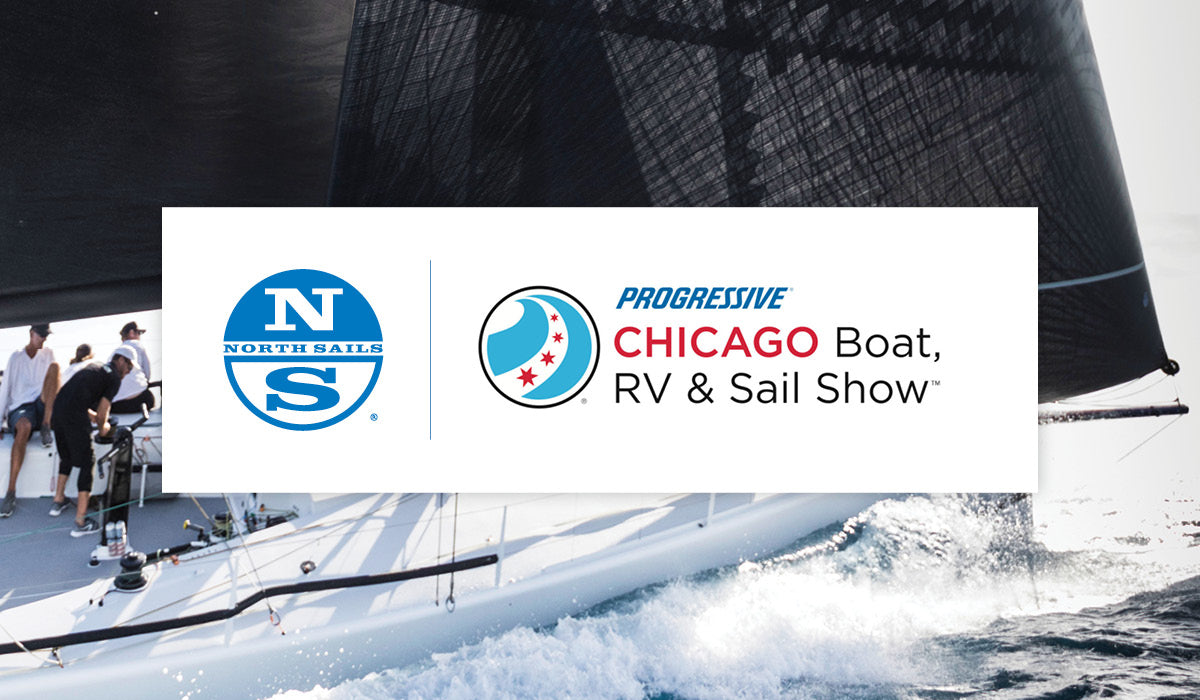
JOIN US AT THE 2020 CHICAGO BOAT, RV & SAIL SHOW
JOIN US AT THE 2020 Chicago Boat, RV & Sail Show
Shop New Sails And See What's New
READ MORE
READ MORE
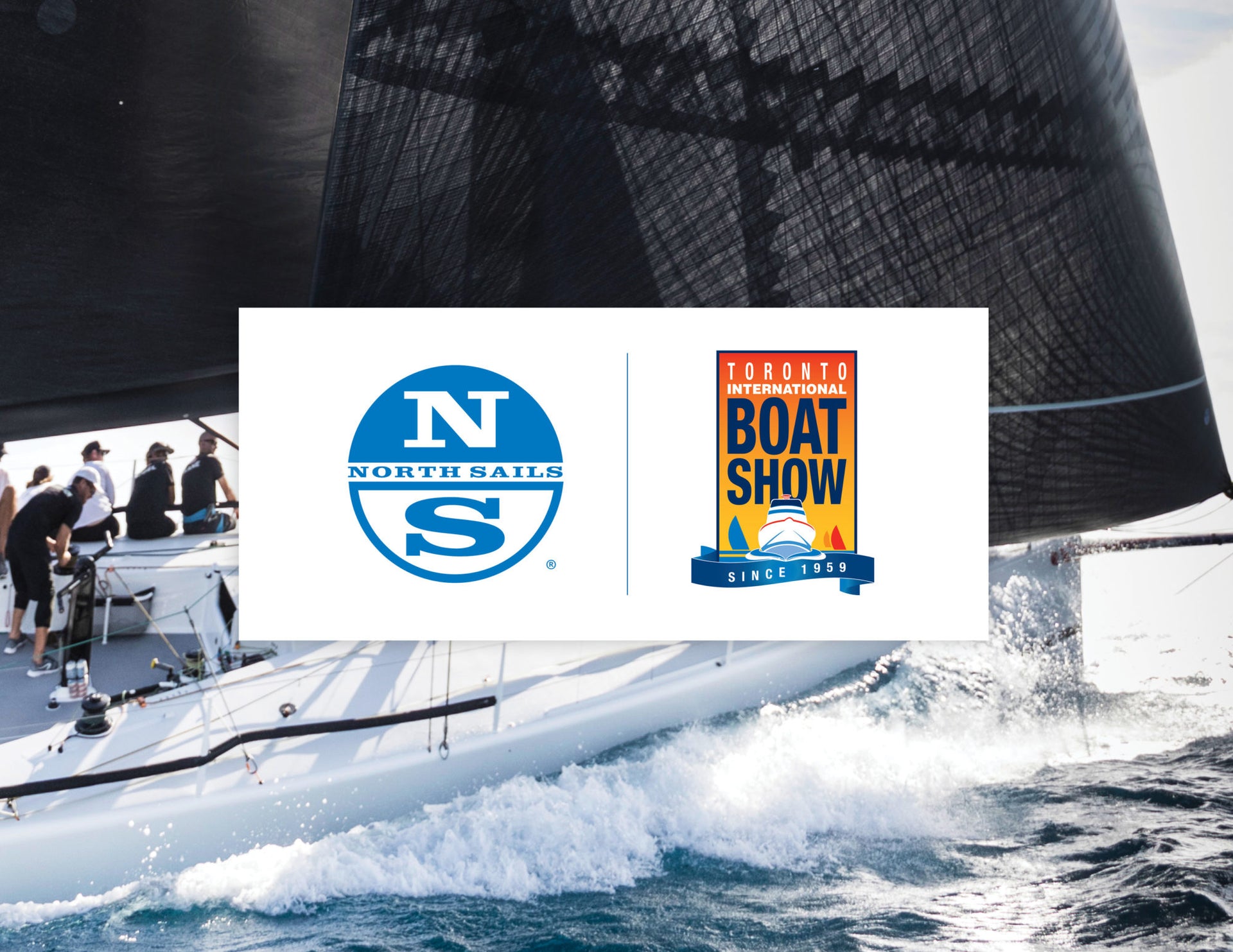
JOIN US AT THE 2020 TORONTO BOAT SHOW
JOIN US AT THE 2020 TORONTO BOAT SHOW
Shop New Sails And See What's New
READ MORE
READ MORE
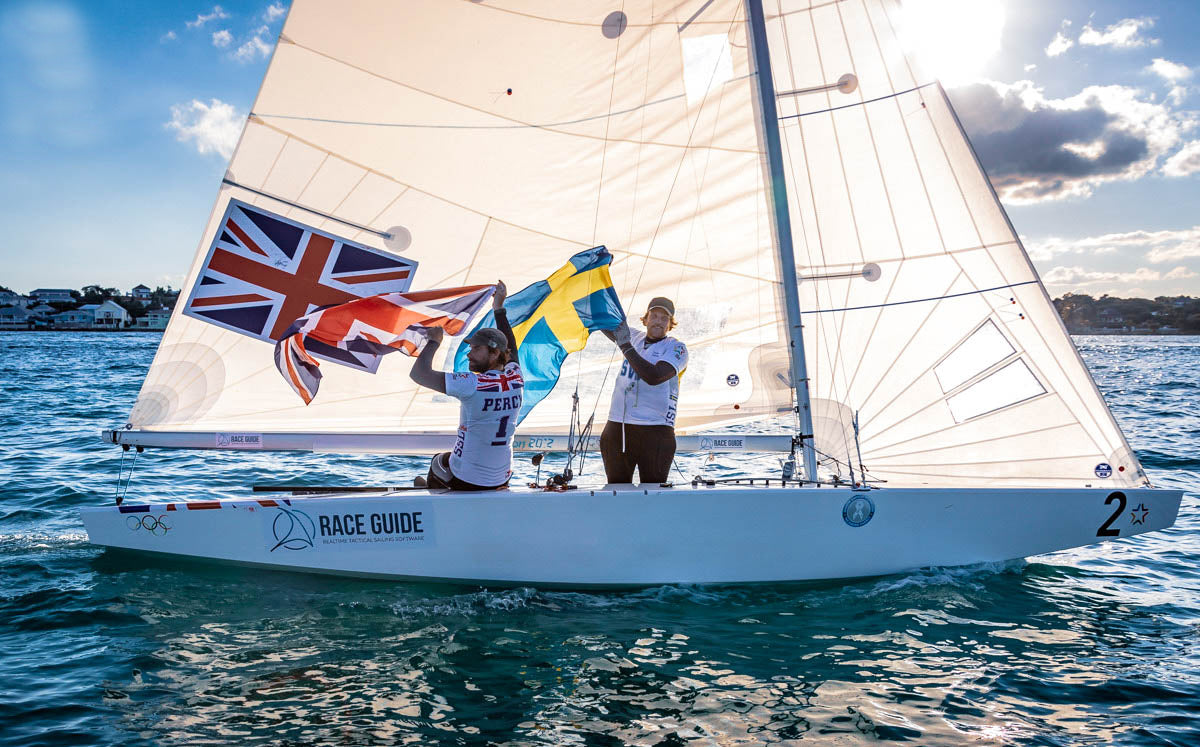
NORTH SAILS POWERS STAR SAILORS LEAGUE WINNERS
NORTH SAILS POWERS STAR SAILORS LEAGUE WINNERS
Iain Percy & Ander Ekström Take Home the Big Prize
23 of the world’s best sailing teams gathered in Nassau, Bahamas for the seventh edition of the Star Sailors League Finals. With Olympic medalists lining up with world champions from a variety of classes in a knockout format, it was a battle right from the first start. Four days later, a too-close-to-call finish gave the British/Swedish duo of Iain Percy and Ander Ekstrom a tiny victory over the French team of Xavier Rohart and Pierre-Alexis Ponsot. Both teams finished only meters ahead of Norwegian Evind Melleby, who sailed with American Josh Revkin.
The top two teams race with North Sails and were fast throughout the wind range. Iain Percy used the same M-16 mainsail that helped him win a silver medal at the 2012 Olympics and a new J-115 full radial jib, and he felt they were incredibly quick during the finals. Xavier Rohart, who used the lighter air J1-R5 jib, said, “The boat was very easy to sail and really, really fast, I just had to try and go the correct way.”
The M-16 design is ideal for softer rigs. The more recent M-25 design is optimised for the newer stiffer masts, though it can also be used with confidence on other masts.
The North designs are faster than ever. The SSL result, combined with the victories at the Eastern and Western Hemispheres and the North Americans, proves that there are no better Star sails on the market.
Star World Champion and North Sails expert Eric Doyle also made the finals and was really impressed with the sails. “Our designs are faster than ever. The SSL result, combined with the victories at the Eastern and Western Hemispheres and the North Americans, proves that there are no better Star sails on the market.”
Congratulations to the top two teams on their excellent results, and also thanks to the Star Sailors League and Nassau Yacht Club for putting on such a fantastic regatta.
READ MORE
READ MORE
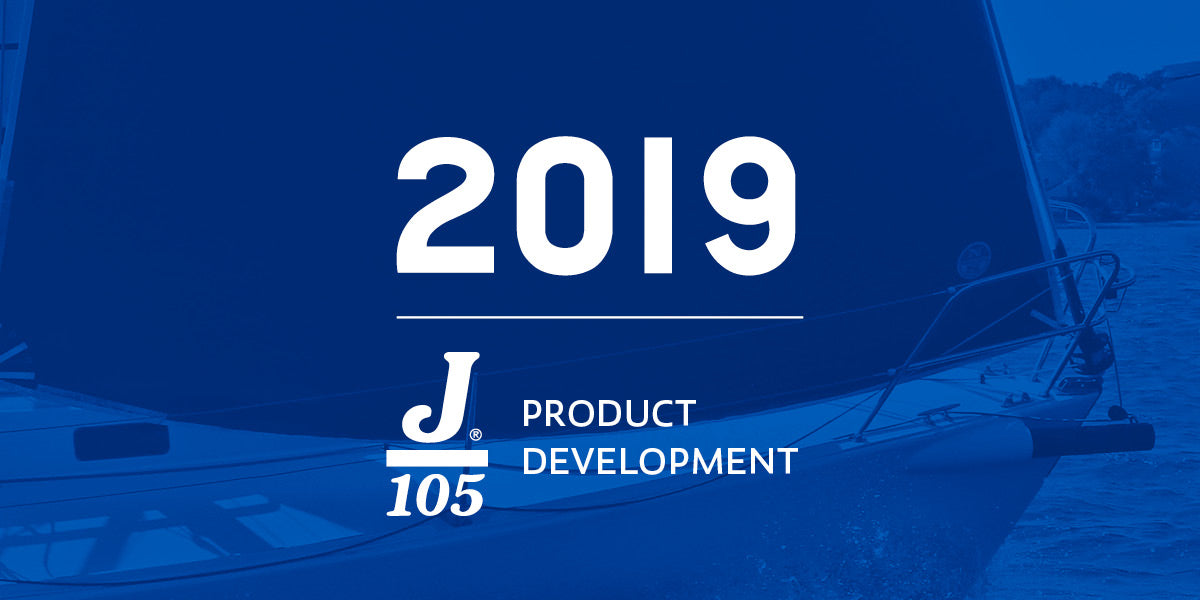
NORTH SAILS RELEASE NEW JIBS TO MEET J/105 LATEST CLASS WEIGHT RULES
NORTH SAILS RELEASE NEW JIBS TO MEET J/105 LATEST CLASS WEIGHT RULES
New Lighter Sails Retain Market-leading Durability, Shape Holding And Performance
North Sails have released new 3Di jibs for the J/105, updating the popular Mi-4 to the Mi-5 and the Li-5 to the Li-6 to meet the new weight rules set by the class. The new designs continue to offer unparalleled durability, speed and range as a result of North’s unique 3Di technology.
Allan Terhune, the J/105 Class Expert with North Sails in Annapolis MD, added, “The new Mi-5 and Li-6 jibs are now really right in the wheelhouse of peak performance, as we were arguably previously over-building them before to meet the weight requirements. But with the new minimum weight, these sails are really coming into their own.”
Sail designer Rich Bowen added, “The designs remain the current standard and the previous sails had some parasitic features to boost weight to achieve the old class minimum, so updating the finishing and tape layouts has been key to the new sail. The new J/105 jibs are now all 760 RAW, which immediately saved some weight. We were then able to reduce sail structure and still have the strength required to achieve the same flying shape. “Non-standard” edge reinforcements were removed, and we applied appropriate-sized corner rings and webs on the new models.”
J/105 boats racing with North Sails have long benefited from 3Di technology, with no delamination and uncompromised shape retention. North J/105 clients are able to see sustained performance over multiple racing seasons without replacing sails, netting a bigger return on investment and value-for-money.
The J/105 events in 2020 include the popular NOOD Regattas in the Spring in Annapolis MD, San Diego CA and Marblehead MA, as well as the North American Championships in October. In 2019 North Sails clients dominated the North Americans, Midwinter Series, East Coast and NOOD regattas, in one of the strongest results for North powered boats on record. North Sails supports the Class across all key events, with representatives on the ground at regattas offering instructional seminars and helping clients get the most out of their sails.
As the leader in One Design sailmaking, North Sails is offering special pricing for all orders placed by December 31st, 2019.
Contact your local North expert today.
READ MORE
READ MORE
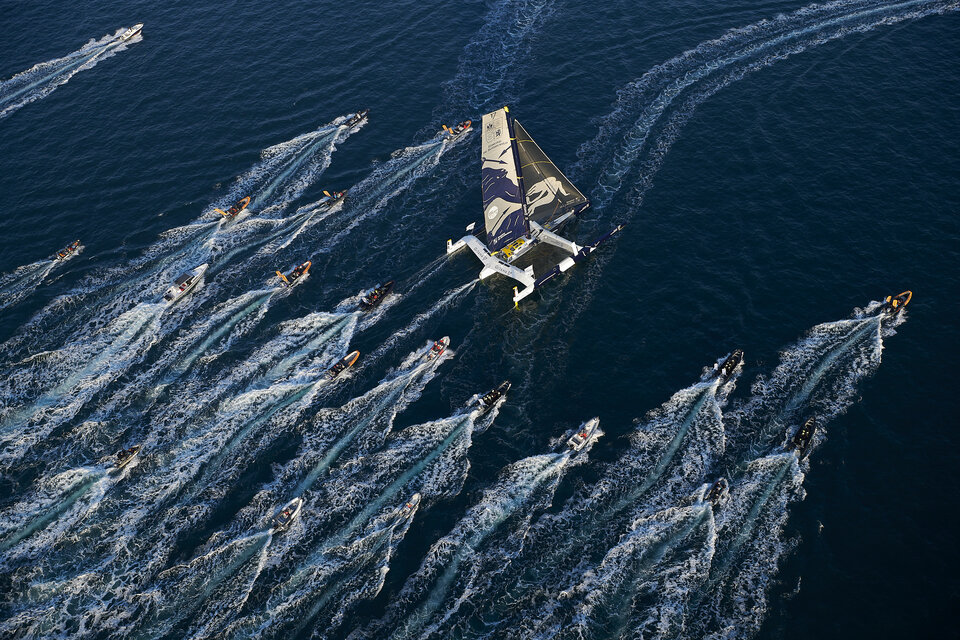
#NSVICTORYLIST: BREST ATLANTIQUES
#NSVICTORYLIST: BREST ATLANTIQUES
Second Major Offshore Victory For Gitana’s Edmond de Rothschild
📸 Yann Riou
This article was published at 0400 on Friday December 6th. At this time, MACIF & Actual Leader had not finished. You can track them here.
The 2019 edition of the Brest Atlantiques was known as the “flight of the giants,” with four super -charged Ultim trimarans driven by talented sailors and powered by North Sails 3Di. The race cast off on November 5th from Brest on a 14,000nm journey and has now reached an ending with three of four teams making it to the finish line. The winner, Gitana’s Maxi Edmond de Rothschild, crossed the finish line in the morning on December 5th, making this the second major offshore victory for the team this year, first being the Fastnet in August where they claimed multihull line honours. Covering a total of 17,084 nm at an average speed of 24.57 knots, and only 28 days to finish the race, skippers Franck Cammas and Charles Caudrelier, and media team member Yann Riou kept their Ultim on the edge as much as possible, racing as fast as they could with a clean and clear strategy to snag the lead on the fleet.
📸 Yvan Zedda
They didn’t have the lead until they crossed the Robben Island course off of Cape Town and worked hard to eliminate maneuvers and reel in Sodebo, who was at that time 13 hours and 53 minutes ahead. Battling the unstable tradewinds, Edmund de Rothschild couldn’t follow a course as direct as they had planned but they kept their heads in the game and to find the most optimum route across the Equator that would put them ahead of their competitors. Once they passed the Cagarras Islands, Actual Leader was close on their tail, so they knew they had to play it smart and sail fast to get ahead of the weather systems that were pushing in.
Once Edmond de Rothschild had less than 2000nm to go, they knew they needed to reach the Azores quick so they could catch the front where the conditions were sporty but most ideal for their plan to get ahead of the fleet. MACIF and Actual Leader were still close behind, but now battling each other for second place, giving Rothschild a chance to break free and extend. Unfortunately Thomas Coville’s Sodebo suffered a collision with a UFO, which forced them to make a pitstop in Cape Town giving them no other option but to retire. Before the incident they were well ahead of both Edmund de Rothschild and MACIF, so it was a bit of bad luck that changed the race for the team. As amazing as it truly was, when Edmond de Rothschild made landfall in Salvador de Bahia, their stay would last roughly 13 hours and 40 minutes, and when they got back in the game, it would only take them a solid two days to catch up and take back their lead.
Designed to literally fly offshore, Gitana’s Edmond de Rothschild is built for speed as is the standard for the entire Ultim trimaran fleet. Her sailors also deserve a big round of applause, both being recognized as Sailor of the Year at least once, if not twice as well as winning other major offshore races like the Transat Jacques Vabre, the Jules Verne Trophy, Route de Rhum and the Volvo Ocean Race. Spending time on the Ultim trimaran has given Franck and Charles that competitive edge, knowing how hard they can push the boat and be comfortable taking it to the next level.
https://prmediazone.s3.amazonaws.com/videos/m26156_191204_bout-a-bout-arrivee-itw-en-aglais-beauty-shot_1080p_vi.mp4
READ MORE
READ MORE
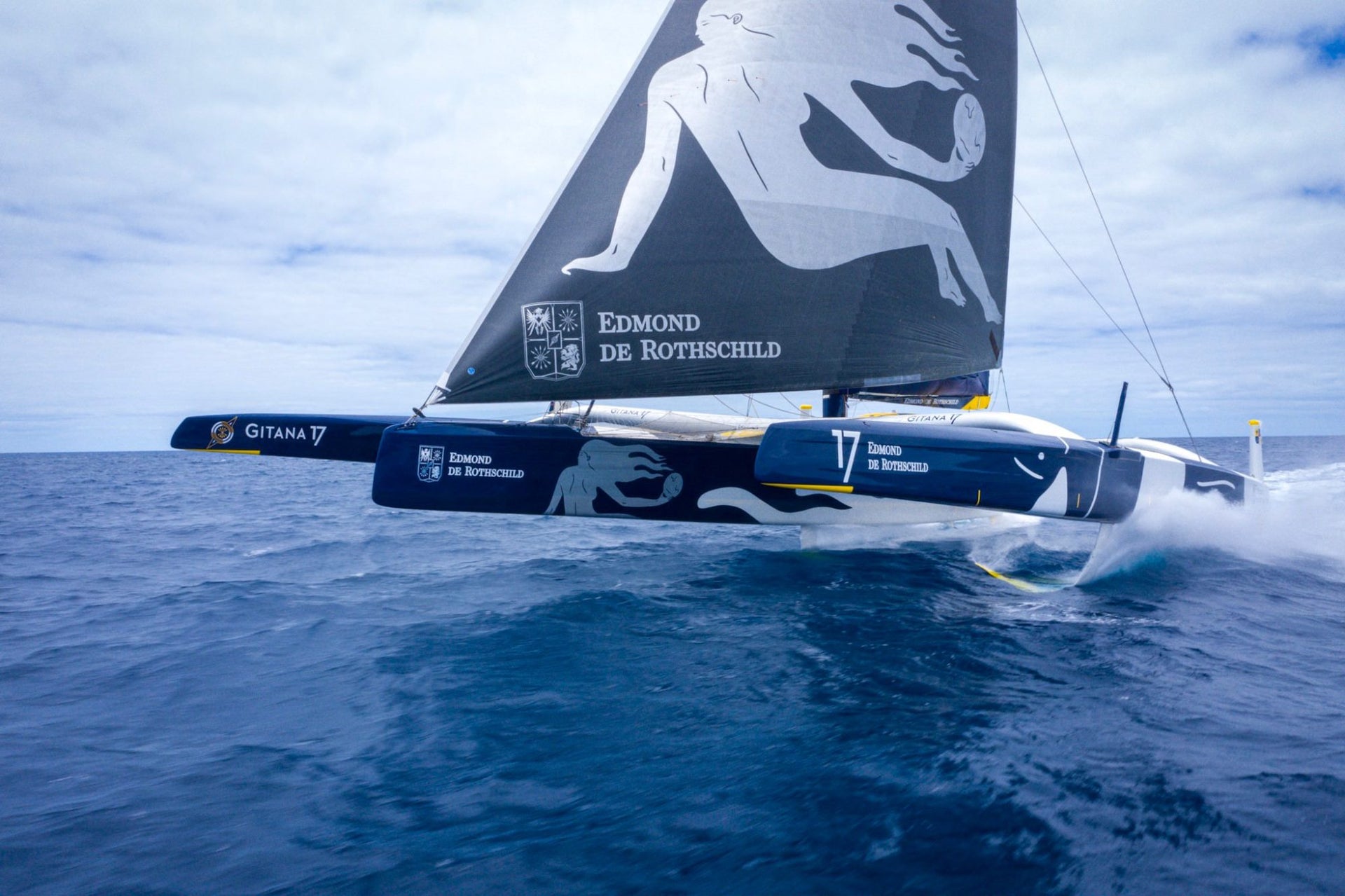
NORTH SAILS ARRIVES IN LORIENT
NORTH SAILS ARRIVES IN LORIENT
The Center For Offshore Racing & Technological Innovation
📸 Yann Riou
North Sails has opened a new loft in Lorient, France. The new location will allow the company to welcome a large number of its clients who are based in the “Sailing Valley”, a strategic area in Brittany dedicated to offshore racing and technological innovation.
“Our approach to be in close contact with the leaders in sailing and innovation in the Lorient area perfectly complements the links that we already have with our partners and collaborators who are our neighbors in Vannes,” comments Gautier Sergent, director of North Sails France. “The desire to settle in Lorient has long been a subject of discussion within North Sails,” he continues. “We are pleased that this initiative has finally materialized.”
“Today more than 80% of French offshore skippers, from all classes including mini, Figaro, Class 40, IMOCA, Ultim and more, are present in Lorient,” explained Éric Gallais-Hamonno, production manager with North Sails. “It was clear we needed an outpost there, not only to strengthen the relationships with our existing clients but to also develop our local network and access new markets, such as cruising and local IRC.”
“More than half of the sails that we service at our loft in Vannes are for boat projects based out of Lorient,” adds Thibaut Agaugue, service manager at North Sails. “So it’s a logical evolution. The goal is to better meet the needs of the sailing teams by offering local service and skills, with the added presence of technical-commercial experts and designers. Our presence across this area, including Port-la-Forêt, will simplify logistics and allow us to be even more responsive.”
The North Sails loft has a new 500m² floor dedicated to service (after-sales service, modifications and repairs). “This will allow the floor space in Vannes to manufacture more efficiently and serenely,” says Thibaut.
The Vannes loft will remain the production site for North Sails, and service for customers in the Vannes region. Thibaut Agaugue will be in charge of service in Vannes and Lorient and can be available as needed. The loft in Lorient also has office space and a 50m² meeting room to receive a team of five or six people (service, commercial and design).
READ MORE
READ MORE
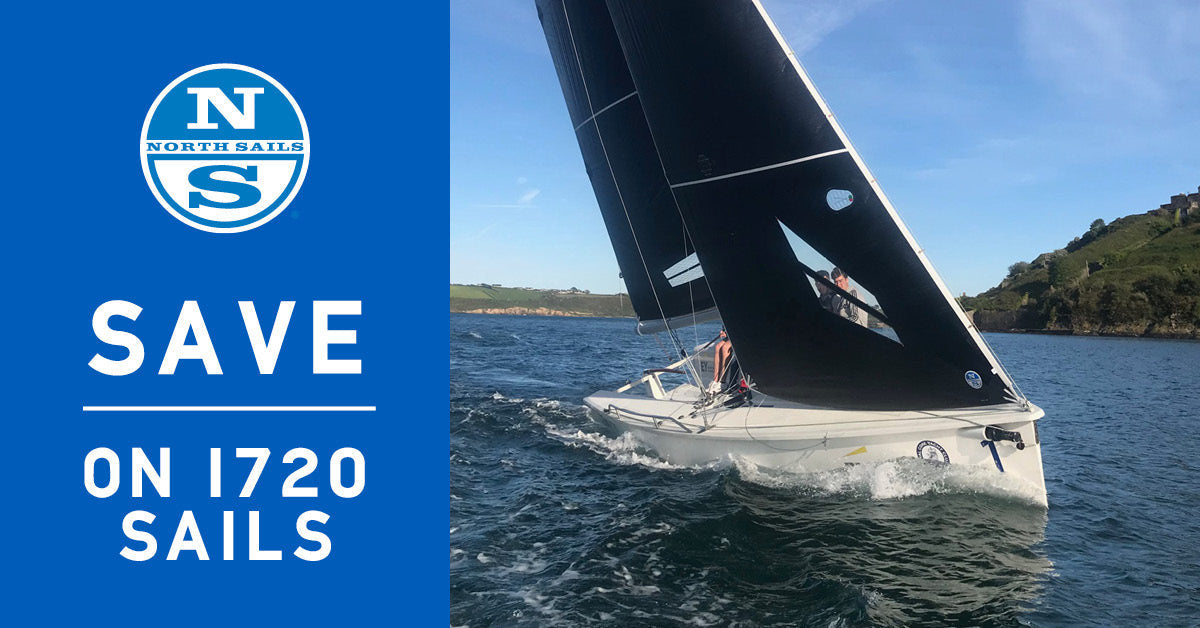
SAVE ON NORTH 1720 SAILS
SAVE ON NORTH 1720 SAILS
Celebrating 300 Years Of The Royal Cork Yacht Club
In celebration of the Cork 300 Regatta in 2020 North Sails are offering a very special deal for the 1720 fleet. For all sails ordered before the end of December 2019 we are offering savings on the full range of sails.
North Sails have been involved in the 1720 class since its inception and our sails have enjoyed some great results over the years. We were delighted to see our 3Di sails at the front of the fleet in 2019 and the feedback has been excellent.
In recent times things have been a little quiet in the class but with the 1720 Europeans forming part of the Cork 300 celebrations, it seems like every 1720 within a 400 miles radius will be joining the fleet in 2020!
So with that in mind, we decided to make a one time special offer to the class to allow more teams to experience what North Sails and 3Di can do for you.
For prices and terms please do not hesitate to contact us at: info@irl.northsails.com
We look forward to hearing from you very soon.
Offer ends 31st December 2019.
READ MORE
READ MORE
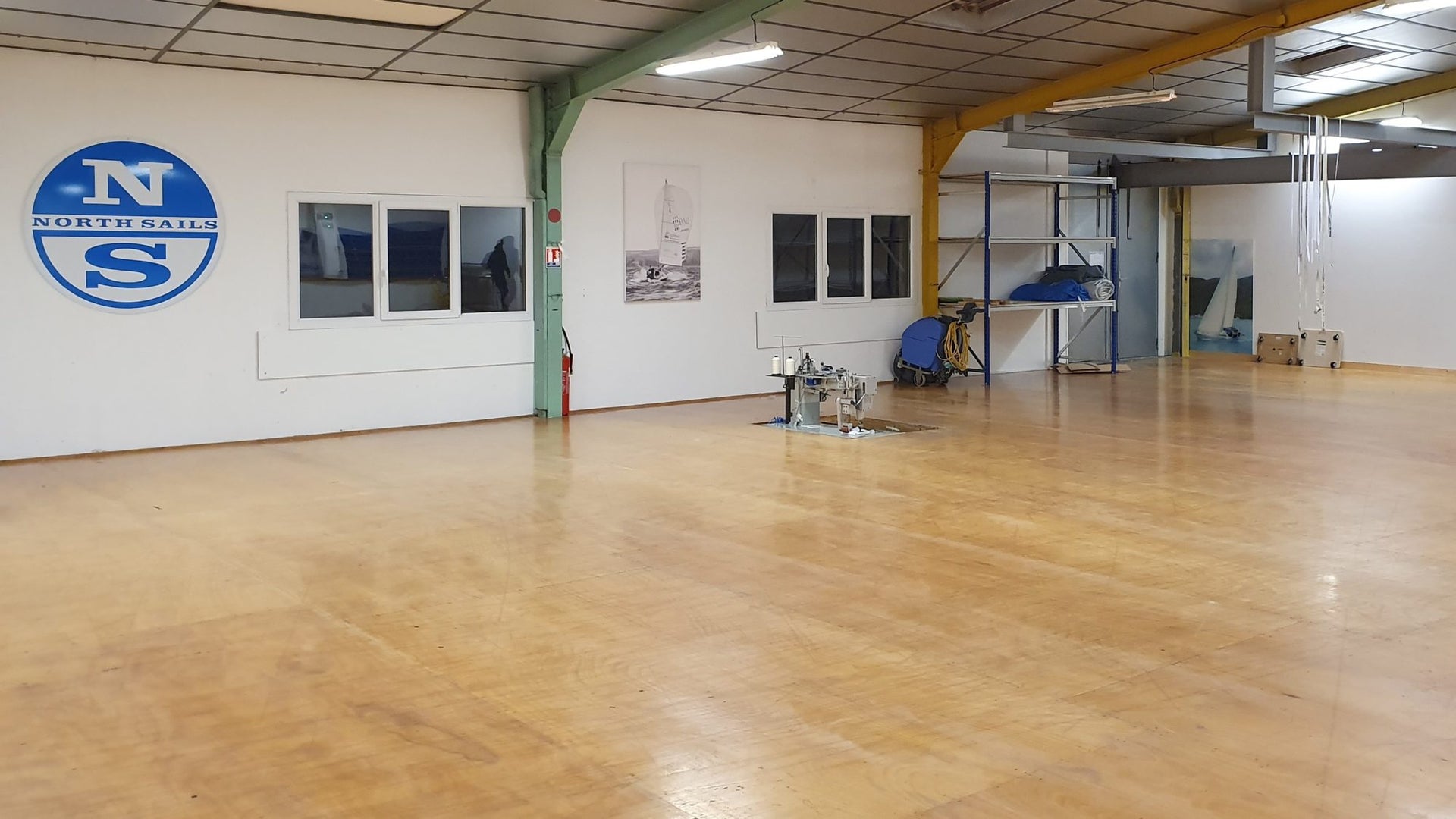
NORTH SAILS FRANCE S’INSTALLE À LORIENT
North Sails France s’installe à Lorient
Un nouveau plancher de service ouvre ses portes à Lorient : the place to be
North Sails France s’installera début décembre à Lorient La Base (Morbihan) dans l’ancien bâtiment de la voilerie Tonnerre. Ce nouvel emplacement permettra à l’entreprise d’accueillir un grand nombre de ses clients basés au cœur de la Sailing Valley, un lieu stratégique dédié à la course au large et à l’innovation technologique.
Aujourd’hui, 80 % des coureurs offshore (Mini-Transat, Figaro, Class 40, IMOCA, Ultim, IRC, etc.) sont installés à Lorient, explique Éric Gallais-Hamonno, responsable de production chez North Sails. La nécessité d’avoir un point de chute là-bas devenait évidente, à la fois pour renforcer nos liens avec nos clients existants, développer notre réseau local et conquérir de nouveaux marchés (croisière/IRC local, …).
« Plus de la moitié des voiles en service dans notre loft à Vannes sont des voiles de projets de bateaux dont le port d’attache est à Lorient La Base, ajoute Thibaut Agaugue, responsable service à North Sails. C’est donc une évolution logique de notre activité. L’objectif est de mieux répondre aux besoins des équipes navigantes en offrant un service de proximité et de compétences avec la présence également d’experts technico-commerciaux et d’un bureau d’études. Notre rapprochement sur cette zone et celle de Port-la-Forêt simplifiera la logistique et nous permettra d’être encore plus réactifs. »
« Cette démarche d’être au contact avec les acteurs de la voile et de l’innovation dans le bassin lorientais complète parfaitement les liens que nous avons déjà avec nos partenaires et collaborateurs dont nous sommes voisins à Vannes, commente Gautier Sergent, directeur de North Sails France. La volonté de s’installer à Lorient est un sujet de longue date au sein de North Sails France, poursuit-il. Nous sommes heureux que cette initiative se matérialise enfin. »
En effet, depuis quelques années déjà, North Sails France souhaitait s’implanter à la Base des sous-marins. À l’origine, l’entreprise devait récupérer la partie rez-de chaussée du bâtiment des défis, mais celui-ci a été détruit par un gigantesque incendie en juin 2018.
La voilerie North Sails disposera désormais d’un nouveau plancher de 500m² dédié au service (SAV / modifications / réparations). « Cela préservera l’espace de production au plancher de Vannes pour fabriquer plus efficacement et sereinement, » informe Thibaut.
Le loft de Vannes restera le site de production pour North Sails France, et de service pour les clients de la région vannetaise. Thibaut Agaugue devient responsable du service à Vannes et à Lorient. Il se rendra disponible en fonction des besoins. Le loft de Lorient compte également un espace de bureau et salle de réunion de 50m² pour recevoir une équipe de cinq ou six personnes (service, commerciaux et bureau d’études). Le nouveau plancher a nécessité quelques travaux de rénovation avant d’être opérationnel et son inauguration aura lieu prochainement.
READ MORE
READ MORE
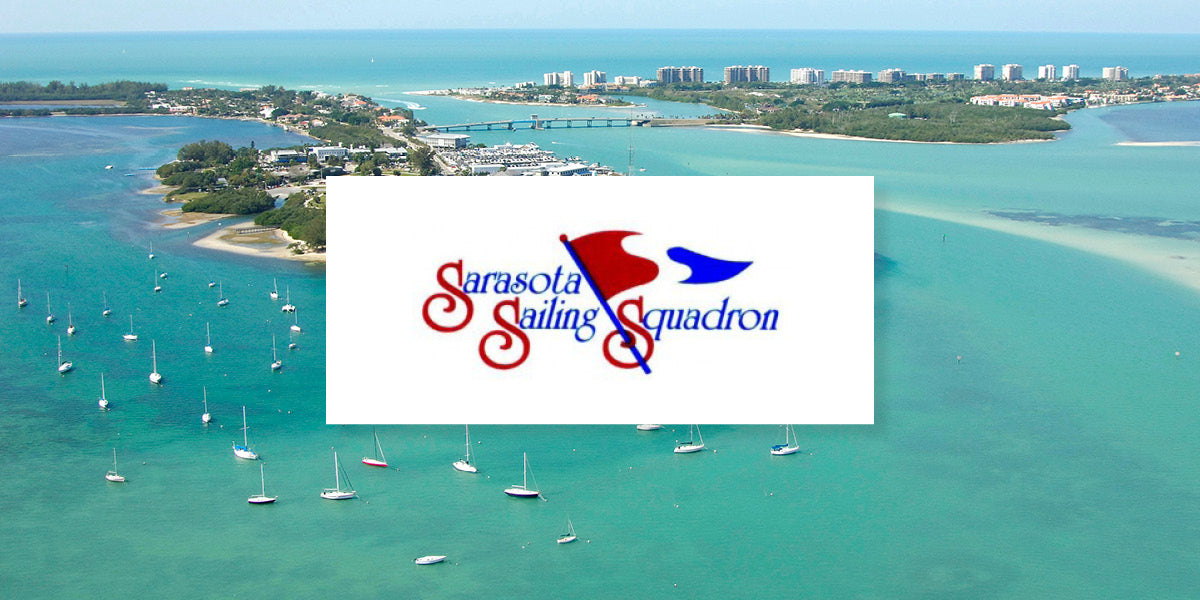
SARASOTA BAY: LOCAL KNOWLEDGE IS KEY
SARASOTA BAY: LOCAL KNOWLEDGE IS KEY
Vipers And VX One Winter Series
Sarasota Bay has to be one of the most beautiful places to sail in the country. Its gorgeous blues and greens reflect off the sandy white bottom and a warm salty splash is always refreshing. Perhaps the only thing more heartwarming than leaving the Sarasota Sailing Squadron is the return back to the dock, where you’re always greeted with a cold beverage, a smile, and story from another sailing enthusiast. It’s no wonder why the Squadron’s racing calendar is constantly booked.
This venue also delivers a challenging race track that keeps every tactician on their toes! The geography and weather patterns can provide just about every type of racing condition imaginable. A three day regatta might have 50 degrees temps and 25 knots from the north one day, a 3-12 knot easterly and 40 degree wind shifts the next day, and finish off with a building 8-15 knot sea breeze from the northwest. Perhaps the only people scratching their heads more than the tacticians are the PROs that have the pleasure of running our races!
I learned to race on the Sarasota Bay when I was 9 years old and I’m very fortunate to get to return to my home waters quite often. I’ve been on both the right and wrong end of the Bay’s challenges, so here are some trends I’ve noticed along the way.
Sea Breeze Day
The sea breeze has a tendency to influence the gradient any time temperatures ashore get over about 80 degrees. If there is no other weather system in the area and the day is supposed to get that warm, you can fairly reliably look for a light easterly (often with a bit of south in it) when you arrive at the Squadron in the morning.
Hopefully our PRO is reading this, because with this scenario there is really only one thing to do: POSTPONE! This morning easterly will pump in and out and shift slowly south as it dies. Keep an eye over the Van Wezel (it’s purple – you can’t miss it!) and look for puffy clouds to will build up until about 12:30pm. By 1:00 – 1:30, the easterly will have given up, and—as fast as you can snap your finger—the WNW sea breeze will make its grand entrance off the shores of Longboat Key. Now we’re in for a beautiful afternoon of racing.
The sea breeze is fairly steady, but as the weather mark gets closer to Longboat Key the land can create 10 degree shifts. Shortly after the sea breeze comes in, look for more velocity on the right side of the race course. Make sure you play shifts to get over there, and then look for opportunities back to the top left closer to land. Later in the day, the pressure tends to even out and you start seeing more gains on the top left. But be careful, because if the course is too close to Longboat Key, the holes get bigger and bigger and you can get hung out to dry if you go too far left. On the downwind legs, try to keep an eye on the puffs settling in off the Key.
Cold Front Day
Any decent weather forecast will typically predict these a long time out. Unlike Miami, Sarasota occasionally gets hit with the big winter cold fronts that sweep across our country. Often these fronts pass through overnight (tie your boats down!) and we are greeted the next morning with a few inches of rain, temperatures in the 40s, and a NNW breeze that might be gusting over 30 knots. If the breeze does settle down enough to go racing, plan on shallower water because the wind will have blown a lot of water out of Big Pass (the Southern exit of the bay, near Siesta Key). This means “lots of sheep” as a popular class member likes to put it… steep chop to the rest of us. Plan on exercising your bailing arm and your hiking muscles as these days can be pretty full on. The wind is generally pretty steady, so it’s usually about starting at the favored end and minimizing tacks. The top priorities are boat speed and boat handling.
Strong Easterly
It’s fairly common in the spring to have an easterly breeze strong enough that it’s not affected by the sea breeze. It will often start out around 15 knots in the morning and die down to around 5 knots by the end of the day. This is the most dynamic condition on Sarasota Bay; the shifts and puffs are quite large and not always predictable. Get on the long tack early, and stay on it as long as you can. Point your boat at the mark, even if you have to sacrifice clean air to stay on the lifted tack. You can’t afford to sail away from the big shifts. Many times, it seems there is a left shift near the bottom of the course, a right shift in the middle, and a big left shift again at the top. But nothing can be counted as rock solid in this condition!
Before the start, look up the course and try to start where you think the most pressure will be. From there, get on the lifted tack ASAP. Coming into the weather mark, decide what the shift is and get on the correct jibe right away as well. There’s a lot to be gained and lost there.
Southerly
It’s rare, but every now and then we get strong south breeze. In fact, last year’s final day of racing at the Midwinters was blown out by a building southerly. More often, when the breeze comes from the south it is lighter and more variable, often with big shifts and pressure from course right as the sea breeze endeavors to have its way. In a southerly less than 12 knots, my money’s on the right side of the course because it generally marches over to the right in a typical “clocking” fashion (with smaller “backs” to the left throughout the process). Early in the day it’s common to see huge right shifts with velocity, but as the direction works right the breeze settles in from the SW and the big shifts become less dramatic. The right seems more reliable, but it’s still possible to play the shifts on the left for a nice gain. Keep reading the water for velocity, and play the compass numbers above all else.
There are some good rules of thumb that may help out when racing on Sarasota Bay, but this venue has stumped me plenty of times—even when I think I have a good idea of what’s going on! That is why the racing is so fun here—everyone has to be ready for anything!
READ MORE
READ MORE
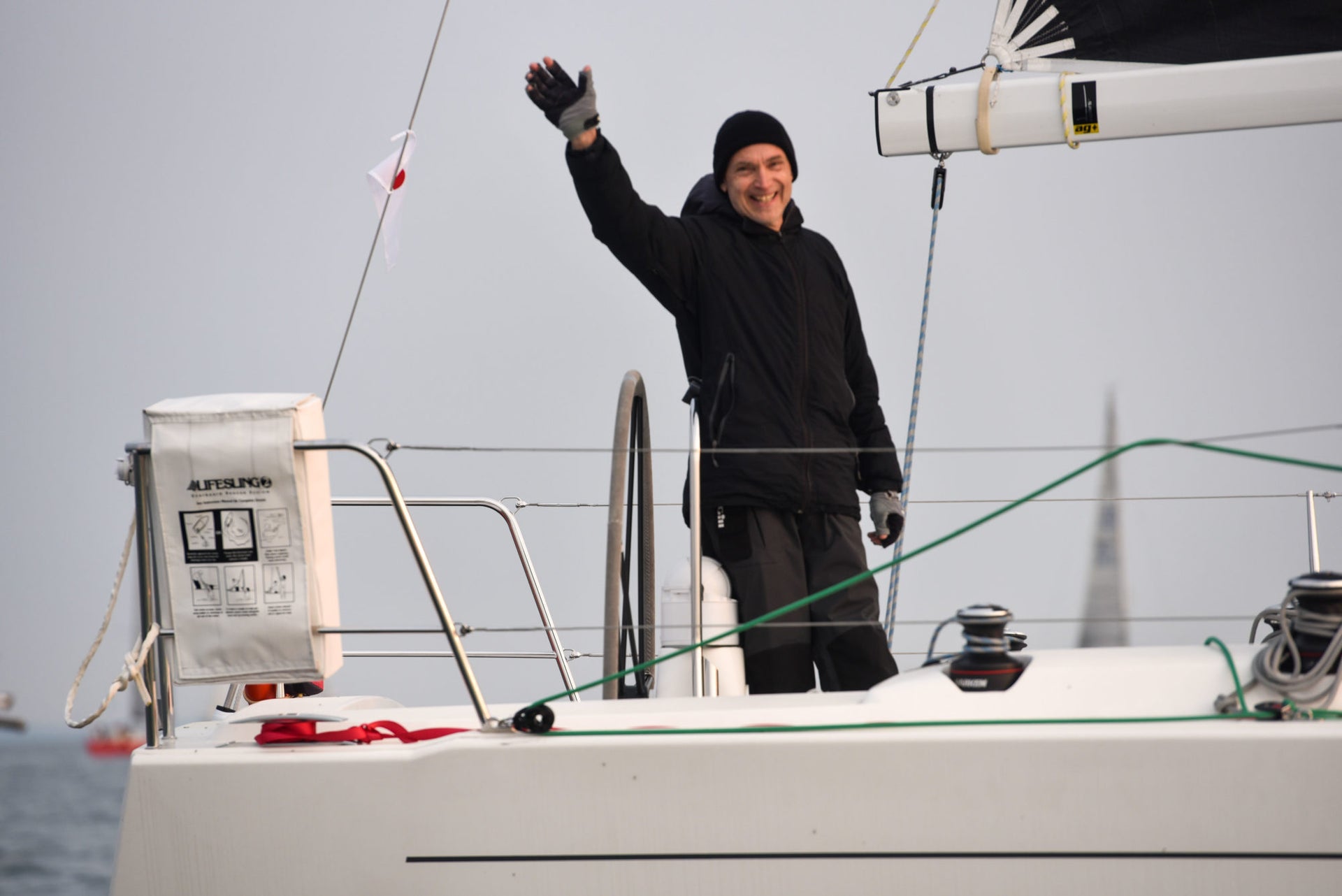
CUSTOMER SPOTLIGHT: ARD VAN LEEUWEN
CUSTOMER SPOTLIGHT: ARD VAN LEEUWEN
New Year, New Boat, New Adventures
Tell us about your journey to the J/112s? What was your biggest surprise when it came to the learning curve of the boat?
There was hardly a learning curve to speak of. After two seasons on a J/88 the J/112e felt like a more forgiving version of the J/88. For racing it helped that we were now pretty much in the middle of the fleet in terms of boat length, PHRF and displacement. It made it easier to learn from what other boats were doing.
How did you decide on your new inventory of sails?
We decided to keep it simple for starters and just go with 105% jib, main and A2. The second year we added an A1/A3 hybrid. I wanted to do some point to point races and we thought a reaching spinnaker would come in handy.
North Sails advice has been very helpful. As I’ve gotten more into racing over the last four years, I bump into the Toronto staff more and more. They run on the water racing clinics. They give seminars on sail trim in the winter. I’ve seen them crewing on boats I’m racing against. They volunteer to help organize regattas. They are plugged into the local racing scene and can offer advice accordingly.
What steps did you take to learn more about the boat? How did these steps help improve your sailing?
The most important thing was to just get out on the water in all kinds of conditions and experiment. That really helps to determine where the boat’s boundaries are. The polars were always a good reference point. Asking a lot of questions to people who’ve been sailing for decades is still a big help. The winter is (too) long so there’s was a lot of time to learn in different ways other than sailing.
The biggest difference between this year and last on the boat?
I learn best after doing it wrong the first time. Having had three seasons of doing many things wrong really helped. In terms of racing one big difference is that we are making fewer mistakes and recovering from them faster when we do make them. There’s less second guessing because we are now more confident about knowing the pros and cons of choices in front of us.
What is your best piece of advice for anyone thinking about solo-sailing?
Get a reliable auto-pilot and a furling headsail. The crucial parts are figuring out a way to get your sails down and how to get back on the dock by yourself. The rest is easy. For inspiration go to YouTube and search for the “Don't text and drive (with the big gennaker up)” video by Peter Gustafsson. It hooked me.
What motivates you to keep going? To keep racing?
It’s fun, relaxing and challenging all at the same time. Racing adds a little edge and excitement to that mix. A crew adds in teamwork and there’s always the social angle after the sail. And, let’s not forget the prizes. I won the “Best hat in the fleet” award at Mimico. What’s not to like?
READ MORE
READ MORE
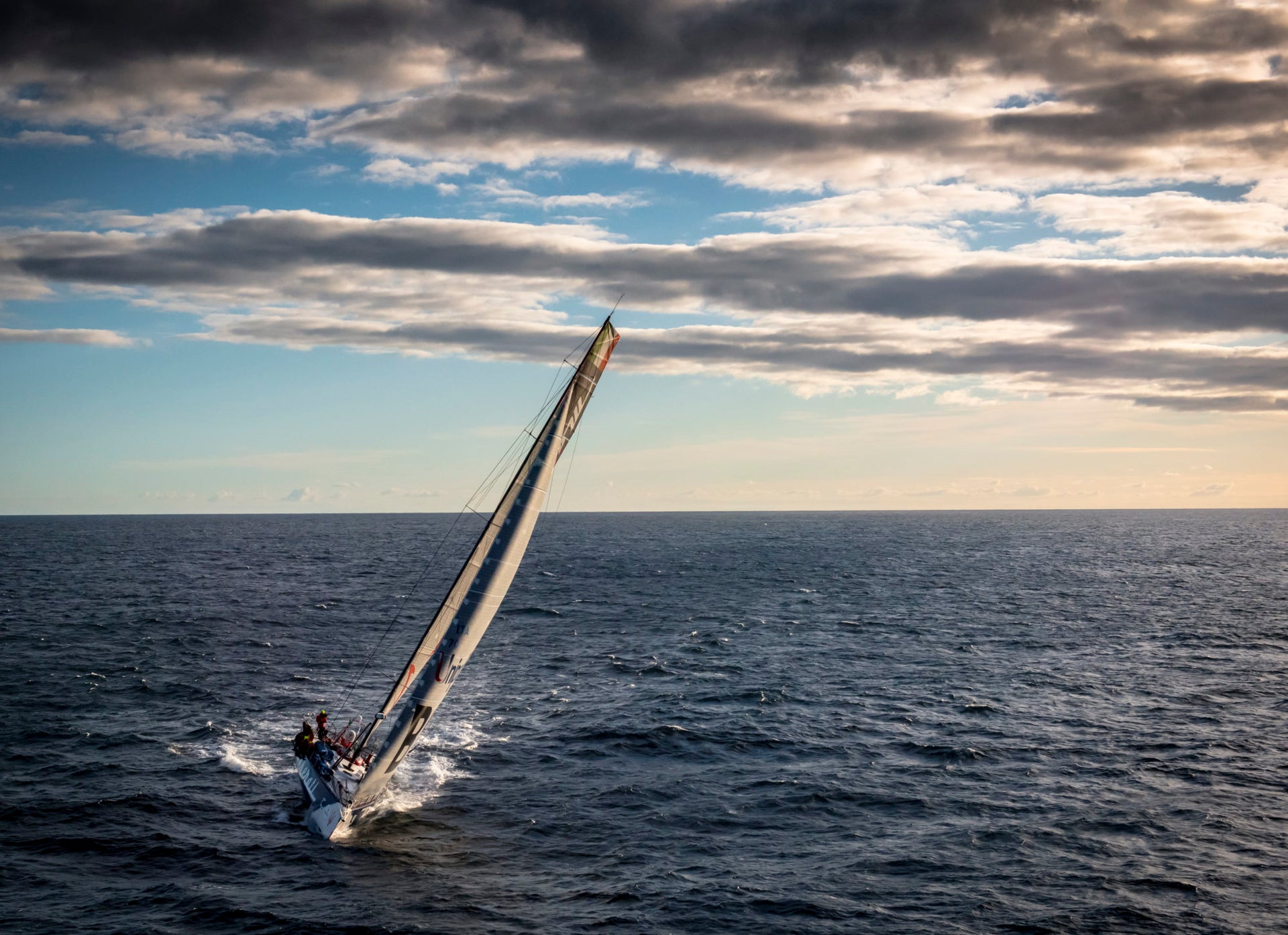
OFFSHORE SAILING: WINNING THE DELIVERY HOME
Preparing successfully to compete in the biggest offshore races requires putting your attention to every detail. When sailing the Transpac, Sydney to Hobart (or a similar race that heads well offshore such as the Newport Bermuda Race), you’ll need to win a different sort of race after crossing the finish line—the delivery back to your home port.
READ MORE
READ MORE
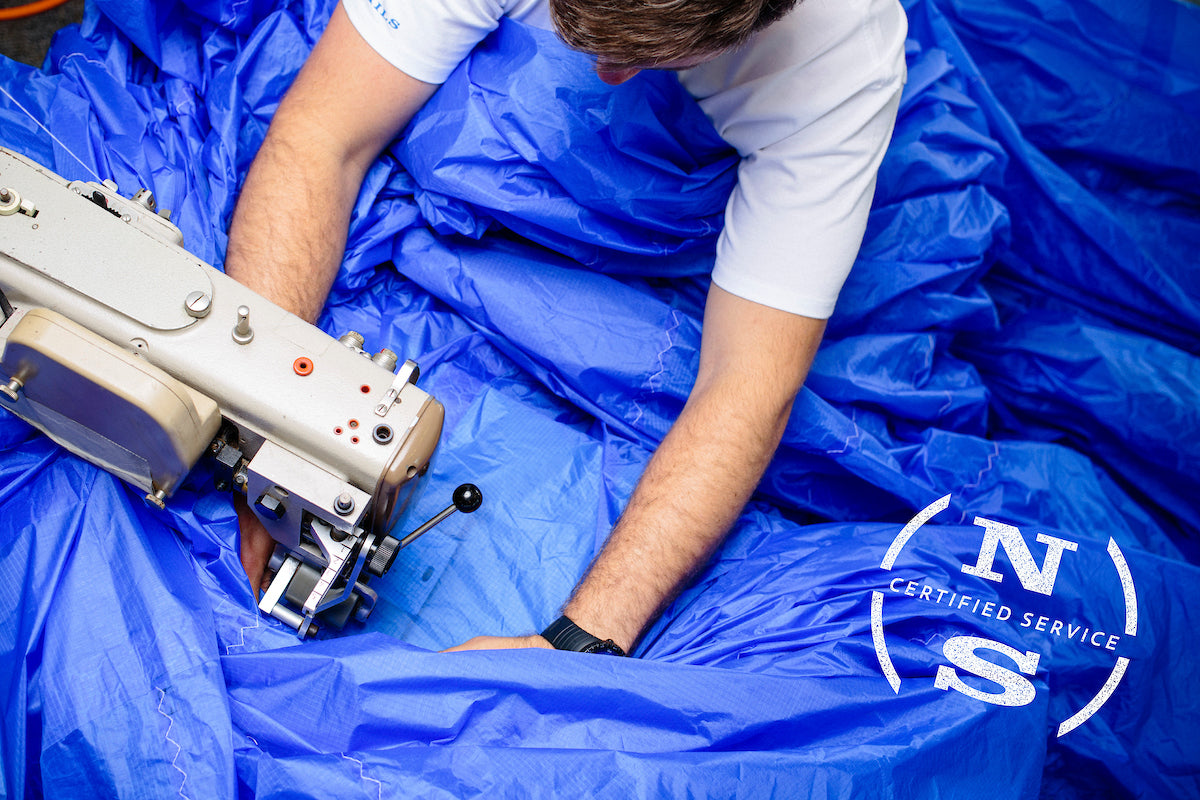
POST-REGATTA SAIL SERVICE
POST-REGATTA SAIL SERVICE
Offering Service For Sydney Hobart / Australian Sailing Championship Sailors
North Sails Certified Service Experts in Tasmania are here to get your sails repaired overnight post Sydney-Hobart. Our service van will be onsite offering pick-up and drop-off to the regatta venue. Things can happen after a 600nm race, but that doesn’t mean you are left without a key feature of your sail inventory!
North Sails Tasmania is situated a short distance from the heart of Hobart and will be ready to service your sails as soon as you have finished the race. To make it easy and to accommodate the influx of yachts coming to Hobart, we are offering a pickup and delivery service at two ideal locations:
Royal Yacht Club of Tasmania, host of the IRC Nationals
Peter Johnston Ship Chandlery, situated at the docks in Hobart
If you are competing in the IRC Nationals after this year’s Sydney to Hobart, North Sails can be there to pick up your sails from Kings Pier as soon as you have completed the great race.
Please feel free to contact our friendly North Sails team to assist with your service needs. We look forward to seeing you in Hobart!
North Sails Tasmania
273 Kennedy Drive, Cambridge, Hobart, Tasmania
READ MORE
READ MORE
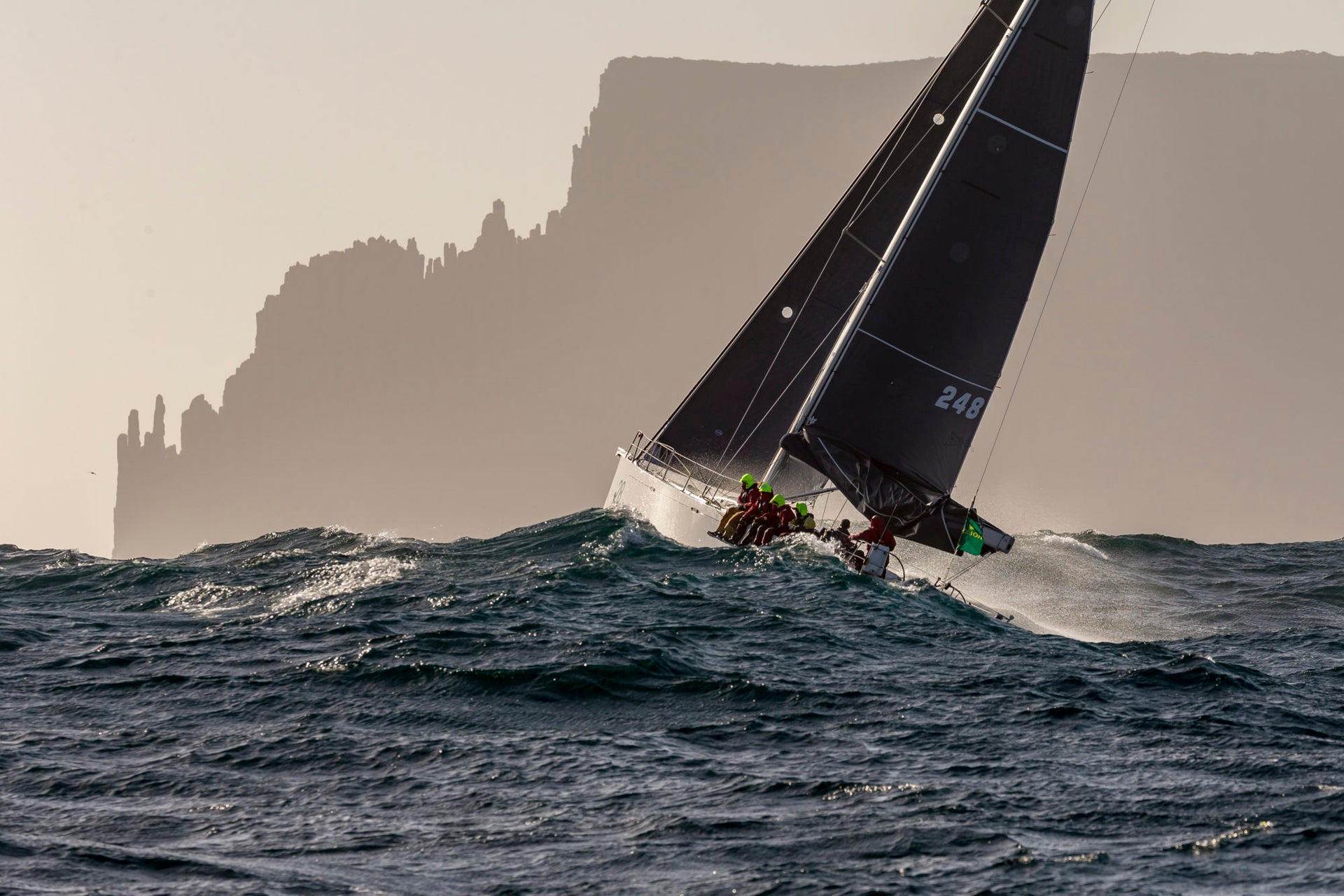
SLAB REEFING SYSTEMS & TIPS FOR REEFING
In the lead up to your next offshore race, here’s a look at a typical mainsail reefing system and some tips for looking after the mainsail when reefing.
READ MORE
READ MORE
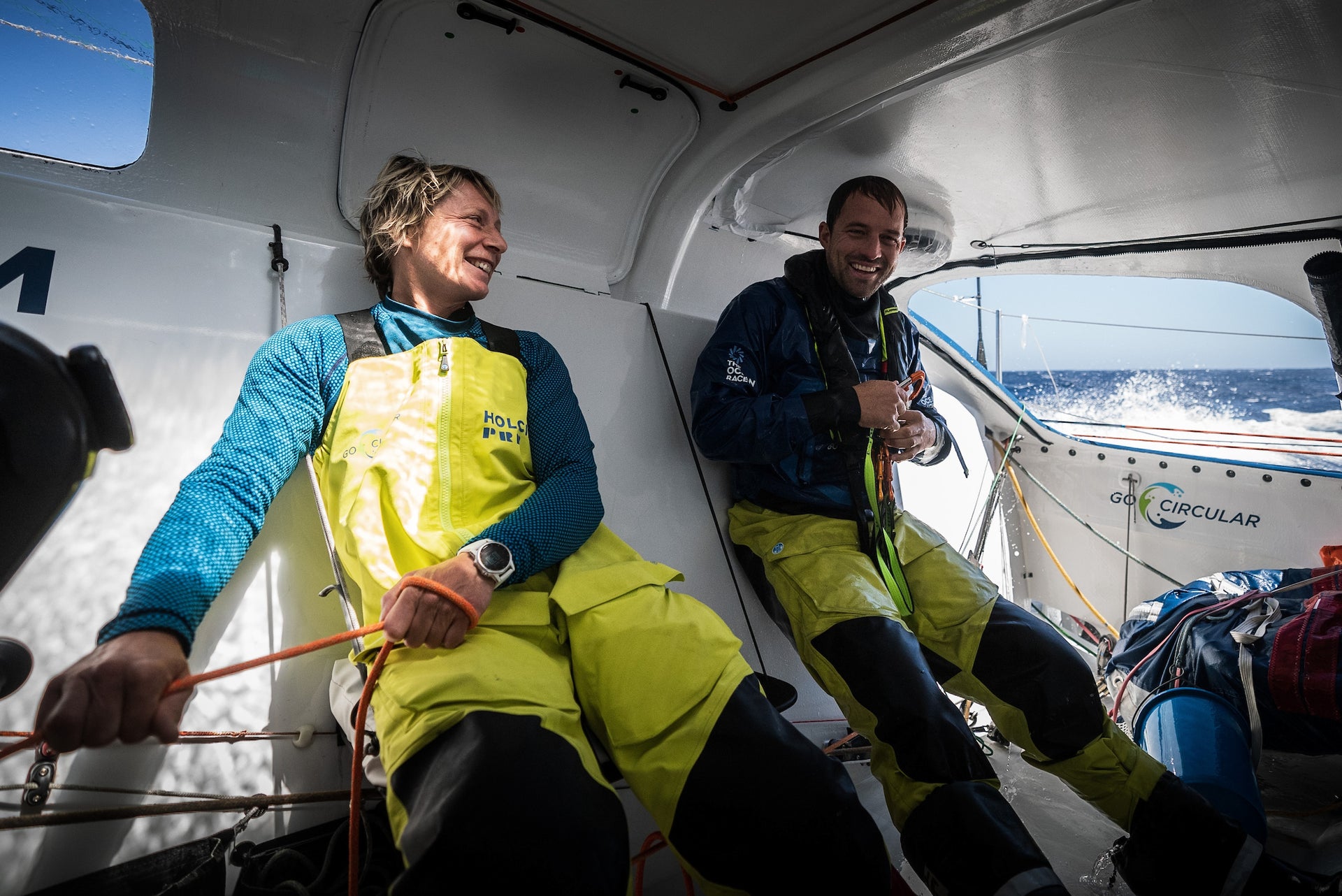
WATCH SYSTEMS & CREW MANAGEMENT
For the majority of boats racing offshore distance, the crew size will be between 8-16. To get the best out of everyone while racing the boat hard around the clock, the skipper or sailing master needs a clear view of each crew member’s skill sets: their strengths and weaknesses, and where they will work best within the team.
READ MORE
READ MORE
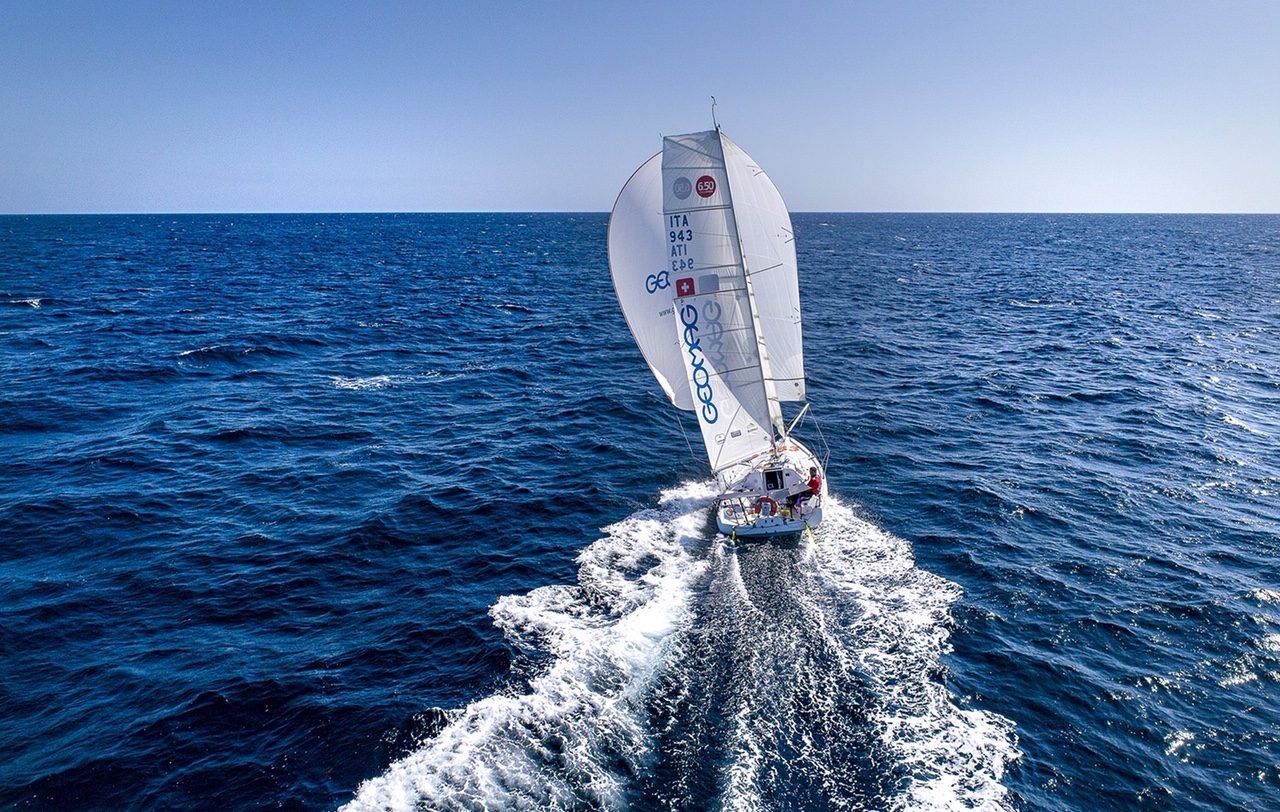
MINI-TRANSAT LA BOULANGÈRE - ÉDITION 2019
MINI-TRANSAT LA BOULANGÈRE - ÉDITION 2019
Ambrogio Beccaria, vainqueur en classement série © Christophe Breschi / Mini-Transat La Boulangère
La Mini-Transat La Boulangère 2019 a été officiellement clôturée dimanche 24 novembre avec l’arrivée du dernier concurrent en Martinique. Formidable école de la course au large, cette transatlantique en solitaire n’en reste pas moins éprouvante et difficile pour tous les skippers en lice. Créée en 1977 par l'anglais Bob Salmon, elle se dispute tous les deux ans sur des voiliers de 6.50 mètres sans aucun moyen de communication et avec le minimum d’instruments de navigation à bord.
Axel Tréhin finit 2e au classement général en série prototype © Christophe Breschi / Mini-Transat La Boulangère
Pour cette édition 2019, Alex Tréhin à la barre de Project Rescue Ocean (FRA 945, voiles North) s’était promis qu’il ne lâcherait rien, et il l’a fait. Après avoir gagné la première manche (La Rochelle - Las Palmas de Gran Canaria), il a remporté une magnifique 2e place au classement général en prototype malgré une avarie de spi. Il a franchi la ligne d’arrivée en Martinique tout juste derrière François Jambou (Team BFR- Marée Haute Jaune). En classement série, c’est Ambrogio Beccaria, grand favori, sur Geomag (ITA 943, voiles North), qui a terminé sur la plus haute marche du podium et 3e au classement général toute série confondue. Violette Dorange (FR 955, voiles North), la plus jeune concurrente (18 ans) de ce cru 2019, a décroché une belle 16e place en série pour sa première participation. Dans cette même catégorie, Felix de Navacelle (FRA 916, voiles North), Mathieu Vincent (FRA 947*), Guillaume L'Hostis (FRA 868, voiles North) et Julien Letissier (FRA 869*) ont fini respectivement 4e, 7e, 11e et 14e.
Violette Dorange, la plus jeune concurrente, décroche une 16e place en série © Christophe Breschi / Mini-Transat La Boulangère
Autres chiffres à retenir de cette 22e édition : 87 marins dont vingt bateaux équipés North (jeu complet ou partiel) étaient présents sur la première étape (La Rochelle – Gran Canaria), 82 skippers ont pu prendre le départ de la deuxième étape (Gran Canaria- Martinique, la plus longue également avec 2700 milles). Et sur les 78 navigants qui ont bouclé le parcours, 37 sont arrivés échelonnés en l’espace de 24 heures dans le port du Marin, une première dans l’histoire de la Mini-Transat.
Les participants de cette édition 2019 se retrouveront le 7 décembre au Nautic de Paris à l'occasion de la remise des prix.
*Inventaire partiel
READ MORE
READ MORE
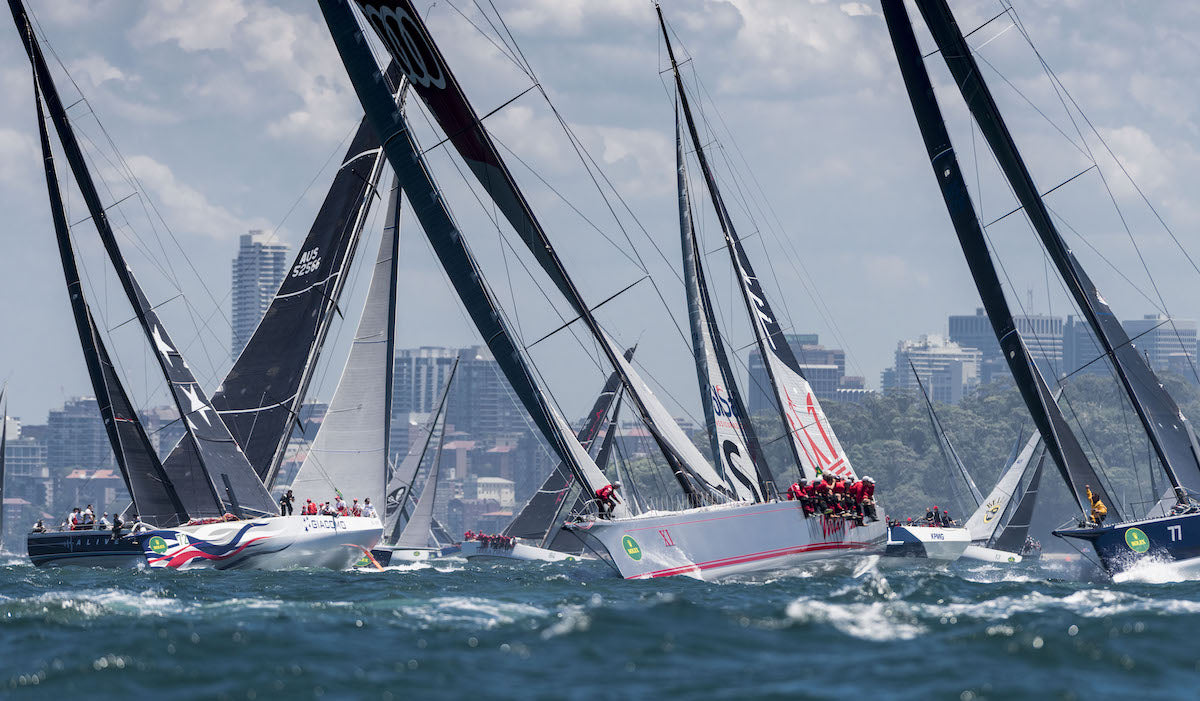
NAVIGATING THE ROLEX SYDNEY-HOBART
NAVIGATING ROLEX SYDNEY-HOBART
Meteorologist Chris Bedford Explains the Many Challenges of the Ultimate Offshore Experience
© Kurt Arrigo / Rolex Sydney Hobart
The Rolex Sydney-Hobart Race is one of the classic yachting events on the annual race calendar, arguably the most famous and difficult race taking place in the Southern Hemisphere. Its reputation is well deserved, giving all who enter it numerous challenges – not only in the level of competition the race draws, but also with many hurdles brought by Mother Nature. These environmental challenges take the form of fast changing and often strong winds, squalls, complex ocean currents, and potential for extremely rough, boat-breaking sea conditions. All that on top of what is often a more than 20 degree Celsius drop in air temperature from balmy Sydney to cool Hobart.
Navigators of the race watch typical wind patterns of the Australian summer: a semi-permanent high pressure to the east over the Tasman Sea, and another over the Great Australian Bight west of Tasmania. Air flows anti-clockwise around these high pressure systems, which means there is a tendency for northerly winds off the Sydney coast and southerly winds west of Tasmania.
Between these two high pressure areas there is normally an extension of the thermal low pressure from the hot interior of Australia, extending into NSW and pointing toward the Bass Strait.
The patterns described above represents the average – that is, what you get if you average the weather maps over a long period of time in the Australian warm season. However, the actual weather on any given day is the result of modulations on the average pattern and disturbances (weather systems) embedded within the larger scale.
SOUTHERN OCEAN CHILL
One such important and common disturbance involves the northward intrusion of cold air out of the Southern Ocean. When cold air pushes north toward Tasmania, the Bass Strait, and southeastern Australia, some very abrupt and severe changes can result. Ahead of the cold fronts which mark the leading edge of a cold push, winds typically build from the north along the coast. Sometimes thunderstorms can develop over the hot interior of NSW and move east into the course from Sydney and south to Green Cape. Such storms have generated spectacular waterspouts on the course – an encounter with which is not only memorable, but potentially very dangerous.
“Being ready to weather strong upwind sailing and very rough seas in the wake of a S’ly change are a must for any crew and boat taking on this race.”
As a cold front moves north and east across the race route, fast running conditions down the coast abruptly change to hard, very rough, upwind conditions. Not to mention the fact that squalls and much cooler air make sailing more difficult. These post-change encounters are a make or break point for some teams. Being ready to weather strong upwind sailing and very rough seas in the wake of a S’ly change are a must for any crew and boat taking on this race.
TRICKS OFF TASMANIA
Further down the track from crossing the Bass Strait to east of Tasmania, winds are no less challenging. Large ocean swells are common crossing the strait, and Gale or Storm force winds can occur – especially in the day or two following a front. Off Tasmania, winds can run the gambit from strong to exceedingly light. One certainty of sailing off Tasmania is that the wind will change. The weather patterns there are fast moving and can behave erratically. An area of no wind can exist within hundreds of meters of gale force gusts. Understanding how conditions will change and making a correct call at the last moment can make the difference in almost any team’s race.
SURF OR SWIM
Another important factor in the strategies for this race is often the East Australian Current (EAC). The EAC is a western boundary current similar to those found on the east coasts of most continental land masses around the world (Gulf Stream off North America; Brazilian Current off South America; Agulhas Current off South Africa, and; the Kuroshio off Asia). The EAC is a generally south-flowing current off the coast, typically extending from north of Sydney to the Bass Strait and off the east coast of Tasmania. While the current is always present in one form or another, its speed and position relative to the course can vary significantly. In addition, tight swirls or eddy’s are typically present in proximity to the main current flow, and can result in areas of rotating water over ten miles wide, often delivering the opposite of what a skipper may expect.
While the current doesn’t change much on a day-to-day basis – unlike the weather – it does vary over a period of weeks. Sometimes it is close to the coast and within reach of the fleet to take advantage of its southward flow. Other times, it is further offshore, and sailing out to it can be a gamble whether or not the favorable flow will be enough to offset the extra distance necessary to get to it.
There is also a potential significant downside to being in the current – even if it is within reach. When winds are blowing from the south, very large and steep waves can develop within the EAC which can, at a minimum, slow progress or, in the worst case, be boat-breaking. Anytime there is a southerly change and strong upwind conditions in this race, sea state within the EAC is a significant factor.
The crews will be closely monitoring the weather forecasts and EAC condition in the days leading up to the race. While the forecasts can be reliable, it is often the small differences that are more difficult to predict. That will combine with the level of seamanship on-board to determine how well a team does.
“Having a fast boat and sails are of course a bonus, but being ready and able to handle whatever the weather and sea brings will make the difference.”
Chris Bedford is a well known sailing meteorologist and has advised many professional teams on inshore and offshore race routing, including the Abu Dhabi Ocean Racing 2014-2015 Volvo Ocean Race team. Read more from Chris at sailwx.com
Contact your local North Sails experts to get your sails inspected and ready to take on the big race!
READ MORE
READ MORE
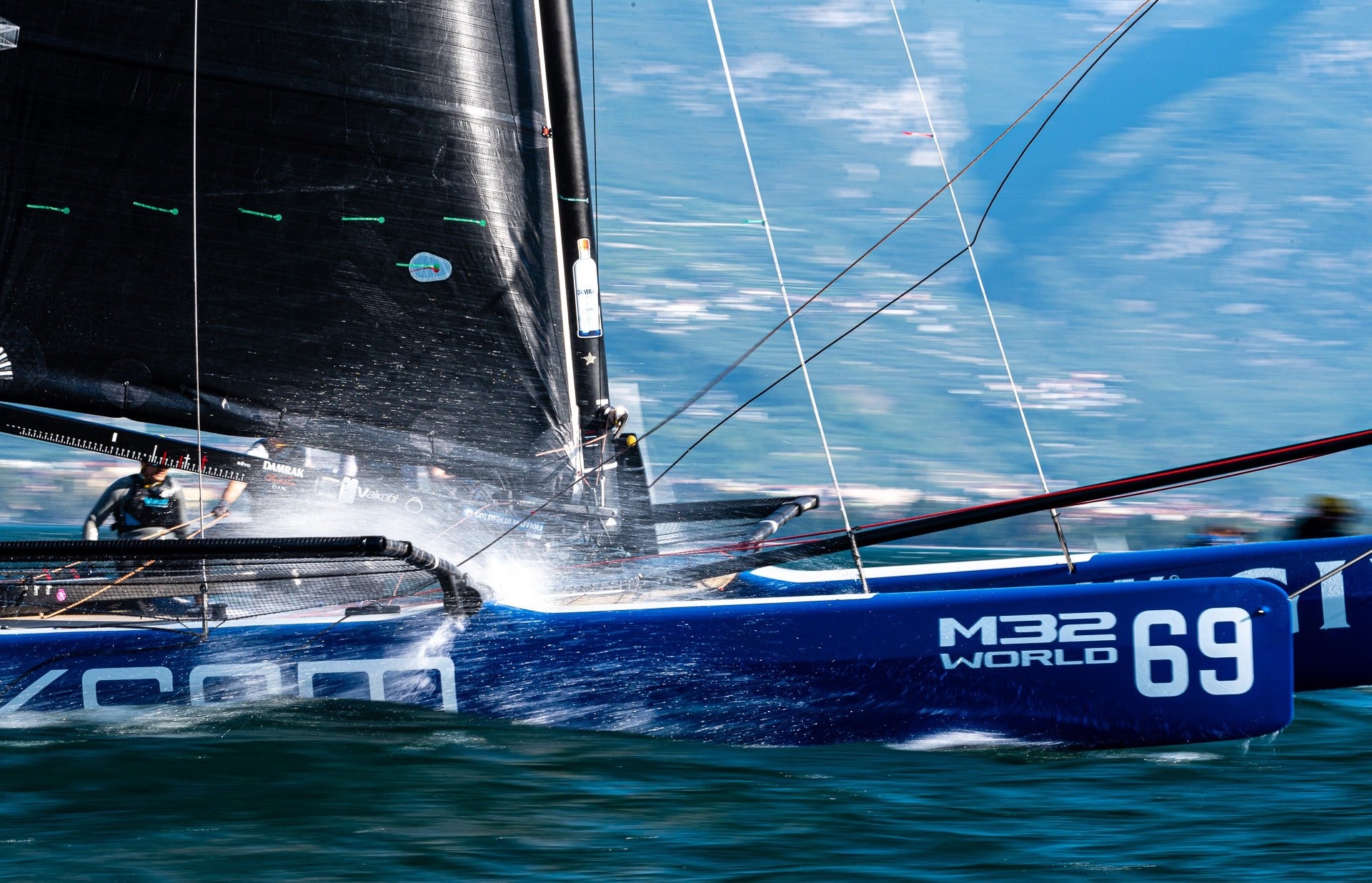
M32 CLASS SAIL CONSISTENCY
M32 CLASS SAIL CONSISTENCY
Quality Assurance Production With North Sails
📸Drew Malcolm / M32 World
Consistent Shape
How does North Sails make sure that the new M32 sails are consistent in shaping?
The process starts with the layout. For the 3Di mainsail, each sail is machine-taped from the same file so it is identical. For the paneled gennaker, sails are cut on a laser plotter using the same cut file, in a humidity- and temperature-controlled room.
3Di sails for one design classes are molded to the exact same shape. When more than one sail is made at a time, they are put on the mold one right after the other. Assembling paneled sails is done by the same experienced team, with each member of the team specializing in one specific job (eg., sticking the seams).
The level of detail in the molding is such that when repeat sails are made at a later date, the same mold is used and the same shaping file is used to adjust it. This means that even if a sail is made 6 months later, it is molded to the same shape.
📸Raphael Demaret
Consistent Finish
How does North Sails make sure that the new M32 sails are consistent in finishing?
To ensure that finishing on all the sails is the same, the full order of sails is added to the same work ticket and once again a team of experts completes the job. The work ticket specifies every detail of the finishing, including the length of the webbings, the position of the batten boxes back from the luff, and the location and size of the reef patches. It even specifies the stitching pattern and thread.
For example, a set of templates locate the batten boxes in exactly the same place on the sail. This ensures that the boxes are the same distance back from the luff and at the same angle, on every single sail.
📸Raphael Demaret
Consistent Size
How does North Sails make sure that the new M32 sails are consistent in sizing?
Once the sails are finished, they are all measured to make sure they’re within class tolerances. The rare sail that doesn’t measure correctly is either fixed or rejected. Measurements include perimeter dimensions, girths, batten lengths, batten boxes, luff offsets, and several other details.
Once sails pass inspection, they are packaged and shipped to the distribution site where they are checked again. The battens are installed before they are shipped to the end user.
Update for 2020: While the luff lengths for all the sails are identical, the specifications for luff tape and bolt rope tensions are going to be further refined to be within 5 kg of each other. Additionally, the batten pocket end finishing is going to be changed from cuben fiber to 3Di utility cloth for smoother finishing and increased durability. At the request of the class, the sail shapes are going to remain unchanged.
📸 Drew Malcolm / M32 World
READ MORE
READ MORE
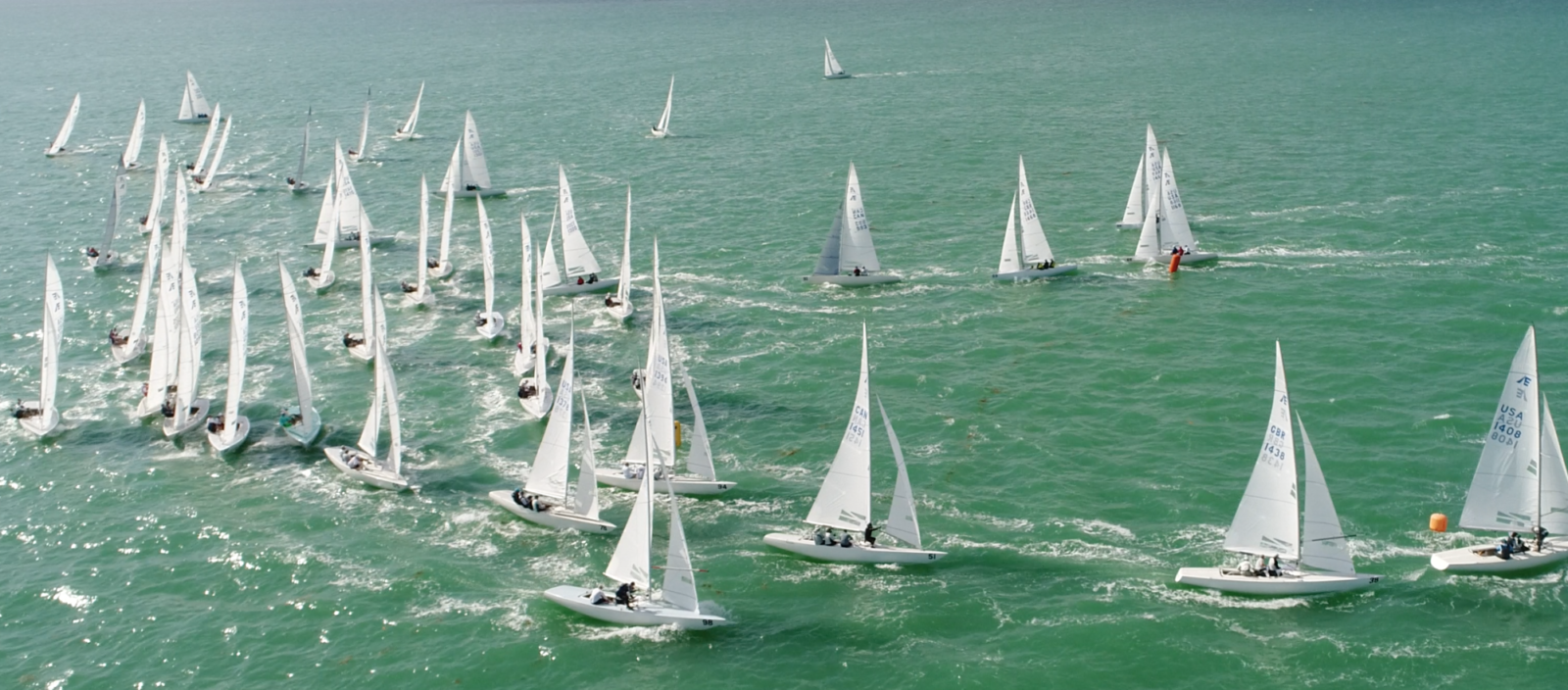
BISCAYNE BAY LOCAL KNOWLEDGE
BISCAYNE BAY LOCAL KNOWLEDGE
Get To Know Your Racing Area
© Andrew Palfrey, Etchells Winter series Miami, FL
To help you prepare for the 2019 Winter Racing Circuits, we asked the local Star and Snipe World Champion Augie Diaz to explain about his home waters of Biscayne Bay in Miami, FL.
Biscayne Bay is I think pretty straightforward. The weather is driven by cold fronts approaching, and we don’t get as much breeze as we used to because the city’s grown so big. But generally, any breeze from the northeast around through the southwest is great sailing. From this direction, the breeze is usually under fifteen knots, with relatively flat water (chop but no swell). Spring and fall are the best seasons, because we don’t get many fronts.
Dominant wind direction: easterlies
The old rule of thumb is still the case: if the wind’s to the left of the south end of Key Biscayne, you go left. Near the Key, from 120-160 degrees, there is a little more pressure closer to the end of the Key, and also a geographical shift off the land. How favored is somewhat current-dependent; from 70 degrees to 160 degrees with an outgoing current, then left is really good, what we call the “Old Man Expressway”. At the top of the beat on the J/24 Worlds course, the Old Man Expressway could be important.
On what I call the Cuba Course, where the Etchells sail, way down south of Matheson Hammock, there’s less left down there than there is closer to the point of Key Biscayne. So you have to keep in mind where you are on the Bay.
Current
Understanding the current is very important. People think the current comes in and out of the Bay from the east, but it actually runs in and out from Bear Cut. If you get close to what we call the Valves, which are the channels through the shallow areas that on the chart are labeled Biscayne Flats, there is a component of current going in and out of there. But you have to be very close to the Valves for that to be the net effect. Otherwise, the current basically ebbs from the southwest to the northeast, and goes the opposite way when it floods.
As for the timing relative to high and low tide, I’ve seen it as much as an hour off, so I just use tide change as a gauge and then keep checking the buoys, all the time. Sometimes seaweed will show lines of current, but I’ve never really seen a change in the color of the water.
Other wind directions
Once the wind gets to about 170-180, it’s pretty important to protect the right. That’s true all the way to 220 degrees. Anything right of 220-230, it’s going to march quickly to the northwest because that’s a frontal-driven direction, which doesn’t doesn’t have the ability to stick.
If the wind’s right of 230 degrees, I like coming in from the top left because you get some really nice puffs off the left shore. It depends where you are on the Bay; on the J/24 course, close to the west shoreline, you’ll definitely want to come in from the top left.
Northwesters are like you’re on a lake: very shifty, very up and down. But in late October, it’s actually less frontal, so that’s less likely.
Secret to success
Focus on what the current’s doing, and in the easterly understand how important it is to go left.
READ MORE
READ MORE

FROM 3DL TO 3Di
FROM 3DL TO 3Di AND EVERYTHING IN BETWEEN
Jenny III Gets An Upgrade For Her Furling Headsail
Ron Meredith-Jones is a longtime sailor and member of Mimico Cruising Club. You'll see him out on the course every week on his C+C 33 Jenny III with his crew, having fun and pushing the limits. He purchased his furling 3DL genoa from local North Sails expert Hugh Beaton almost 20 years ago and when it finally bit the dust this past year, it was time to upgrade. Hugh recommended the 3Di Nordac for him as it checked all the boxes: durable, better performance, greater control yet great value and a perfect fit for both racing and cruising.
Hugh received the email below from Ron after it's first two weeknight races:
"Jenny III has now had 2 races with its new 3Di genoa ... both were wins! Have attached results for these races as well as for a recent pre 3Di race (June 19, 2019). For the pre 3Di race. Jenny III was using it's North Sails NORDAC genoa (circa 2010). Jenny III's PHRF rating was 168 for both the undamaged NORDAC and the new 3Di genoa.
Based on these results and ignoring in race screw-ups (in race one several boats misread the course and briefly headed to the wrong mark) ... switching to the 3Di seems to have allowed Jenny III to finish about 5 minutes..i.e about 10% faster than its pre-3Di performance. The most relevant comparison is Jenny III to Glayva II. Needless to say owner and crew are delighted and other MCC racers have taken note. Thank you for recommending 3Di as the replacement for our damaged genoa and thanks to the North Sails Toronto Crew for getting the new sail to us so quickly and professionally."
Once we received this, we knew we had to speak with Ron further to hear more about his success with 3Di NORDAC.
Tell us about your season this past summer.
The first half of the season, we were mediocre. We generally fit in, there are two boats that are tough to beat: Blast and Glava II. We did manage to beat them over the season, but for the first half the most I can say is, I saw them at the starting line. We were having a good time. Middle of the pack, whatever. The boat's old. It was built in '75, but there are a couple of other boats in the fleet that are roughly the same era. We easily were in with them. If we did everything right, we might beat them. If we did one thing wrong, we would lose. Blast was an image that we occasionally saw. They would usually finish a leg ahead of us.
How did things change once you put the new sail up?
We plunked it up, went out. I think on that day it was probably 12, 14 knots. Usually, in that sort of wind range we don't do very well. The boat just can't go into the waves, and they will go on the wave. Lo and behold, I think we were certainly within sight of both GLAVA, but GLAVA II, and Blast as in on adjusted time, we beat them by a country mile. Fleet captain says it's the fastest Genoa in the club.
What's the biggest change you've noticed between your 3DL Furling Genoa and the new 3Di Nordac Furling Genoa?
We have a lot more power. An amazing amount of power. People said, "Where did you get that sail?" We said "North Sails." The word from everybody else was, "Don't touch it, don't touch it," or, "That's enough. I don't want to race against you. You got an unfair advantage." It was a spectacular increase from one week to the next. What everybody noticed was that this sail was spectacularly better than anything we'd had on the boat ever, including the 3DL. We do quite well, particularly in light winds with the 3DL. Much better than we were doing later. The 3DL met it's demise the last day of the year when I decided that we would go out sailing with my son and his fiance. We only had the Genoa up, and we were doing nine knots, when the normal technical maximum speed on the boat is about 6.9. We went for about 10 minutes until there's this mighty rip; the 3DL and I parted company at the disco dump.
Would you say the sails performed to your expectations?
Absolutely. Exceeded expectations. I was expecting we'd be back sort of, good in light air, and suffering because we never had enough power to really power through the waves every year. The boat would just plow into them, and slew down. This time we held speed going through them, which was really amazing.
READ MORE
READ MORE
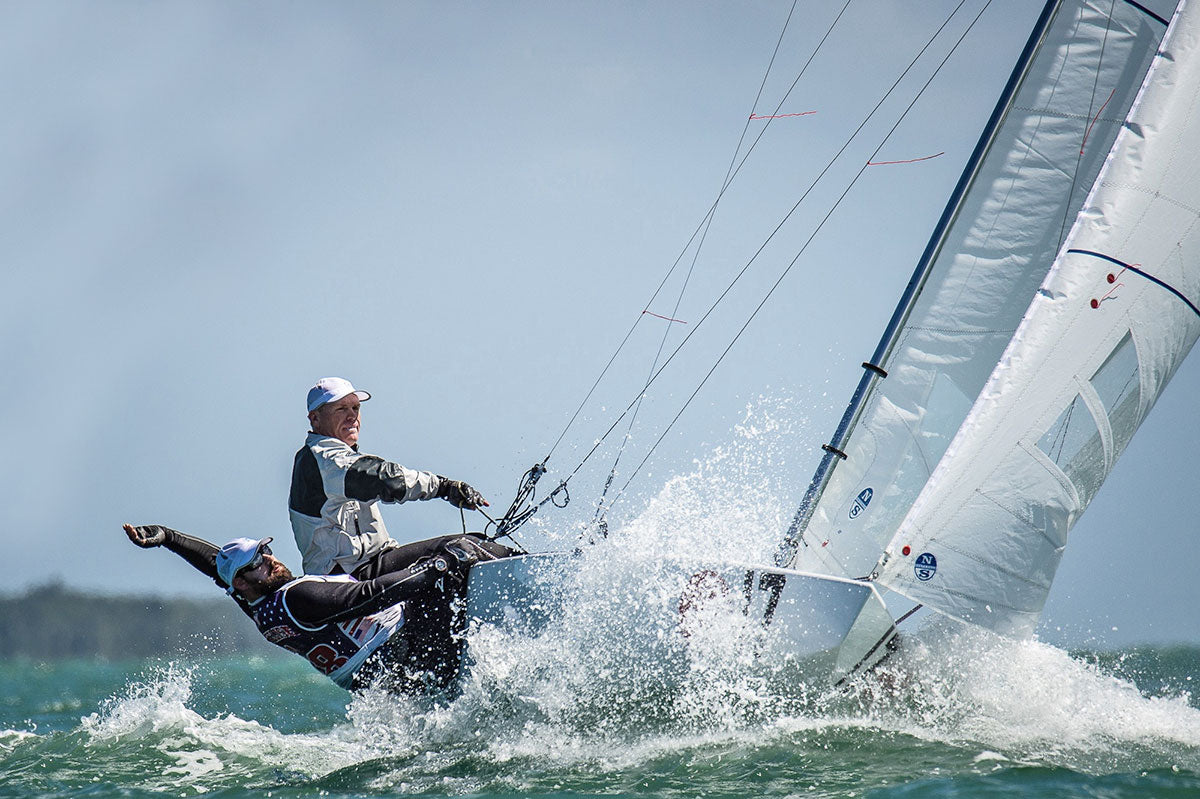
WATCH THE STAR SAILORS LEAGUE FINALS
WATCH THE STAR SAILORS LEAGUE FINALS
Don’t Miss The Action Streamed Live From Nassau
📸 Martina Orsini
The elite of the sailing world will go head-to-head tomorrow in Nassau, Bahamas for the much anticipated Star Sailors League (SSL) Finals.
The first four days of racing act as qualification rounds for the 23 crews, with the competition going up a notch on Saturday for the knockout stages. These single races decide who survives, with the first warning signal for the Quarterfinals at 11:00am. Later that day, the Final will see the last four teams compete, with the first to finish claiming the $200,000 prize.
Saying this is an exciting line up would be an understatement. A selection of big name sailors make up each team, including 5.5 Metre World Champion and North Sails Expert Christoph Burger, Two-time Olympic Star medallist and Beijing 2008 champion Iain Percy, and Volvo Ocean Race winner and America’s Cup veteran Paul Cayard.
Live Stream The Action:
The racing will be live streamed on the SSL Facebook with expert commentary and drone footage.
SSL Website and Race Results:
Latest press releases, race news and media can all be found on the dedicated race minisite.
Entry List
Event Schedule
Race Videos
Race Photos
READ MORE
READ MORE
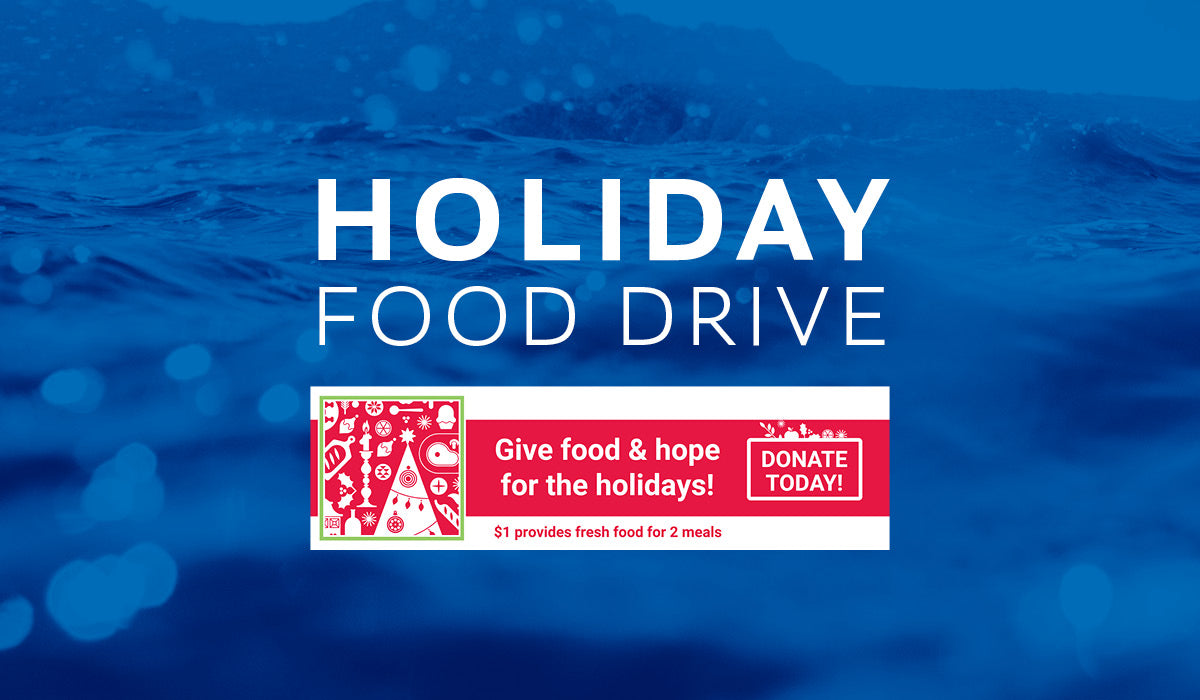
SUPPORTING MISSISSAUGA FOOD BANK
HOLIDAY FOOD DRIVE
Supporting Mississauga Food Bank
We're giving back this holiday season, help us support our local community. Our holiday food drive is on now until December 23rd. Our goal is to collect 250lbs of food to donate to the Mississauga Food Bank. Drop off items when you're picking your sails up or dropping them off at the loft - anything helps! Most needed items are listed below.
READ MORE
READ MORE
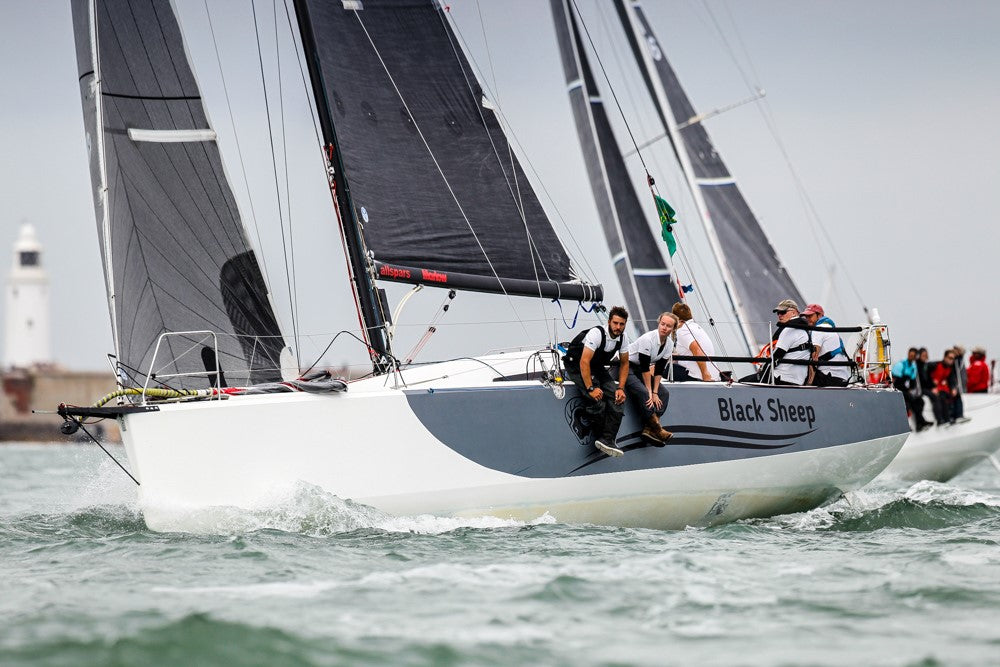
BLACK SHEEP'S 10,000-MILE SEASON FINISHES ON A HIGH
Trevor Middleton’s team onboard the Sun Fast 3600 Black Sheep celebrated a busy and rewarding 2018-2019 offshore racing season at the Royal Ocean Racing Club (RORC) Annual Dinner and Prize Giving in London. As well as picking up first place in IRC Overall, the team won five other awards including Navigator and Consistent High Performance.
The RORC Season Points Championship comprised 14 challenging offshore races at locations including the Caribbean in Antigua and Grenada, Lanzarote, Malta and the Netherlands. Missing just the Isle of Man Race and the Cervantees (due to the ship transporting the boat breaking down), Black Sheep very much earned her place at the top of IRC Overall.
We talked with boat owner Trevor Middleton about their season success and when asked which race and venue was the highlight, there was little hesitation: “Definitely the Transat Race where we had all we could want – a really good race with fantastic downwind conditions. We averaged 200-mile days and even covered 240-miles one day, finishing the race just under 17 days. With regards to venues, what is not to like about leaving from Lanzarote and arriving in Grenada!’’
Naturally, the five-strong crew were slightly apprehensive about the Transatlantic Race on a 36ft boat, but three of them had been on a Clipper in the Southern Ocean in gusts of 86 knots so they were fully aware of what the ocean could serve-up. Trevor says “The feeling of satisfaction at the end of that race was immense.’’
Having started sailing 10 years ago, 26-year old skipper Jake Carter met most of the crew through the 2013-2014 Clipper and Rona Sailing Project. This year was Jake’s first full campaign with Black Sheep, “sucked in’’, he explains, “when Trev announced he was going for some trophies in 2019!’’
The team collecting their awards at the RORC Annual Dinner and Prize Giving in London 📸Sportography.tv
Rob Craigie and Deb Fish’s Sun Fast 3600 Bellino was Black Sheep’s main rival throughout the year. We were interested to hear if Trevor felt they had an advantage or disadvantage being two-handed: “It varies by race; for a short race in lighter winds then I think two-handed crews have the advantage, whilst in longer, windier races (like the latter part of the Middle Sea), I think fully crewed boats are favored. However, I don’t think it always favors one or the other, especially as the boats have slightly different set ups – Bellino runs with symmetric and we run with asymmetric, which again hands different advantages for different races.’’
After buying the boat in 2016 with a plan of going for the overall win in 2019, the team focused their efforts in the first two years learning what worked best on the boat. “Good attention to detail helped us keep consistently good results this year,’’ Trevor explains, “as well as having a consistent, hard working crew and keeping the boat in top condition to reduce the risk of retirements. Jake did a great job of keeping us on our toes!’’
What are your key takeaways after the season? “Persistence – when all looks lost, don’t give up! We can also confirm that the 3600 is a great boat (we were thinking of changing but have now decided not to). Lastly, we have learned firsthand that nothing comes easily, you have to keep working at it.’’
Trevor confirms the sails performed well on the whole, despite some abuse from the crew. “The 3600 is very good at reaching’’ he says. “Our fastest leg had to be running downwind in the Transat with the A2+ pushing out 200+ mile days.’’
“Our fastest leg had to be running downwind in the Transat with the A2+ pushing out 200+ mile days.’’
The team’s Sails Expert, Ronan Grealish, explains “It is a testament to the durability of North 3Di Endurance that Black Sheep have used the same set of sails for three hard seasons, topped off in 2019 by their RORC season win. North Sails are looking forward to optimising Black Sheep for next season, with some new 3Di Raw sails being added to their inventory.’’
“It is a testament to the durability of North 3Di Endurance that Black Sheep have used the same set of sails for three hard seasons, topped off in 2019 by their RORC season win.’’
Jake comments “2020 is a real opportunity to set Black Sheep up well and we aim to apply what we have learnt this season to defend IRC3 and get some clear wins. After some great advice from North on our Superkote A2 in the past, we are now taking advice on 3Di Raw. The retained strength and weight saving of 3Di Raw is a big plus.’’
“The retained strength and weight saving of 3Di Raw is a big plus.’’
After completing a 10,000-mile season (including deliveries), it is time for both the crew and the boat to reset for next year, with Black Sheep having some repairs and refits to get her back where she needs to be. The plan for next season is still being developed, but Trevor hopes to shift his concentration on the upcoming RORC season.
Congratulations to Trevor Middleton and his crew for an epic, jam-packed year of superb racing. We look forward to seeing you on the water next year.
Black Sheep was equipped with an Offshore 3Di Endurance 780 Mainsail and a reefable 3Di J2+, Xi Code Zero, J1.5 NorLam Sport, J3+ reefable NorDac Radian, A2 Asymmetric in Superkote 60, A2+ and A5 in NorLon and an A0 in Norlam Code Xi.
Light winds and bright sunshine during the race from Cowes to Dieppe for the Morgan Cup 📸Rick Tomlinson/RORC
READ MORE
READ MORE
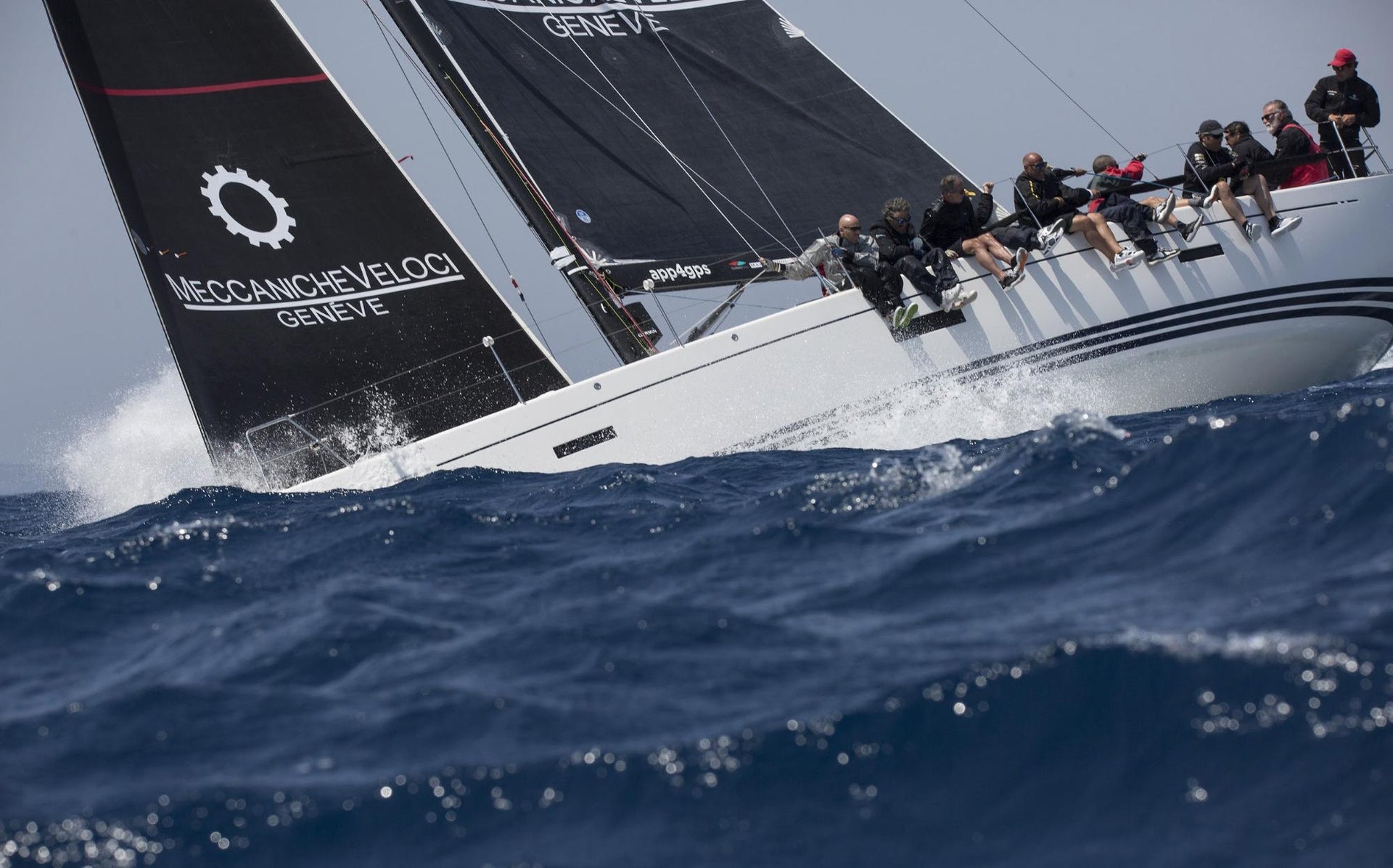
ORC/IRC WORLD CHAMPIONSHIP 2020
ORC/IRC WORLD CHAMPIONSHIP 2020
Newport’s Hottest Event Of The Season
📸 Regate.com
Calling all weekend warriors! The New York Yacht Club in Newport, RI, USA will be hosting the ORC/IRC World Championship this year, on September 25th – October 3rd. This is the first offshore championship to be held in the United States since 2001.
“Any time a World Championship of this stature comes to Newport, it is special,” explained North Sails President Ken Read. “Preparation is already beginning to happen for locals and traveling teams alike. Having the ORC and IRC working together is key for handicap sailing around the globe, and you can be sure that our North Sails community and service team in Newport will be ready to support all teams arriving for this fantastic Fall 2020 event.”
📸 Regate.com
The best part about this racing platform? Competitors are divided up into three classes, so each boat will only be competing with boats that have a similar setup, size, and speed. Three divisions consisting of many kinds of boats, meaning three world championship titles are up for grabs. Looking back to the 2018 Offshore Worlds at The Hague, competitors from all over the world racing everything from a GP26 to J/109s, Swan 42’s to 57-footers. This event is truly for anyone; club racers and cruisers, and the course offerings are fit for any program with any level of crew experience.
This year the championship will also bring in the new Melges IC37 class, and from the current entry list, we’ll get to see a variation of boats between 27-52 feet. Teams from the USA, Canada, Great Britain, Italy, France, and Germany are already signed up and ready to represent. Competitors can expect 2-3 offshore or coastal style races, and 6-7 inshore races to complete an exciting six days of racing in Newport, RI, the sailing mecca of the USA.
“Offshore sailing is part of the DNA of the New York Yacht Club,” said Commodore Philip A. Lotz. “Our waterfront clubhouse at Harbour Court combined with Newport’s tremendous sailing conditions and extensive marine infrastructure, provide what we feel is one of the greatest venues for offshore racing. The Club is very excited to welcome the world to our hometown for the 2020 ORC/IRC World Championship.”
📸 Regate.com
This event is the primetime opportunity for club racers worldwide to experience the best racing in the crowd-favorite format, and it’s open to all. Up to 150 teams can register to compete and represent their respective countries for a chance to snag one of three world championship titles. Amateur Corinthian prizes will also be handed out in each class to those that apply. Registration closes September 10th, 2020. Extend your fall racing season in Newport, RI this year. The 2020 ORC/IRC Worlds is going to be the main event. Get your team ready, and get your game faces on!
Our North Sails Certified Service team will be onsite to support the fleet with overnight sail repair service throughout the week. We’ll see you out there!
Learn more about the event and view registrants here. There are 42 boats already signed up and ready to rumble. Are you on the list?!
📸 Regate.com
📸 Regate.com
📸 Regate.com
READ MORE
READ MORE
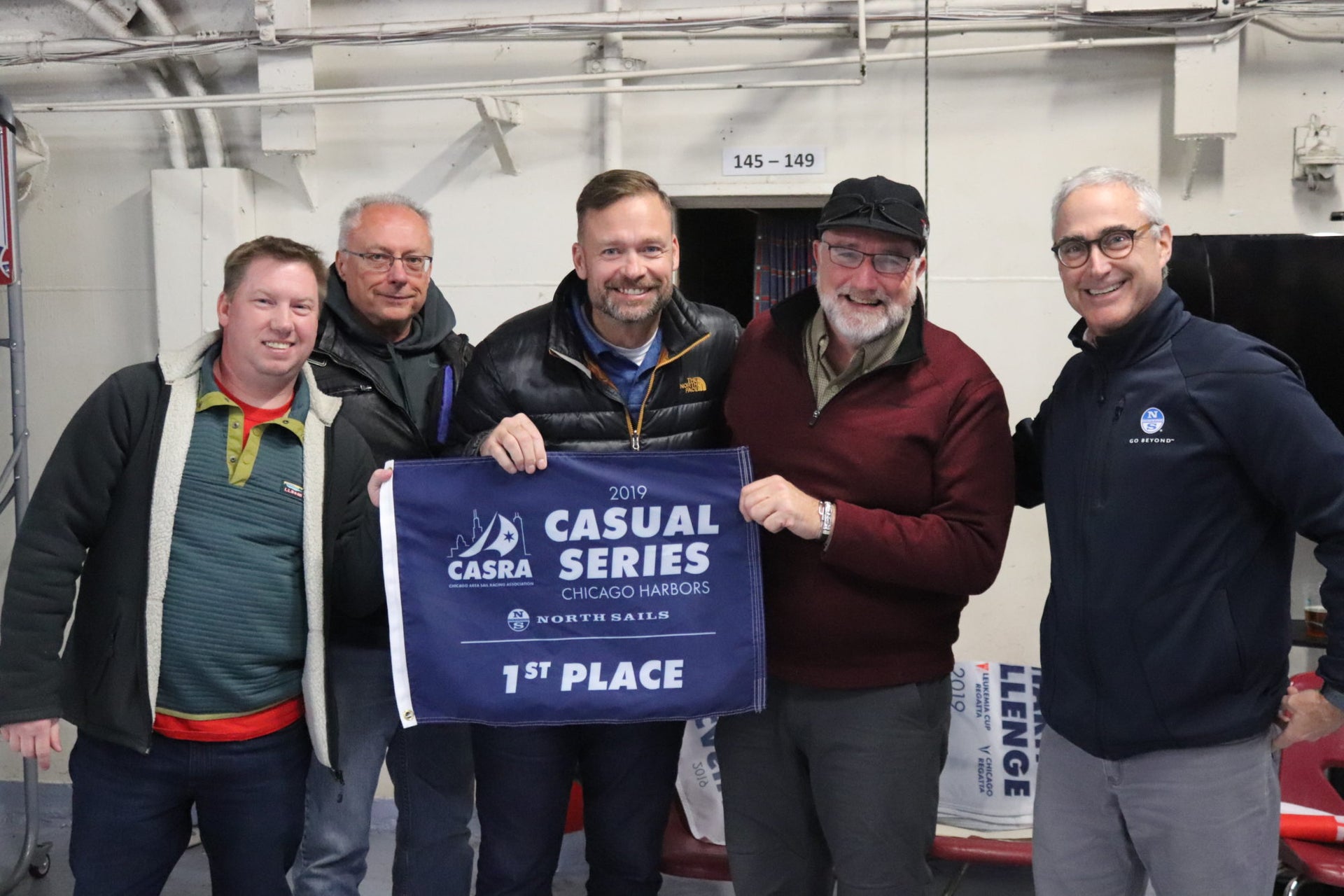
CELEBRATING ANOTHER YEAR ON THE WATER
CELEBRATING ANOTHER YEAR ON THE WATER
CASRA Year End Awards
North Sails is a proud supporter of Chicago racing, including in our continued gold-level sponsorship of Chicago Areas Sail Racing Association (aka CASRA).
CASRA and North Sails share the common commitment to supporting the growth of the sport of sailing in the Chicago area. CASRA is an organization comprised of five Chicago-area yacht clubs. Combined, CASRA member clubs have approximately 3,000 members. Some of CASRA’s racing events include the Casual Race Series and the Charity Challenge.
CASRA wrapped up another eventful season of organized racing with a Town Hall meeting and awards. CASRA past President Mike Hettel and current President Greg Miarecki, along with North Sails Chicago’s very own Keith Church, handed out custom-made flags for winners for various races and series. Here are the results for 2019.
Chicago Race Week
T-10
1st Place: Meat (Brian Kennalley, Edward Mui, Craig Roehl)
2nd Place: Water Works (Rick and Mary Ann Lillie)
3rd Place: Minister (Blane & Cindy Boynton)
Buoy
1st Place: Momentus (Kevin Saedi / Raman Yousefi)
2nd Place: Eagle (Jerry & Shawn O’Neill)
Distance
1st Place: Paradigm Shift (Dave Dickerson)
2nd Place: Valkyrie (Brian Bullock)
3rd Place: Mise En Place (Paul Thompson)
CASRA Casual Race Series Winners, presented by Chicago Harbors
Spinnaker Section
1st Place: Exeter (John Notch)
2nd Place: Success (Kasey Iwasyk)
3rd Place: Paradigm Shift (Dave Dickerson)
Non-Spinnaker Section
1st Place: Solstice (Greg Bohmann)
2nd Place: Quicksilver (Vilia Sutkus-Kiela)
3rd Place: Jade (Mike Hoover)
CASRA Charity Challenge Winners
The Charity Challenge consists of three different events: the Gold Star Regatta; the Leukemia Cup; and the Chicago Regatta. All three events focus on raising funds for worthy charities making an impact in the Chicago area.
GOLD LEVEL
Flying Pig
Global Nomads
Jahazi
Lucy
Maskwa
Ohana
SILVER LEVEL
Archimedes III
Defiance
Heartbreaker
Ob La Di
Paradigm Shift
Spanker
Skye
We congratulate fellow racers and look forward to more future sponsorship with CASRA to promote the sport of sailing in Chicago.
READ MORE
READ MORE

WINTER SEMINAR SERIES
WINTER SEMINAR SERIES
Join Us At North Sails Detroit For Education & Fun
Building on the HUGE success of last Winter's Seminar Series, North Sails Detroit is pleased to announce this years Winter Series. All events are free except Feb 15th's full day seminar.
Dec 18th at 7pm | "Team Building" with North Sails Expert Skip Dieball
What can you do to build a successful team on and off the water? Skip Dieball has been a member of the North Sails team since 1997. He has been active in one-design and offshore sailing his entire life, and has won multiple National and World Championships, including the 2015 Etchells Worlds. This past Summer Skip represented USA at the Pan Am Games in the Lightning Class.
Jan 29th at 7pm | T-minus 6 months with Bruce Burton
"The Countdown to Tokyo"- Bruce Burton is a former President of US Sailing and is currently the Chair of the US Olympic Sailing Committee. Bruce will be talking about all the work that the Committee and Athletes have done in this cycle as well as the remaining lead up to the Tokyo Games.
Feb 14th at 7pm | An introduction to Expedition with Peter Isler and Bill Gladstone
An introductory look at all the "Bell's and Whistles" of Expedition Software. Peter Isler in Detroit teaching Expedition. Geared toward experienced and aspiring Expedition users, Peter Isler will lead a full day program to bring your Expedition skills to the next level. Peter is an Internationally renowned sailor, motivational speaker and author, Peter Isler has parlayed his love of sailing into a career. Inextricable from the America’s Cup since winning it as navigator aboard Dennis Conner’s Stars & Stripes in Australia in 1987. In all he has sailed in five Cup campaigns (most recently with the BMW Oracle Racing Team in Valencia, Spain), winning it twice.
Feb 15th at 8am | Expedition Users Seminar with Peter Isler and Bill Gladstone
One Day, Live, Peter Isler in Detroit teaching Expedition. Geared toward experienced and aspiring Expedition users, Peter Isler will lead a full day program to bring your Expedition skills to the next level. Peter is an Internationally renowned sailor, motivational speaker and author, Peter Isler has parlayed his love of sailing into a career. Inextricable from the America’s Cup since winning it as navigator aboard Dennis Conner’s Stars & Stripes in Australia in 1987. In all he has sailed in five Cup campaigns (most recently with the BMW Oracle Racing Team in Valencia, Spain), winning it twice.This will be a full day Paid Seminar presented by North U. For more information and to register here.
March 19th at 7pm | Epoxy Tips and Techniques with North Sails Rep Joe Parker ** CANCELLED **
Successful use of WEST SYSTEM Epoxy products is easy when you follow some basic rules. We will discuss basic epoxy use, applications and safety. Joe will include strategies for success in all weather conditions and some secrets the pros use every day to build and repair boats. Joe Parker has been in the marine industry for 40 years; 25 of those years working for Gougeon Brothers Inc, makers of WEST SYSTEM Epoxy. Joe retired from GBI in 2014, but is still operating Bay Boat Works and is the Saginaw Bay Sails Rep for North Sails.
April 8th at 7pm | Long Distance Race Strategy with North Sails Expert Perry Lewis ** CANCELLED **
Perry Lewis is a 40-year veteran of North Sails Chicago. His race trophies include a dozen national and North American championships, and another dozen overall Mackinac race wins. Perry will be talking about how he goes about preparing his strategy for distance racing.
May 6th at 7pm | Managing and Maintaining your Sail Inventory with North Sails Experts Bill Lesnick, Mike Stark and Spencer Colpaert
North Sails Detroit Team headed by Bill Lesnek a 40-year veteran of sailmaking and repairs shows you the best practices to maintain and grow your sail inventory both on and off the water, and what you need to do it.
READ MORE
READ MORE
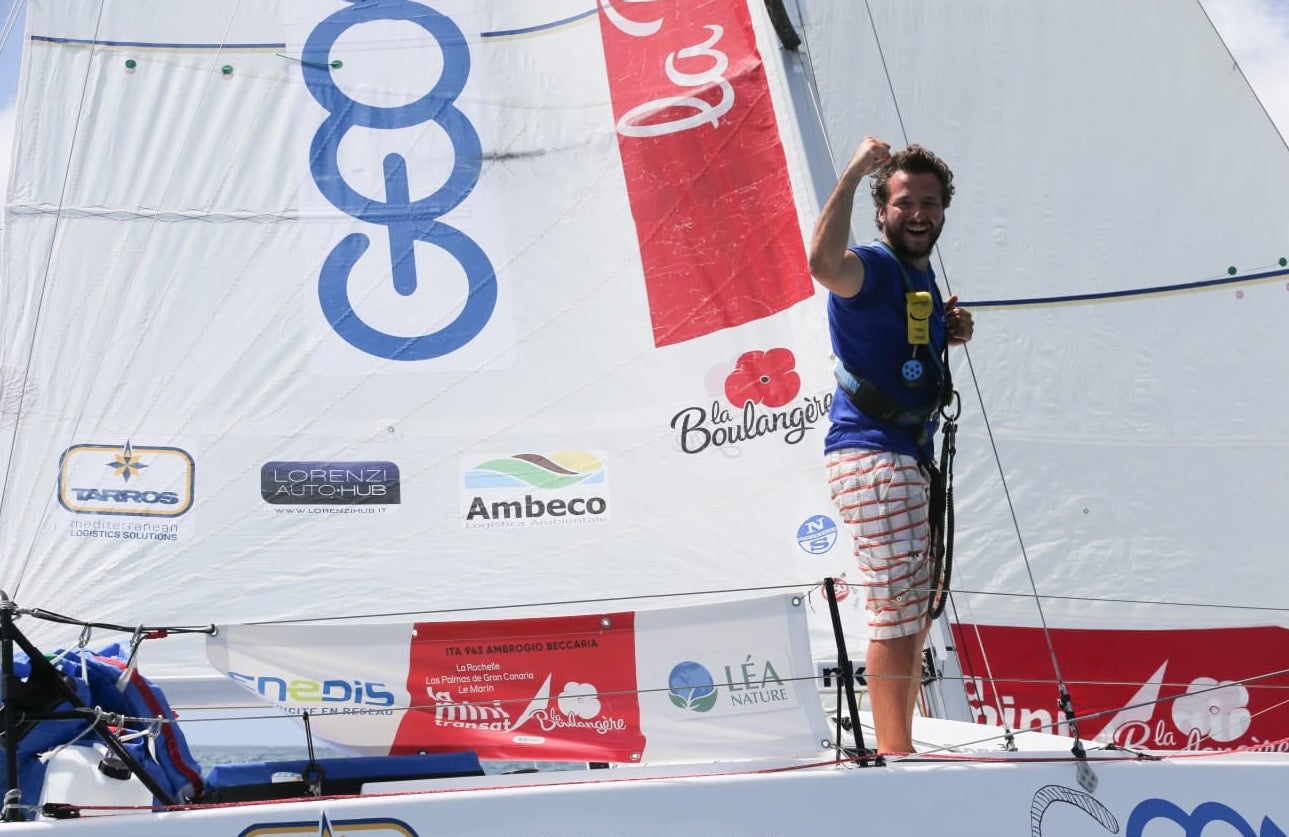
#NSVICTORYLIST: MINI-TRANSAT LA BOULANGÈRE
#NSVICTORYLIST: MINI-TRANSAT LA BOULANGERE
Client Ambrogio Beccaria Wins MiniTransat Cruising Division
📸 Christophe Breschi Photography | MiniTransat 2019
Italian Ambrogio Beccaria is a twenty-eight year old nautical engineer, and he has completed the Mini-Transat after 13 days, 1 hour, and 58 minutes to win the cruising division and finish third overall. Ambrogio, onboard his Pogo 3 Geomag never lost command of his fleet, and he even found himself in the lead overall after choosing an impeccable racecourse. We interviewed Ambrogio after the finish to find out more about his program and why he chose North Sails to power his vessel across the ocean.
“Sail development performances and speed are the part I’m most interested in these regattas,” he explains. “That’s also why I chose to sail a cruising boat because they are simple, but they are the ones where you can develop many aspects, including sails. I had also used North Sails in the previous Mini-Transat, and after moving to Brittany, France, I was able to work constantly with the sailmakers.”
How did you develop your sail program?
“After the first few miles with the first sail wardrobe, we started working on a second generation. Collecting photos and videos, we discovered some very interesting things. My boat is swift, but its aft shape has something like a motorboat deflector. When the sea state is up and from behind, it tends to put the bow in the water and can become dangerous. We designed a much flatter spinnaker so that I could sail at a higher angle. That choice turned into a winner!”
What inventory did you carry?
“Three gennakers, a Code 0, and a small heavy wind spinnaker that could be very reliable and fly as long as possible. With more than 20 knots of breeze, I can sail deep, down to 150 degrees TWA. For the mainsail and genoa, we used 3Di polyester because the mainsail must be Dacron, and the jib cannot have exotic fibers.
For the Solent jib, 3Di was a revolution—seven boats in the first ten hoisted this sail. I didn’t choose a square head; some had a sail so large in the head that they had to lower it by 40 centimeters to tack. Compared to my setup, I would say that they did not have good VMG upwind.”
📸 Christophe Breschi Photography | MiniTransat 2019
How did you manage the sails?
“At the start, I risked breaking the bowsprit. After that, I went back to what my coach Tanguy Le Glatin said; be the first to reduce the sails when there is too much wind, and then the first to hoist the sails, before the others. I pushed the boat hard with my bigger spinnaker, and it was there that I got in front of the prototype boats.”
Are you satisfied with your results? Is the boat that won the prototype class that much faster?
“On paper, the prototype which won his class goes much faster. But the prototypes are a lot less reliable. As soon as the conditions get tough, the skipper is often fighting to save the boat. Sailing at 20 knots makes you fear for the bigger blows you take on the hull. It’s complicated to know when to give it that gas and stay powered up, and when not to.”
What are your impressions of the prototype that is equipped for foiling?
“The prototype has some very special T-shaped foils with supporters on the rudders, and the original idea was to fly completely. Unfortunately, he had a problem with the forestay and was unable to push as hard as he wanted. They ended up in fourth, but very far from the podium. The DNA of the mini-prototype class is still experimental. The idea is to facilitate the foiling, which is now limited by the maximum width of three meters in port, so the foils must retract completely. Once this limit has been removed, it will be easier to push towards performance, as the Imoca boats do.”
What are your plans for the future?
“My current plan for the future is getting involved in a Class 40 project and competing in the 2023 world tour. I’m interested in the construction of the boat and will follow this new project personally. I’d love to succeed.”
Learn more about Ambrogio’s Geomag. Learn more about Ambrogio’s sailing success.
READ MORE
READ MORE
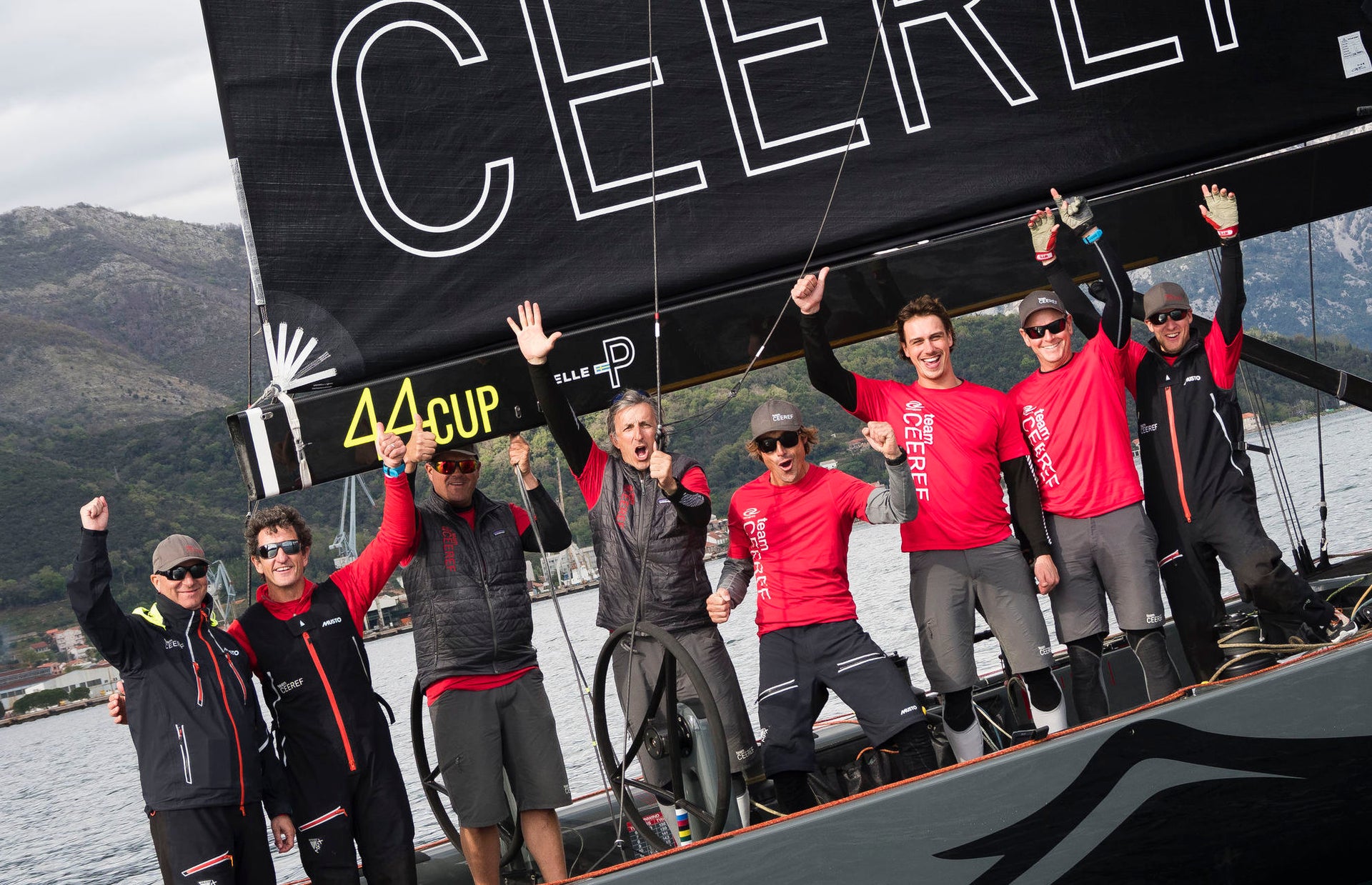
#NSVICTORYLIST: CEEREF IS RC44 SERIES CHAMPION
#NSVICTORYLIST: CEEREF IS RC44 SERIES CHAMPION
Igor Lah’s Team Seals The Deal In The 2019 Series Finale
📸 Martinez Studio | RC44 Class
Slovenian Igor Lah has claimed the 2019 season title, and all in the final moments of the RC44 Cup. Going into the last race, the points were tight, and the final race would produce just one overall season winner. The first day of racing was canceled due to weather, so with only a three-day event to make it happen, it was all or nothing. Acknowledging that their season did not go as well as they had hoped, they were hoping to at least have a solid race finish in the last event of the series. “Our goal was to come to Palma and win,” said their tactician. “If you don’t sail well, it is easy to be in the back- which we know!”
Ceeref had their work cut out for them, going into the final event from far behind after a rough season of bad luck. In the last race, the Bay of Palma delivered a strong breeze, and Ceeref was ready to give it their all, coming off the line at the pin-end and crossing the fleet on port. They worked course left, rounding the windward mark in third just behind clients on Bronenosec and Charisma, the 2018 Season champs. Coming into the bottom of the course, Ceeref took their chances, splitting sides with leaders and was able to catch the first shift that kept them in the lead to the top of the course. Great speed and boat handling launched them ahead of Charisma, who was nipping at their heels in second place, to snag the bullet. Taking chances is what earned them the upper-hand on the tiebreaker, to take first overall in the RC44 Cup Palma and first overall for the season with 11 points after one discard.
📸 Martinez Studio | RC44 Class
The RC44 season consisted of five events; Porto Montenegro, Adris, the Worlds in Marstrand, Cascais, and Palma. Ceeref started out strong, winning event one in Porto Montenegro with a seven-point lead. However, the event in Adris, the Worlds, and Cascais, they suffered from bad luck, which didn’t give them much of a chance to pull through and end their season on a bright note. Perseverance and smart sailing kept them in touch with the fleet, not to mention scoring four bullets in Palma gave them enough to squeak ahead with 27 points total to win it all.
To win the overall trophy in one of sailing’s most competitive ‘big boat’ one-design classes is quite the accomplishment. For Igor’s Ceeref to win it again, their first time being in 2016, then again in 2017, now in 2019, was a great feeling.
“I was sure that it would be impossible,” said Igor, who only found out when the boat hit the dock that the team had pulled it off. This was a great way to end the event, and the 2019 racing season.
“Going into the last race, we knew it was mathematically possible, and the math was on our side today!” said Igor. “We needed this.”
Ceeref is built for pure speed and powered by North Sails 3Di RAW 880. For more information on North 3Di, contact your local sail expert today.
📸 Martinez Studio | RC44 Class
📸 Martinez Studio | RC44 Class
READ MORE
READ MORE
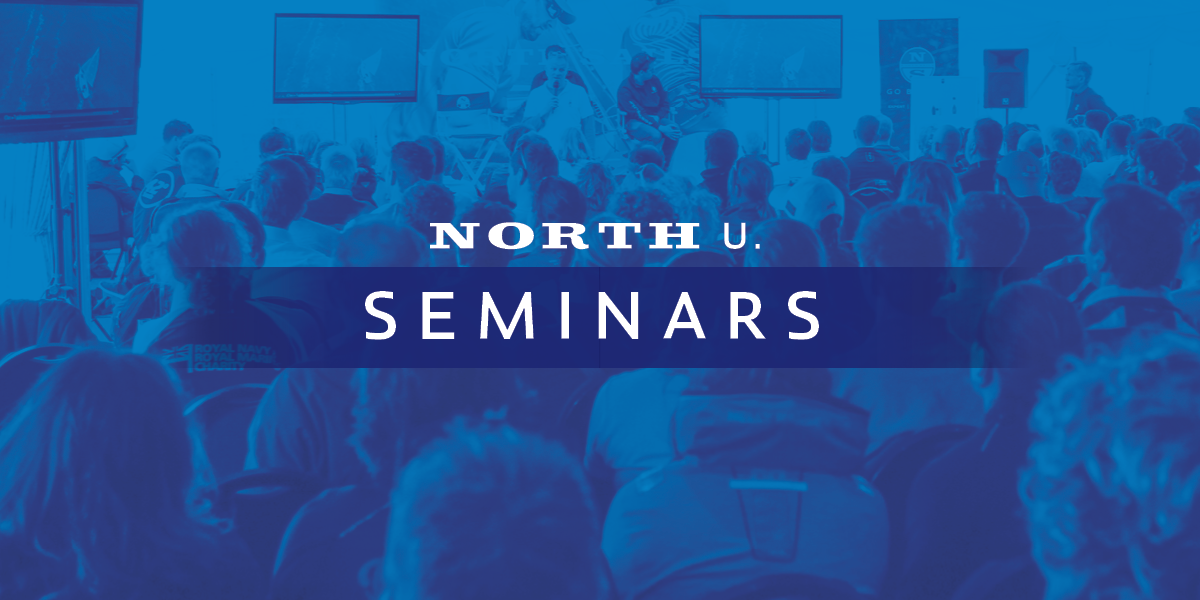
SPANNENDE VORTRÄGE AUF DER BERNAU BOATSHOW
NORTH SAILS BRINGT SPANNENDE VORTRÄGE
Auf der Bernau Boatshow in Süddeutschland von 29. 11. - 1. 12. 2019
Mehr Segeltage und Spaß mit Zusatzsegel
Vortrag 1: Samstag, 30. 11. 2019 um 11:30 Uhr
Mehr Spaß und Sicherheit am Segeln durch richtigen Segeltrimm vom Segelmacher in wenigen Schritten erklärt
Vortrag 2: Samstag, 30. 11. 2019 um 11:30 Uhr
Vortrag 2: Sonntag, 01. 12. 2019 um 13:00 Uhr
Ort
Yachtcentrum Bernau: D-83233 Bernau am Chiemsee · Chiemseestr. 65
Öffnungszeiten
Freitag 29. 11. und Samstag 30. 11.: 10 - 18 Uhr
Sonntag 01. 12.: 10 - 15 Uhr
Erleben Sie eine einmalige Vielfalt auf der größten Segelyacht-Hausmesse in Deutschland und informieren Sie sich über die neuen Produktlinien 2020 von North Sails. Andrea Seidl und Ralph Koper, North Sails Österreich, präsentieren die neusten Segeltücher und interessante Messerabatte am North Sails Messestand im Foyer 1. Stock.
Kontakt
office.at@northsails.com oder Tel.: 0043 662 87 5507
READ MORE
READ MORE
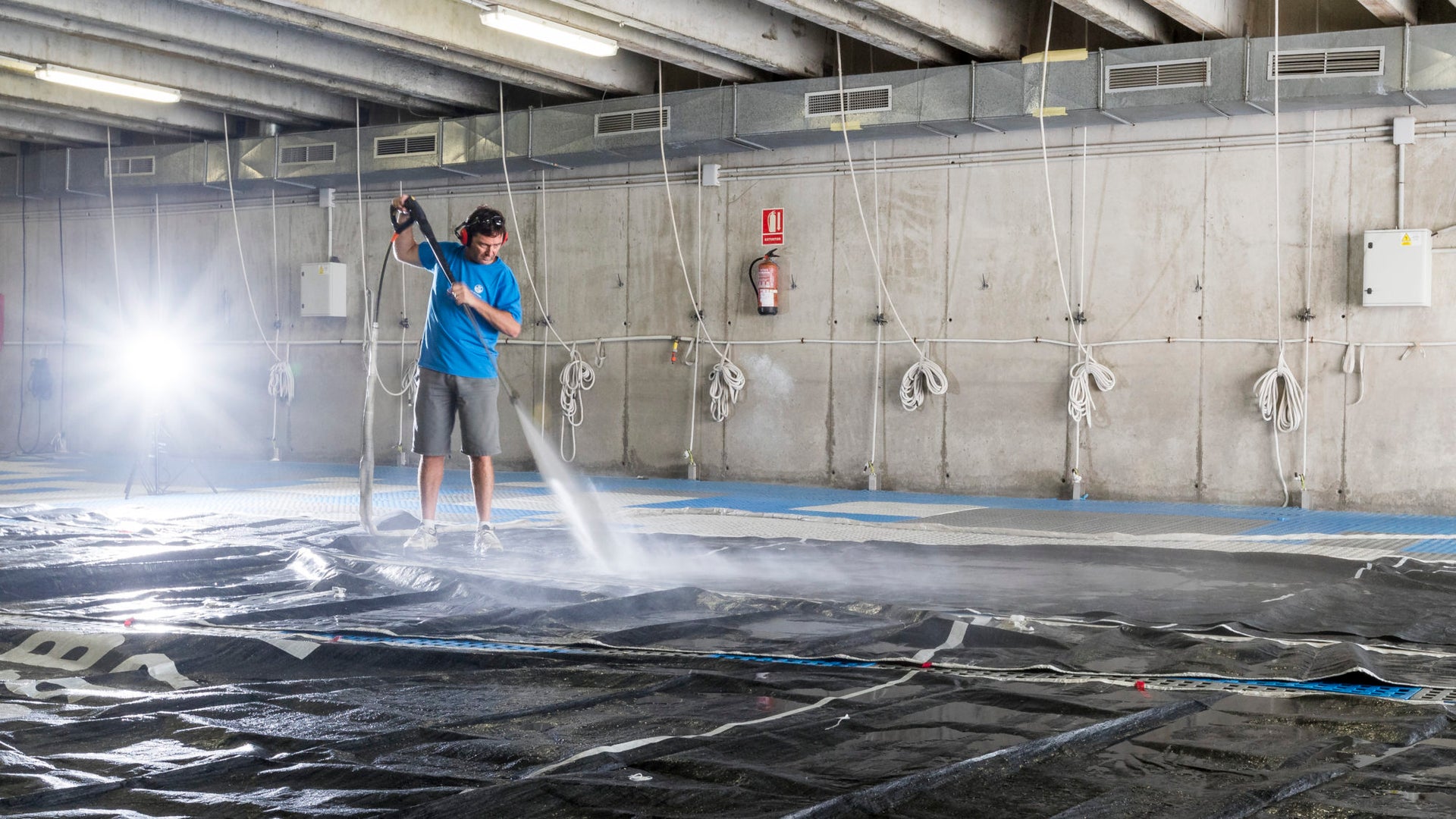
SERVICE SPOTLIGHT: SAILWASHING
SERVICE SPOTLIGHT: SAILWASHING
What You Need To Know
Are your sails and canvas looking a little dingy? DON’T WORRY! We can fix that! At North Sails Detroit we have many options to bring back life to your dirty sails and canvas. Not only do we offer new UV covers, Mainsail covers, and genoa socks, we also offer sail & canvas wash plus waterproofing for your old canvas. Get your sails looking their best for next spring with these service tips.
Washing can be done year round, however, we recommend the best time to get your sails in for washing is at the end of the season. In terms of frequency, washing your sails does not and should not be done annually. We recommend getting your sails washed every two to three years, or as needed. Dacron sails and canvas benefit the most from this washing process. If your laminated sails are moldy, there are other options besides washing to clean them up. Contact us directly to learn more about this option.
Getting your Dacron sails and canvas washed can remove all of those nasty spider stains, bird droppings, mold and mildew that have accrued over the course of the season. The sails and canvas are submerged for 48 hours in a cleaning solution then gently rinsed and hung to dry. Not only will your sails and canvas look brighter, but it will also expose any rotting stitching, which can be easily detected and addressed by the service team. A good addition to washing your canvas items is getting them waterproofed. Over time, Sunbrella can become porous and let water through getting your nice clean sails dirty.
For any questions or quotes call our service team at North Sails Detroit or e mail Bill.Lesnek@northsails.com or Mike.Stark@northsails.com
READ MORE
READ MORE
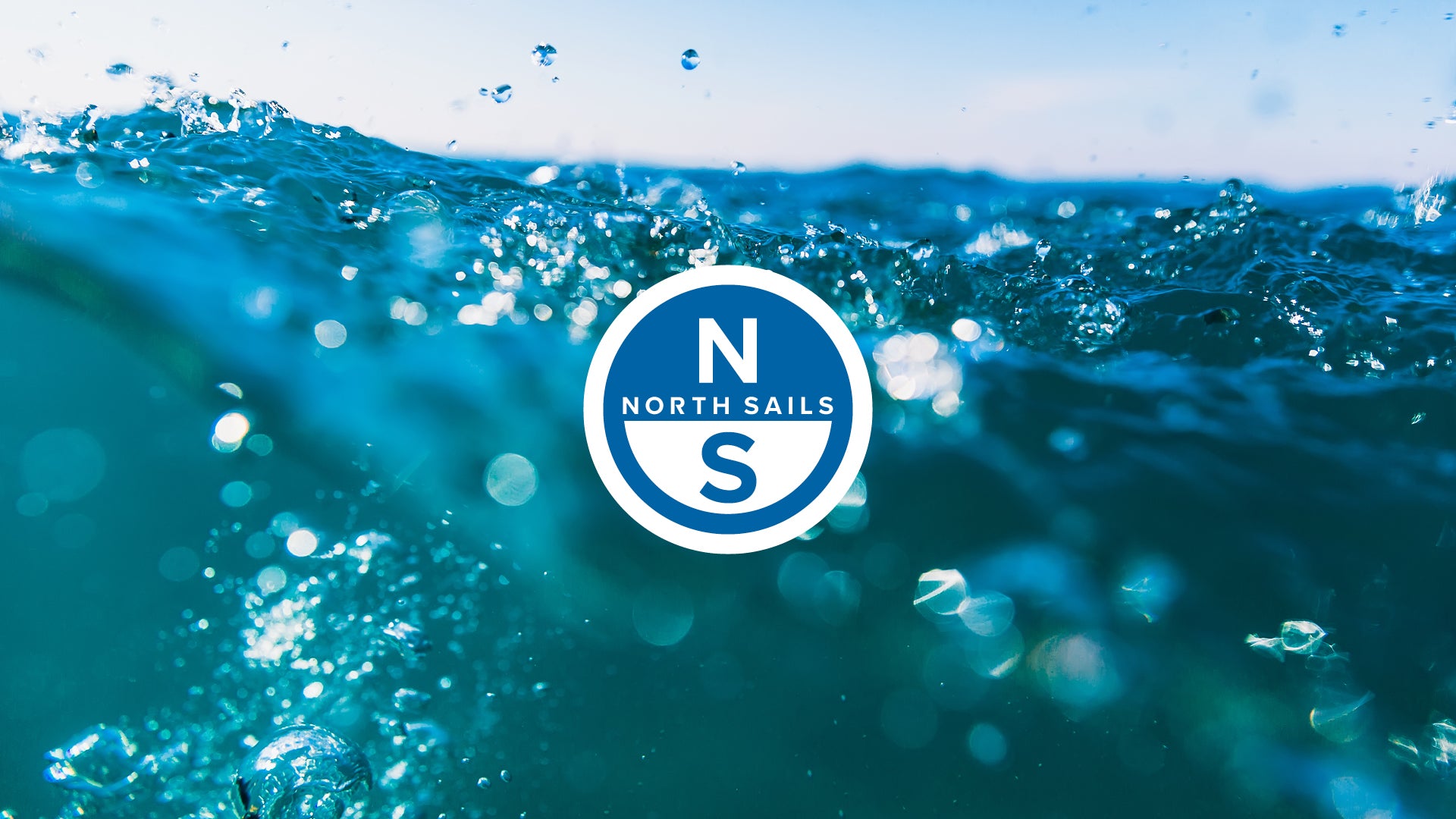
HARBOR 20 TUNING GUIDE
Thank you for choosing North Sails for your Harbor 20. We hope using this tuning guide will help you get the most from your new North Sails. Our goal is to give you a rig set up that is fast in all conditions and easy to adjust. Some relatively minor modifications are necessary to the standard Harbor 20 layout in order to get the most from your boat and sails.
General
Shroud Adjusters
It is important to have the proper shroud set up for effective rig tuning. Notice the picture above, the keeper allows you to make adjustments with the shroud locking mechanism so you can make adjustments to the rig based off the conditions.
The keeper and third hands will also prevent the shrouds from spinning off while sailing. These can be purchased in a variety of different rig shops.
Adjustable Backstay
In order to properly control the shape of the jib and mainsail it is a big help to have a easily adjustable and fairly powerful backstay. Making sure your backstay is running smoothly will allow you to de-power your sail in moderate wind conditions.
Mast Tuning
Before Sailing
First loosen shrouds until they are making 5” circles. From there tension the upper shrouds until they read 20 on the loose gage. From there fill your bucket half full of water and untie your stern from the dock so your boat is head to wind. Attach the bucket to the main halyard and let your boom sit on the cushions in the cockpit. Hang the bucket over the starboard side of the boat, and cleat the main halyard so the bucket handle sits flush with the bottom of the cap shroud. Then, without uncleating the main halyard, take the bucket and hang it over the port side of the boat. If the bucket handle is hitting the same part of the cap shroud on both sides, this means your mast is in the middle of the boat. If the handle is above the mark on the port side that means your mast is to starboard. If it is below the mark then the mast is leaning to port. Adjust the shroud to get the mast in the middle of the boat.
**Note: it is important that the boat is faced into the wind. Likewise it is important that just one person is in the boat during this exercise, and that person sits in the same spot on both the port and starboard side. Do the exercise multiple times before making adjustments.**
After getting the mast in the middle of the boat, tension the lower shrouds to 10 on the loose gage. Sight the mast to make sure it is straight.
Now you should be ready to race! You should also sight the mast on both starboard and port to ensure the mast is symmetric side to side while under sail.
Sail Trim
Light Air (0-8 knots)
MAIN
Outhaul should be tensioned so their is about 3.5” between the boom and the foot of the sail.
Traveler should be centered. Never let your traveler go to leeward in any situations. There are folks in the fleet who actually screw their traveler to the deck so there is zero chance of it moving.
JIB
Tension jib halyard so that there is a hint of wrinkles in the luff. Be careful not to over tension. Adjust jib lead dependent on the jib. If top telltales luff first, move the lead up on the clew board. If bottom telltales luff first, move the lead down on the clew board.
Backstay should be adjusted so you have about 1.5” of forestay sag at base setting.
Moderate Air
MAIN
Pull on the outhaul until there is 1.5” between the foot and the boom. Tension mainsheet so top telltale flies 70% of time; top batten will be parallel to the boom. This helps to generate power. Tension main halyard/ cunningham to just remove horizontal wrinkles in luff. Use the main sheet to tension the headstay along with shroud adjustments. If you are easing main sheet, you are loosing headstay tension. Pull on backstay to help with headstay tension and to flatten the sails.
JIB
Trim sheet so sail is 2-3” from end of spreader. Tension backstay to medium setting. This will straighten headstay and slightly flatten sail Ideally you want zero sag in the headstay.
Heavy Air
MAIN
Outhaul out to band – max tight. Tension halyard or cunningham hard to keep draft forward. Tension lower shrouds to keep mast from bending too much. Backstay on very tight. Top batten should be outside of parallel. Tension the vang tight enough so that the boom does not go up when the mainsheet is eased. This will allows you to “vang sheet” to keep boat on its feet. Remember, flat is fast. Play the mainsheet aggressively in the puffs to keep the boat flat.
JIB
Tighten halyard quite tight to keep draft forward. Trim sail so it is 3-4” off end of spreader. Tighten backstay very tight to make headstay as straight as possible and flatten sail.
*Please note that the above trim settings should be taken as starting points only. These are meant to show the range of settings from light to heavy air. We have found it useful to keep a logbook every time we go sailing to note fast settings or ideas.
Harbor 20 Quick Tuning Chart – California
UPPERS
LOWERS
WIND SPEEDKnots
UPPERS(PT1)
LOWERS(PT1)
Steps
Turns from base*
Steps
Turns from base*
VANG
OUTHAUL
JIB LEAD
< 6
-4
-2
– 2
-4
– 2
-2
0
3”
Lower
6-8
-2
-1
– 2
-2
– 1
-1
0
2.5”
Lower
8-10
20
10
BASE
BASE
BASE
BASE
Snug
2”
Neutral
10-13
2
1
2
2
1
1
Snug
2”
Neutral
13-16
4
3
2
4
2
3
Tight
1”
Neutral
16 – 19
5
4
1
5
1
4
Tight
Max
Upper
19-22
6
5
1
6
1
5
Tight
Max
Upper
22+
6
6
1
6
1
6
Tight
Max
Upper
* The number of turns is an estimate and could be different from boat to boat. It is important to check your settings, and the number of turns between the settings, before going out on the water.
Harbor 20 Quick Tuning Chart – Chesapeake Bay
UPPERS
LOWERS
WIND SPEEDKnots
UPPERS(PT1)
LOWERS(PT1)
Steps
Turns from base*
Steps
Turns from base*
VANG
OUTHAUL
JIB LEAD
< 6
-2
-1
– 1
-2
– 1
-1
0
3”
Lower
6-8
14
10
BASE
BASE
BASE
BASE
Snug
2.5”+
Lower
8-10
2
1
2
2
1
BASE
Snug
2”
Neutral
10-13
4
2
3
4
2
2
Snug
2”
Neutral
13-16
6
4
3
5
3
4
Tight
1”
Neutral
16 – 19
7
5
2
6
2
5
Tight
Max
Upper
19-22
8
6
2
7
2
6
Tight
Max
Upper
22+
8
7
2
7
2
7
Tight
Max
Upper
* The number of turns is an estimate and could be different from boat to boat. It is important to check your settings, and the number of turns between the settings, before going out on the water.
READ MORE
READ MORE
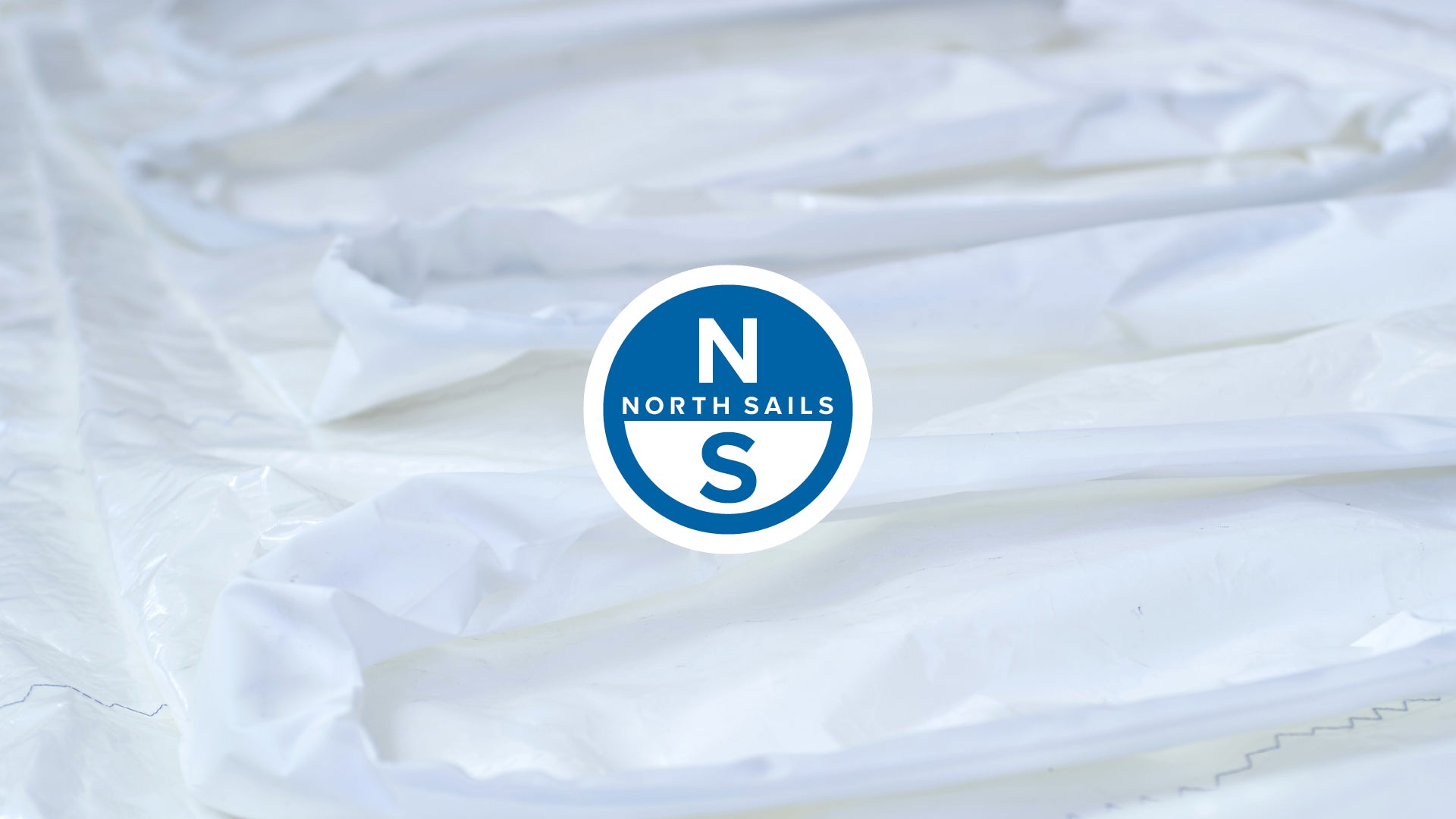
LARK TUNING GUIDE
Mast: C section
Mast Foot: 2700mm (From aft transom to aft face of the mast foot)Spreader Length: 395mm (From the outside of the shroud perpendicular to the bearing surface of the mast track)Spreader Deflection: 155mm (From the centre of the straight line drawn from tips of the spreaders to mast)
Mast: Kappa section
Mast Foot: 2700mm (From aft transom to aft face of the mast foot)Spreader Length: 380mm (From the outside of the shroud perpendicular to the bearing surface of the mast track)Spreader Deflection: 145mm (From the centre of the straight line drawn from tips of the spreaders to mast)
Wind Speed
Light 1-8 knots
Moderate 9-15 knots
16+ Knots
Sea State
Flat
Choppy
Flat
Choppy
Flat
Choppy
Mast Rake (Ft/Inches)
21″ 11″
21′ 9″
21′ 7″
Rig tension (lbs)
330
297
264
Mast Ram
Pull forward to flatten the main
Pull back to keep the mast straight as kicker is applied
Pull back to ease over bending
Cunningham
None
Take out minor creases
Lower the cunningham block further by 30mm
Outhaul
Hard
Ease 20mm
Ease 20mm
Hard
Kicker
Take up slack
Keep top tell-tale flying 90%
Hard
Centreboard
Leading edge vertically down
Raise 1-2’’
Raise 3-4’’
Jib Fairleads
The position of the fairleads affects the foot and leech tensions; pulling the fairleads forward is the same as pulling the barber haulers on. Moving them back in the boat increases the foot tension and allows the top half of the jib to twist open (see the top tell-tale break before the lower ones). Moving them forward has theopposite effects of opening the foot slightly, and closes the leech.
Light Winds (1-8 knots)
The pulley for jib sheeting should be set so if you follow the line of the jib sheet it bisects the clew at roughly 45 degrees. The general rule for light air sailing is to keep the flow of air moving through slot (leech of the jib to the luff of the main). Aim to have the higher tell-tales lifting before the lower ones as this shows the direction of flow is more biased to the top of the leech (twist)
Moderate winds (9-15 knots)
As the breeze starts to build you should be aiming for max power. Here you will be able to move the fairlead forward to close the slot to help stop losing power at the head of the jib. Again, sheet the jib aiming to get the higher tell-tales lifting before the lower ones.
Heavy winds (16 knots+)
The jib sheeting should be moved forward again to help close the leech. If the luff of the main starts to turn inside out the slot is being stalled, you may need to ease the sheet and move the fairleads back to help open and keep the flow of air exiting the sails as quick as possible.
Spinnaker Trim
The spinnaker should be flying so the two clews (two bottom corners) are level, then ease the leeward sheet so the luff (sail edge nearest the wind) just starts to flicker back on itself. A handy tip is the tie the halyard to the head of the kite so there is 2 inch gap from the knot to the edge of the sail, this helps the kite fly freely.
This is purely a tuning guide and has been prepared to help you get the most out of your North Sails as quickly as possible. Some of these numbers will differ from boat to boat. Feel free to modify and experiment in small steps to find what suits you best. If you find settings that really work well, mark these clearly and please keep us informed.
READ MORE
READ MORE
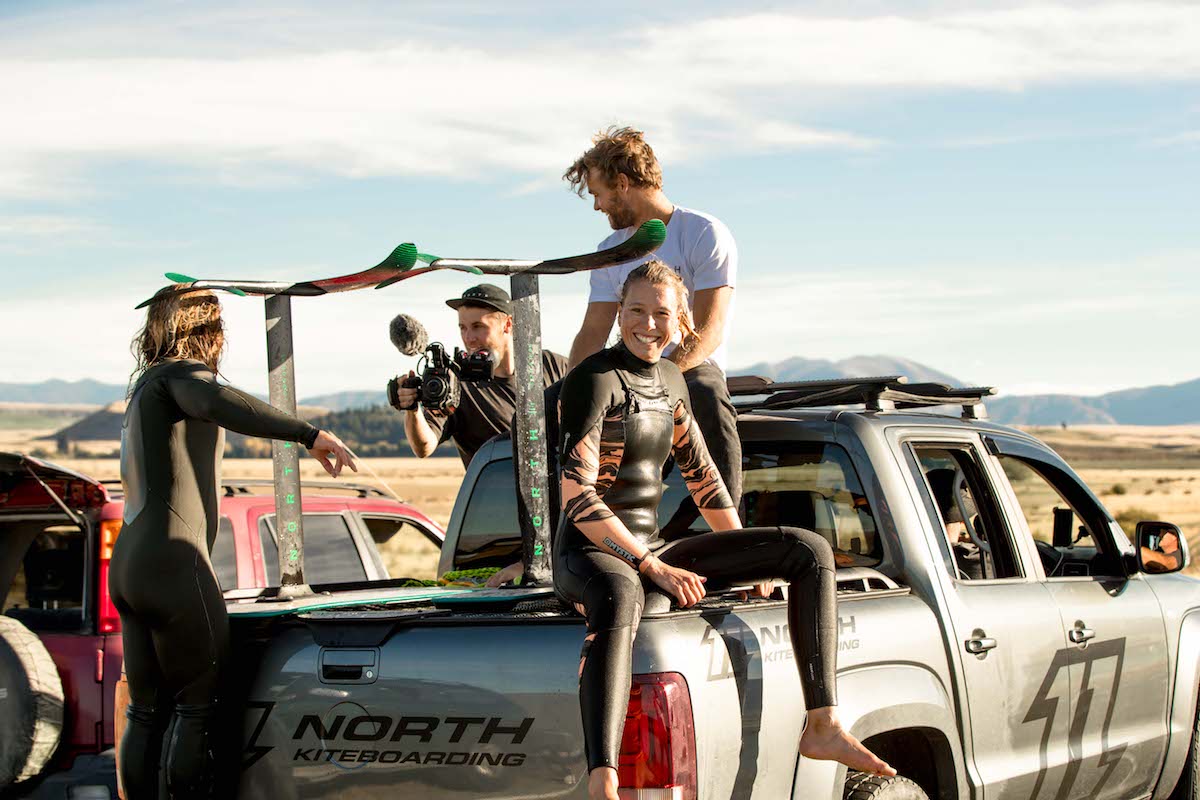
NORTH KITEBOARDING | SIGN UP TO WIN!
NORTH KITEBOARDING
Sign Up for our Newsletter Today and Receive a North Hat and Jacket!
At North, we’re for the seekers. The adventurers, the explorers, the freedom-junkies.
Those who are their true selves when they’re at one with the elements.
North Kiteboarding | Enter To Win!
First Name
*
Last Name
*
Email Address
*
Address
Address
Address
Address
City
City
State/Province
State/Province
Zip/Postal
Zip/Postal
Country
Afghanistan
Aland Islands
Albania
Algeria
American Samoa
Andorra
Angola
Anguilla
Antarctica
Antigua and Barbuda
Argentina
Armenia
Aruba
Australia
Austria
Azerbaijan
Bahamas
Bahrain
Bangladesh
Barbados
Belarus
Belgium
Belize
Benin
Bermuda
Bhutan
Bolivia
Bonaire, Sint Eustatius and Saba
Bosnia and Herzegovina
Botswana
Bouvet Island
Brazil
British Indian Ocean Territory
Brunei
Bulgaria
Burkina Faso
Burundi
Côte d'Ivoire
Cambodia
Cameroon
Canada
Cape Verde
Cayman Islands
Central African Republic
Chad
Chile
China
Christmas Island
Cocos (Keeling) Islands
Colombia
Comoros
Congo
Cook Islands
Costa Rica
Croatia
Cuba
Curacao
Cyprus
Czech Republic
Denmark
Djibouti
Dominica
Dominican Republic
East Timor
Ecuador
Egypt
El Salvador
Equatorial Guinea
Eritrea
Estonia
Ethiopia
Falkland Islands (Malvinas)
Faroe Islands
Fiji
Finland
France
French Guiana
French Polynesia
French Southern Territories
Gabon
Gambia
Georgia
Germany
Ghana
Gibraltar
Greece
Greenland
Grenada
Guadeloupe
Guam
Guatemala
Guernsey
Guinea
Guinea-Bissau
Guyana
Haiti
Heard Island and McDonald Islands
Holy See
Honduras
Hong Kong
Hungary
Iceland
India
Indonesia
Iran
Iraq
Ireland
Isle of Man
Israel
Italy
Jamaica
Japan
Jersey
Jordan
Kazakhstan
Kenya
Kiribati
Kosovo
Kuwait
Kyrgyzstan
Laos
Latvia
Lebanon
Lesotho
Liberia
Libya
Liechtenstein
Lithuania
Luxembourg
Macao
Macedonia
Madagascar
Malawi
Malaysia
Maldives
Mali
Malta
Marshall Islands
Martinique
Mauritania
Mauritius
Mayotte
Mexico
Micronesia
Moldova
Monaco
Mongolia
Montenegro
Montserrat
Morocco
Mozambique
Myanmar
Namibia
Nauru
Nepal
Netherlands
New Caledonia
New Zealand
Nicaragua
Niger
Nigeria
Niue
Norfolk Island
North Korea
Northern Mariana Islands
Norway
Oman
Pakistan
Palau
Palestine
Panama
Papua New Guinea
Paraguay
Peru
Philippines
Pitcairn
Poland
Portugal
Puerto Rico
Qatar
Reunion
Romania
Russia
Rwanda
Saint Barthelemy
Saint Helena, Ascension and Tristan da Cunha
Saint Kitts and Nevis
Saint Lucia
Saint Martin (French part)
Saint Pierre and Miquelon
Saint Vincent and the Grenadines
Samoa
San Marino
Sao Tome and Principe
Saudi Arabia
Senegal
Serbia
Seychelles
Sierra Leone
Singapore
Sint Maarten (Dutch part)
Slovakia
Slovenia
Solomon Islands
Somalia
South Africa
South Georgia and the South Sandwich Islands
South Korea
South Sudan
Spain
Sri Lanka
Sudan
Suriname
Svalbard and Jan Mayen
Swaziland
Sweden
Switzerland
Syria
Taiwan
Tajikistan
Tanzania
Thailand
Timor-Leste
Togo
Tokelau
Tonga
Trinidad and Tobago
Tunisia
Turkey
Turkmenistan
Turks and Caicos Islands
Tuvalu
Uganda
Ukraine
United Arab Emirates
United Kingdom
United States
United States Minor Outlying Islands
Uruguay
Uzbekistan
Vanuatu
Vatican City
Venezuela
Vietnam
Virgin Islands, British
Virgin Islands, U.S.
Wallis and Futuna
Western Sahara
Yemen
Zambia
Zimbabwe
Country
Submit
READ MORE
READ MORE

ANDY ROY WINS J/105 MASTERS
ANDY ROY WINS J/105 MASTERS
Local Sailors Come Out On Top
Right after crossing the finish line 1st to win the regatta
How did your team prepare for racing in San Diego?
We had intended to get some practice time in by getting out in a J/105 in Toronto Harbour, but it just didn’t work out due to busy schedules. The five dudes in front of me on the boat, Scott Collinson (Main Trimmer), Dave Jarvis (Tactician), Andrew van Nostrand (Jib Trimmer), Rob Emery (Spin Trimmer) and Fraser Howell (Bowman), all race on J/105s throughout the season, so that of course was a nice factor in our preparation. Scott and Dave also were involved with a lot of highly competitive IC37 racing in Newport, RI this past summer, which really upped their game.
My lack of recent J/105 or any kind of keelboat racing was a bit of concern from a preparation standpoint, as my racing is almost exclusively in Lasers. So not having even seen a J105 in a year meant our prep as a full team came down to emails, phone calls and one practice day at the event. Certainly not optimum, but we would just have to work with it. We went over the pros and cons from our 2018 regatta where we finished 2nd overall. I called up old friend, Dave Perry skipper of the winning team at last year’s regatta, to get his thoughts on what worked for his team. He kindly provided a few insights and reinforced some general strategic concepts we had picked up in last year’s regatta.
One of the great things about the International Masters Regatta is that SDYC works hard in advance to equalize the boats. The owners “loan” their boats to the club for the event, which are then emptied of all excess gear, the rigs are tuned to the same shroud tensions, the identical sets of sails are club owned and used solely for this and one other event, and brand new jibs were provided this year. Teams rotate through the boats following each race. Volunteers go through each boat at the end of the day and a diver cleans the hulls each morning. The result ends up being a true test of sailboat racing, with equipment differences effectively removed from the equation. There are a several boats among the 11 that seem a little faster typically finish well each race; however, since everyone gets the same shot at each boat –it’s completely fair.
What elements helped your team perform well together? What did each contribute?
I think the key strength of our team is that each member knows his position to the level where there’s full trust and confidence in each other at all times. We have a very quiet and calm boat. I can only recall about three moments over the series where there was a bit of, shall I say, “tension” on the boat (and any that did occur originated from the nut at the end of the tiller).
Scott has solid J/105 expertise in keeping the boat at its maximum speed and VMG towards the mark. For example, he will typically rip his hat off on downwind legs so that he can better sense slight apparent wind angle changes on the back of his neck. He’s all over me (in a positive way, of course) downwind to assist me in guiding the boat at the precise optimum angle. Combined with Rob’s spin trimming, these were definite advantages, as we felt we were the best performing crew off the wind. Scott is also a strong team motivator. For example, he would announce on the way to the course area our motivating/team-bonding “word of the day”. On the all-important final race day, his word of the day was “United”, and that was ideally timed. We sailed as a united team throughout, even when things weren’t working out quite to plan in the first couple of races of the day.
Dave is an excellent tactician, both strategically and tactically. He’s calm and calculated, nails layline calls and decision making in general to keep our air clear and position us nicely for the critical mark rounding approaches.
Andrew and Rob trim the jib and spin to perfection. Andrew stays on top of jib halyard tension and lead position as conditions change, and with Rob I can’t recall one moment when the chute luffed and needed an aggressive trim or ease. Rob and I have positive communication with each other downwind, where Rob is consistently communicating “good pressure” or “a little soft”, etc., which of course is essential for me to make very slight course alterations to maintain constant optimum VMG towards the leeward mark.
Similar to our sail trimming, Fraser’s work on the pointy end was flawless. I can’t recall a hoist, takedown or other maneuver where we had any kind of sail handling issue. Fraser, Andrew and Rob also are all sensitive to our correct heel angle, and rarely does Scott or I need to call for more or less weight on the rail. It just quietly happens.
Tell us about racing. What were conditions like?
The conditions were pretty much the same all three days of racing. I’d call it 8-12 knots, flat water, small oscillations here and there, and typical variations in puffs and lulls. Overall a fair racetrack, with a few opportunities to make up ground or lose it if not on the correct side of the course. Tidal current would play a factor when the RC set the windward mark more to the east of the Bay, which was closer to a deeper shipping channel. This added an interesting tactical consideration.
What was your favorite race?
Easy question: it was the 11th and last race, which came down to a “who-beats-who” battle between the local “Team Sinks” crew and us. Chuck Sinks, an experienced racer, had as is tactician the legendary Vince Brun, former Olympian and multi-class world champion (and former President of North Sails One Design). The crew was also loaded up with seasoned top sailors, so we knew going in they would be a challenge.
As is typically the case, getting a good start would be vital in the last race, as there wouldn’t be many passing lanes once off the line. With about 40 seconds before the start gun we were on starboard with sails luffing near the committee boat end. The Sinks boat tacked to starboard a few boats to leeward of us. Dave spotted a potential opening below Sinks where we could try to establish a leeward position on them. I looked down to leeward, saw the “hole” Dave had eye balled, and immediately decided, yes, there’s just enough space to slide in there. I pulled the tiller to weather, snuck behind their transom and starting heading up with just enough room above the next boat to leeward. We then began a slow luff to head-to-wind taking the Sinks boat up with us. We could almost sense a collective “UH OH” coming off their boat, as we quickly had them where we wanted them. With about 10 seconds to go we bore off for speed with a nice start leaving them struggling to get up to speed when the gun went. The bulk of the fleet headed to the right side of the upwind leg to get in the helpful upwind current towards the shipping channel and we were headed there as well, with Sinks directly to leeward of us. They tacked to starboard a little early for the layline we thought, but it gave us a perfect opportunity to tack right on their air. This pretty well put them away for good, and realistically we just had to sail a clean race from thereon. Fortunately, the current was stronger than I think anyone anticipated, and with a touch of luck involved, we were pushed upwind to where we ended up just making the mark without needing to tack. Beauty! We rounded with a couple lengths lead and held it nicely to the finish – a very satisfying final race! The press boat drove up and handed us a bottle of chilled champagne and our cooler bag, and the hour-long motor back to SDYC was rather enjoyable.
Did anything surprise you about the event, conditions or the racing itself?
No real surprises, per se, other than that most of the other 10 crews were very solid, with a few having some well-known sailors onboard including former Olympians. There was really only one or two boats not capable of putting in a top 5 race, so racing was tight. Also notable, although not surprising, was the flawless race management work.
What does it mean to you to win the Masters International?
What I’m particularly proud of is that, although we were happy last year with our 2nd overall finish, we knew we had what it takes to challenge for the overall title. We established the goal, maintained our confidence and executed our game plan. It’s nice to be the first Canadian crew to have won this event.
How does this win stand out from others?
As most of my racing in recent years has been in the singlehanded Laser, winning a competitive regatta like the IMR, in evenly matched/rotated boats, really stands out because it was a total TEAM WIN. This, in addition to the fact we came back a year later to “take care of some unfinished business”, made it a special victory.
What advice can you provide to other sailors?
The number one factor towards success is what I like to call putting in the “BTUs” for Boat Time Units. Now, as admitted earlier, we didn’t have time to put in the BTUs for the regatta, but we performed well because the other five guys had been sailing as much as they can, while the Laser helming time I’ve had translated nicely to steering the J/105 and being able to squeeze into tight spaces. So my advice is to get as many BTUs in with your crew as you can throughout the season. Don’t solely get together for racing, but rather get out for some solid practice time, where you’ve mapped out what you want to work on in advance, work on weaknesses, practice starts and mark roundings, and follow it all up with positive debriefs and note taking. And, of course, always make it fun!
READ MORE
READ MORE
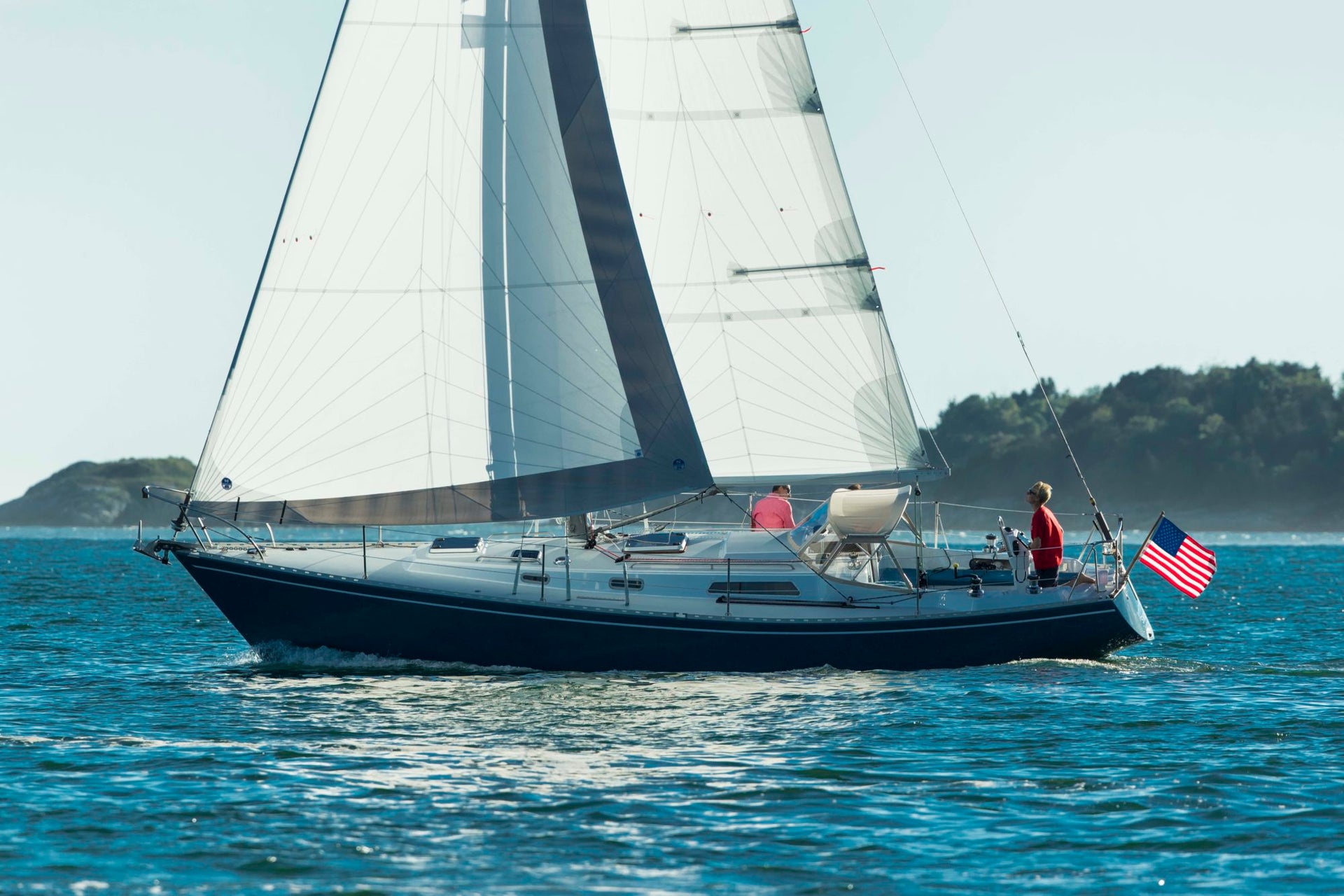
THE IN'S AND OUT'S OF RADIAN FURLING HEADSAILS
THE IN'S AND OUT'S OF RADIAN FURLING HEADSAILS
North Sails Expert Spencer Colpaert Shares All
Many cruisers love the ease of their roller furling headsails. Here is all you need to know about North's Radian furling headsail. When looking at Dacron sails you have two panel layouts of choice, the more traditional Cross Cut sail and the more advanced Radial construction. The most standard and economical option you will see on the water is the Cross Cut layout, meaning that the panels are oriented horizontally from luff to the leech. This is a very basic layout for sails which began in the mid 1800’s and is still being used today when building sails. While this layout is a perfectly good sail for most applications, when looking for a roller furling headsail you want to make sure that your sail has great shape holding properties for a prefect roll every time. North Sails NorDac Radian cloth stands alone as the premier cloth in the world for minimum stretch resistance. Our Radial panel layouts help to evenly disperse the load throughout the sail to help keep a better flying shape in your sail for a longer period of time, over a Cross Cut sail. This is especially so when looking at the impact a sail sees when being furled in and out numerous times over the years. There is a slight increase in price when moving to a Radial sail construction, however that will save you more in the long run when looking at the ease of use. When looking into great options to help extend the life of your sail, and make it easier to use, we always suggest some sort of UV protection for your sail. This is especially so if you are planning to leave the sail furled on the headstay for any period of time. Two great options are either the UV leech and foot cover or a Genoa sock. The leech and foot cover are a sacrificial UV preventative material that is sewn along the leech and foot of your sail so that when your sail is furled up there is no actual sail cloth being exposed to the sun. Over the life of your sail cover it is omen for the threads holding the cover down to deteriorate quicker than the cover itself will. This can be fixed by a simple re-stitching of the cover to make sure that the cover does not begin to pull away from the sail. A second option for UV protection is a genoa sock. This sock is a long piece of material that is attached to a halyard and zipped up along your sail while furled on the headstay. Here at North Sails our Genoa socks also include a line wrapping thought the sock to tighten up the excess material around the headstay preventing it from excessively flapping in the wind.
READ MORE
READ MORE
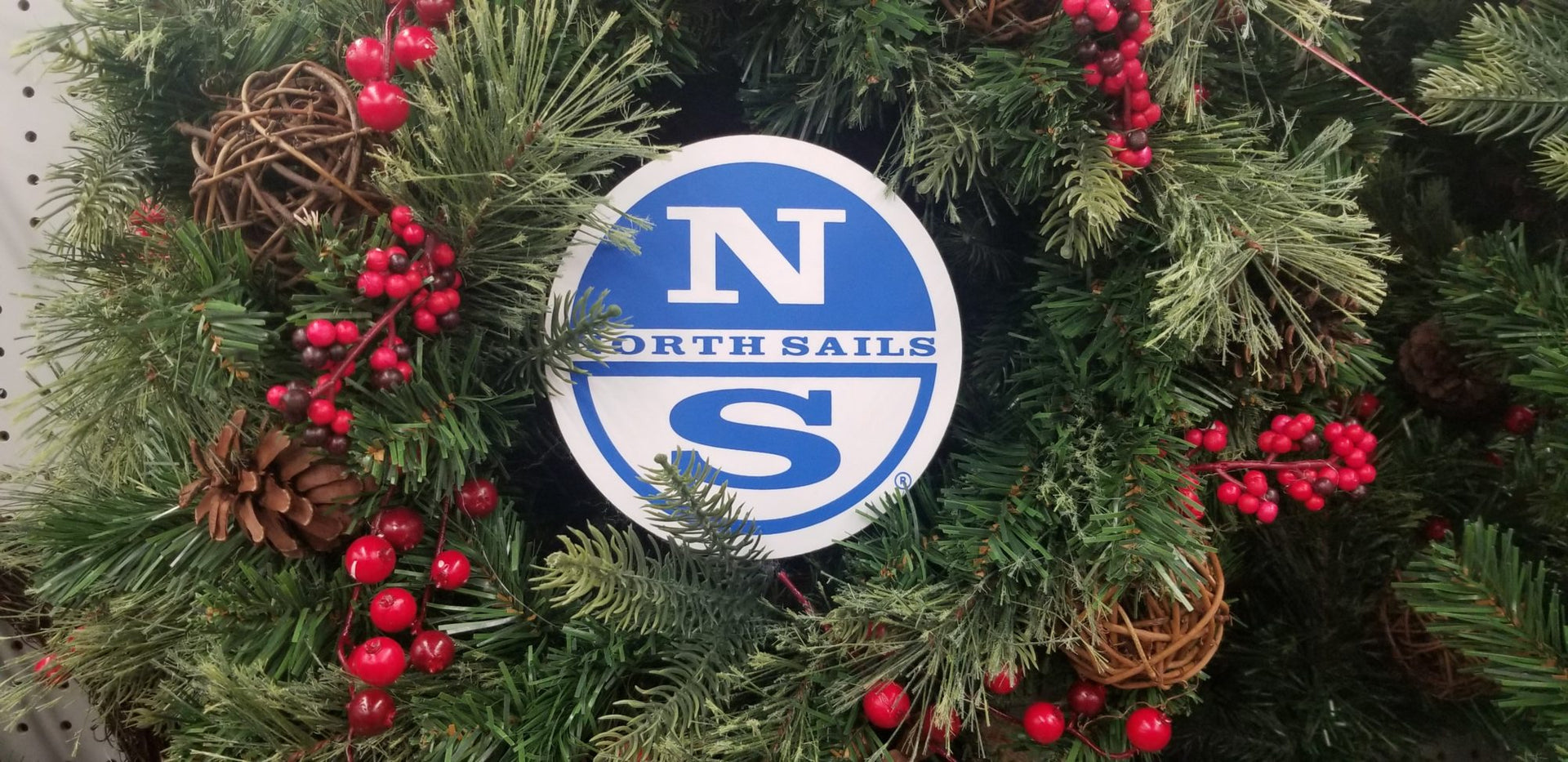
NORTH SAILS FOR CHRISTMAS
NORTH SAILS FOR CHRISTMAS
A Surprise Like No Other
When John and Ellie came into the loft in early November they divulged that they were looking for North Sails and North Sails swag for their son for Christmas. As we were talking I thought that this is a great story about parents doing something special for Christmas for their son, an avid sailing enthusiast who makes a living as an architect. I was able to ask them a few questions about what they are doing and what gave them the idea of getting new North Sails for their son. This is part one of the story. The second half will continue after Tom receives his new sails. *Last names have been omitted in order to keep the secret safe until Christmas.*
You and your wife are getting your son a set of North Sails for his boat for Christmas, what gave you the idea to do this?
Well the idea came up because the kids come up every summer, they live in a cottage in North Carolina where his boat, a Harpoon 4.6 is kept. The only time he gets to use the boat is during the summer when he visits. At one point he was wanting to sell the boat and I said no we’re not going to sell the boat, we’ll keep it right here in our pole barn and it’s going to be there when you want it. Which I think that was the answer he had wanted to hear. Anyhow, he was visiting us last year and the sails looked a little aged when he was out on the lake. I said to my wife, you know, we ought to have new sails made. We talked to him about it and initially asked would you go for some pretty colored ones that stand out on the lake? He says; "no, no. They've got be white." North Sails are white so they’ve got to be white. He’s a purist when it comes to his sails. Taking that into consideration and knowing that he’s a purist when it comes to sails; we said, you know, "it’d be kind of neat if we could surprise him and just put new sails on the boat for him."
What made you chose North Sails?
Back in the 90’s we had a place, in Florida on the gulf and a marina had a store that carried North Sails. He went crazy! I didn’t know about North Sails up until that point. He’s the one that kind of set it in motion, and that was after he had already had the boat.
Is sailing something you have done as a family? How did your son get into sailing?
How he got into sailing was because my sister, her husband, and their children lived on Lake Muskegon and they had a sailboat. So as their children, their oldest son got into sailing. They invited Tom up for a weekend and that was all it took. They got caught in a gale that came across Muskegon Lake that was pretty dangerous. We were on the way up to the cottage and had to stop under a viaduct because the wind was so bad. Being out in that and the adventure Tom had with his cousins really cemented it in. That’s how he got interested in it and it seemed so comfortable for him that it just engrained in his blood. Who knows how people get enthusiastic about one particular thing but they do. He still has a huge passion for it. He’ll watch the sailing races any time he can.
Is he more of a cruiser over a racer?
Cruising is more of what he does. He also has a 16-foot Whaler. In fact, his son Noah last year, he was 11, it was a little rough so he didn’t go. He’s trying to get Noah into it. It’s going to take a little time. His son is on the spectrum as he has autism, so he didn’t want to push it. But I think once he gets a nice calm day out there, he’ll be hooked. That’s how Tom got hooked. He already knows all the verbiage and the angles of sailing.
Do you have any other stories about your son’s interest in boats and boating?
I think he has read every book ever written on the Edmund Fitzgerald. He is enamored with that story. When he was about 12 years old he asked me for a 3ft piece of a 2x4 and I asked said "for what?" He said he was working on a project so he carved up this piece of wood into a hull. He made a replica, I mean to scale, of the Edmund Fitzgerald. He was 12 or 13. We still have it. He’s got a power boat now too, on the lake at the cottage that he uses on the weekends for the kids, but he says real boating is sailing. His love is sailing.
I this gift coming as a surprise?
At first we were going to tell him. Then we thought, let’s keep it a secret and we’ll give it to him at Christmas. So we’re not going to say anything at Christmas, unless we have our hands on them. If we don’t, we’d rather just bring them down once they are made and surprise him. He’ll be excited about next summer to get back into the Harpoon; he’ll really get motivated.
READ MORE
READ MORE
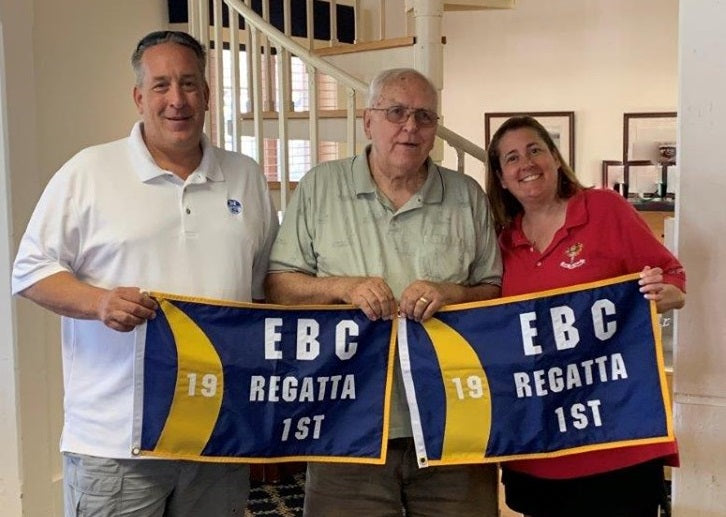
GOODBYE AFTER 105 YEARS
FOREVER GRATEFUL FOR GOOD MEMORIES
Edison Boat Club Closes Their Doors After 105 Years
On September 29th 2019, Edison Boat Club closed their doors one final time. Founded in 1914, EBC has been a mainstay in the Detroit Area Sailing Community. Earlier this Spring, DTE which owns the property where the Club sat, informed the membership that they had sold the property. The local team at North Sails in Detroit are saddened, and wish the members of Edison Boat Club the best.
A positive side of this announcement is that it gave the membership a Summer to celebrate their history and when it came time for their Annual Regatta, the DRYA membership showed up in mass to help say goodbye. This was one of the best attended DRYA regatta parties in many years. It was great to see the support from the local community.
Edison Boat Club is the club where I grew up sailing. My father Fred Kuspa was Commodore there in 1981 and has been a member now for over 55 years. On Saturday August 18th they held their Annual Flying Scot Regatta. I was fortunate enough to convince my friend Kerry Pebbles to drag his boat down there so we could sail the regatta, one last time. Kerry took the helm for the first race and despite a mix up on our end with the starting sequence (the crew's fault), we were able to claw back from way behind to pull off a second place finish. In the second race Kerry handed the helm over to me and we sailed a pretty clean race. Note, the new crew did a better job with the starting sequence, hence we won the race. The highlight of the day for me is when Kerry gave the boat over to my sister and I so that my sister could skipper the woman’s race. My sister no longer lives in the state and has not sailed a Flying Scot since 1989. She hopped on the boat and you would have thought she had been sailing regularly ever since, taking home the victory with ease. From the smiles on our faces, this is one more memory to add to our lifetime of memories provided by Edison Boat Club.
READ MORE
READ MORE
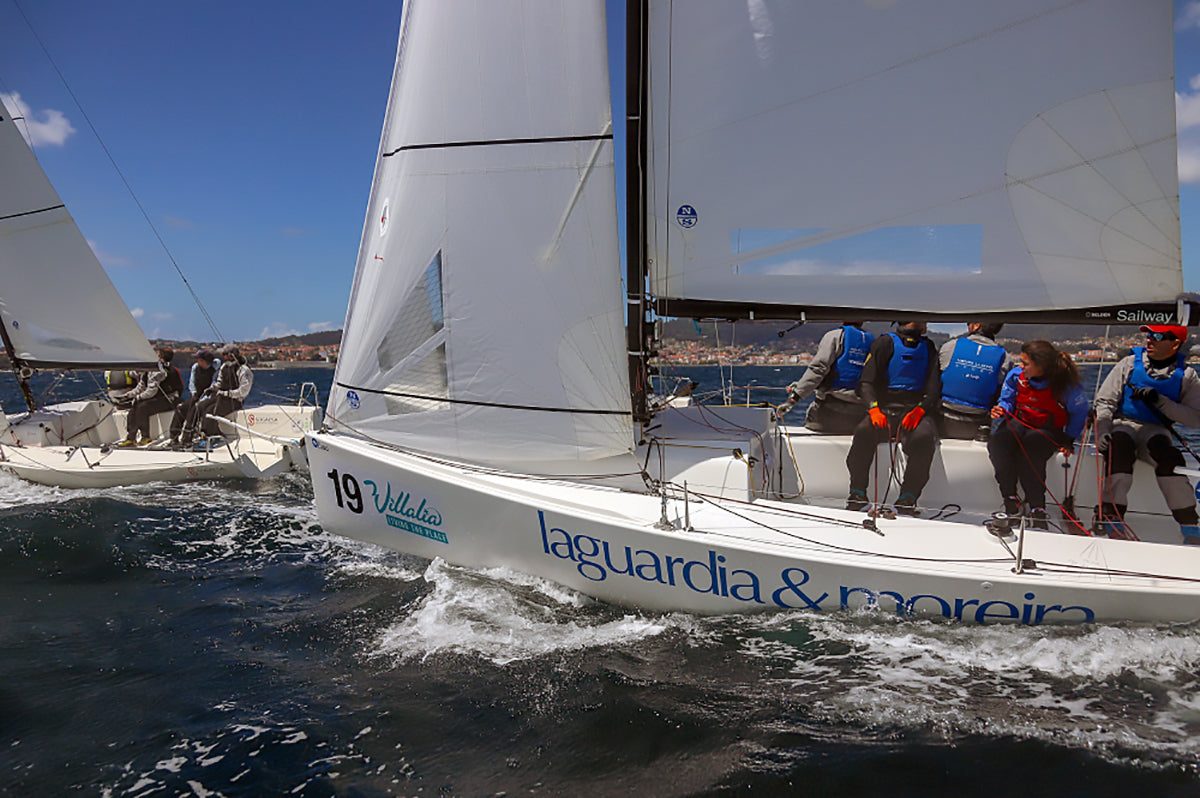
VICTORIAS EN FORMATO ONE DESIGN
VICTORIAS EN FORMATO ONE DESIGN
Nuestros clientes de clases one design continúan cosechando grandes resultados.
📸 Pedro Seoane
Es el caso de Jacobo García y Antonio Ripolle, ganadores de la Copa del España de 420 celebrada en el Club Náutico de Altea (31 de octubre a 3 de noviembre). En categoría Optimist, North Sails propulsó el barco de Alejandra Lencina para ganar la XX Semana del Atlántico – Meeting Internacional de Optimist Ciudad de Vigo (31 de octubre a 3 de noviembre) en categoría femenina y conseguir la tercera plaza absoluta por detrás del portugués Augusto Castelo-Branco, también con velas North Sails. Igualmente en Vigo, el Laguardia & Moreira patroneado por Gonzalo Araujo se impuso en la primera cita de las J70 Villalia Series (9-10 de noviembre).
READ MORE
READ MORE
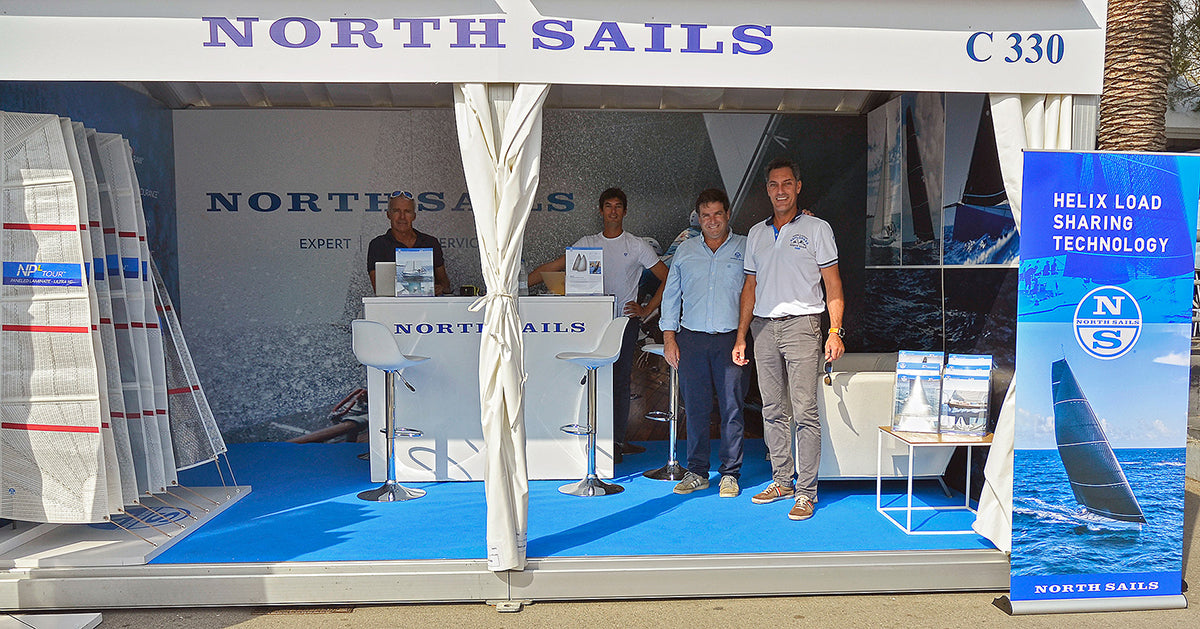
ÉXITOS DE SALÓN
ÉXITOS DE SALÓN
North Sails España ha participado con éxito en el Salón Náutico Internacional de Barcelona (9-13 de octubre) y en el Valencia Boat Show (30 de octubre a 3 de noviembre).
Dos excelentes oportunidades en las que nuestros expertos pudieron mostrar a los visitantes todo el catálogo de velas North Sails, destacando como novedad más importante la gama HELIX, velas de proa sin cabo antitorsión para barcos de prácticamente todas las esloras. Los stands North Sails de ambos salones disfrutaron de una gran afluencia de público.
READ MORE
READ MORE